Approximately 64% of American adults follow through with annual or biannual checkups. You have the opportunity to help your patients when they visit your office — but how do you encourage them to continue proper oral care at home?
Practicing oral hygiene is important. It prevents oral conditions and diseases like cavities and gingivitis, and it acts as a mirror into our overall health. Make it a goal to educate your patients on the importance of oral health, and provide them with the right tools and information so they can practice oral hygiene and prevent new or worsening conditions.

October Is National Dental Hygiene Month
Throughout October, the American Dental Hygienists Association (ADHA) partners with Colgate® Oral Pharmaceuticals, Inc. to host an educational celebration of all things dental hygiene. The ADHA is nationally recognized as the leading organization for dental hygienists. Every year, they use National Dental Hygiene Month (NDHM) to educate the public — namely children, but also older adults — on ways to practice oral hygiene.
Additionally, the ADHA supports dental professionals by:
- Promoting their education and licensure
- Hosting educational courses
- Gifting scholarships and grants
- Performing research to aid practices
- Representing practices at local, state and federal levels
- Providing access to ground-breaking news and industry research
Historically, the ADHA promoted NDHM through sponsorship presentations, special events, webinars, free clinics and service grants. This year, the ADHA and Colgate® are turning to social media to spread their message. The social media public event encourages dental professionals to share a photo of themselves that captures how they take on the day. People who share a photo are automatically entered to win a thank-you prize, including prize options like:
- ADHA’s membership dues paid for one year
- ADHA 2021 Annual Conference registration
- Admission to ADHA’s virtual Dental Hygiene Leadership Summit
Take advantage of this national event by reaching out to your patients about the importance of proper oral hygiene.
The Importance of Good Oral Hygiene
As a dental professional, you already know the importance of good oral hygiene, but do your patients? During checkups or with office communication materials, emphasize oral hygiene to your patients, define it clearly and explain how it’s linked to our overall health. Consider the following questions your patients may have, and the best ways you can answer them:
What Is Oral Hygiene?
The human mouth is full of billions of bacteria. The oral microbiome is home to healthy bacteria that fight any of the bad, disease-producing bacteria that co-exist in the mouth. An example of unhealthy bacteria is plaque. As we eat and drink, saliva combines with whatever we’re consuming to form plaque, a sticky film that builds up on teeth — especially in between the teeth and in the crevices of molars, which can be hard to reach and remove.
With the proper daily care, we can aid healthy bacteria and eliminate or reduce the bad bacteria by flossing, brushing and going to routine dental cleanings and checkups. This maintenance process is what is known as oral hygiene.

How Is Oral Hygiene Connected to Our Overall Health?
Poor oral hygiene causes easily avoidable dental problems. Most patients know that if they don’t brush their teeth, they’re at a higher risk for cavities, but ignoring dental hygiene may also cause:
- Bad breath
- Tooth decay
- Gum disease
- Oral cancer
- Mouth sores
- Tooth erosion
- Tooth sensitivity
- Costly dental emergencies
The mouth is the doorway into your body. What you consume affects your digestive and respiratory tracks, including any harmful bacteria that enter while eating, drinking or swallowing. Even drinking a glass of water brings millions of bacteria into your body. Poor oral health increases the chances of harmful diseases and conditions, such as:
- Heart disease
- Pregnancy complications
- Pneumonia
- Stroke
- Oral cancer
- Kidney disease
Poor oral health may also reflect existing diseases and conditions, like:
- Diabetes
- HIV/AIDS
- Osteoporosis
- Alzheimer’s disease
Luckily, most people have access to modern-day oral health education and solutions to prevent the development of these diseases and conditions.

7 Oral Health Care Tips for Patients
After educating your patients on the importance of proper oral hygiene, follow up with ways they can practice oral care daily. The Centers for Disease Control and Prevention (CDC) recommend adults practice the following tips for healthy teeth and gums:
1. Brush Your Teeth Twice Daily
At a minimum, you should brush your teeth twice daily, once in the morning and once in the evening. When brushing your teeth, you should:
- Apply fluoride toothpaste to a soft-bristled brush.
- Hold your toothbrush at an angle to complement the shape and angle of your teeth.
- Brush your teeth in circular back-and-forth movements.
- Continue brushing for two minutes, making sure to clean hard-to-reach areas and your tongue.
- Rinse with mouthwash.
You may choose to brush your teeth in between meals, but avoid brushing your teeth directly afterward — especially after an acidic meal or snack. Your saliva does a decent job at naturally flushing particles and bacteria from your teeth and mouth, so it’s not always necessary to brush after each meal.
2. Replace Your Toothbrush Every Three Months
As you brush your teeth, your toothbrush’s bristles become less effective and hold on to some of the bacteria from your mouth. Dental professionals recommend replacing your toothbrush every three to four months.
3. Floss Daily
Toothbrushes can’t always reach the tricky spaces in between your teeth, but floss can. Plaque gets trapped in between these spaces and deteriorates your teeth’s protective enamel. Additionally, plaque can travel under your gum line, resulting in inflammation and bleeding.
When patients floss, they should:
- Use approximately 18 inches of dental floss.
- Wrap a majority of the dental floss around the middle finger on one hand, then wrap the remainder around the middle finger on the opposite hand.
- Grip the floss between the thumb and index fingers.
- Gently floss the teeth, curving the dental floss carefully around the gum line in a C-shape.
- Continue flossing around the teeth until finished.
Patients may also opt for other flossing methods, like using a dental pick or water flosser. Instruct patients to avoid putting toothpicks or other sharp objects near their gum line as it may pierce their gum and let in harmful bacteria.
4. Eat a Healthy Diet
Certain foods and drinks are known to negatively impact tooth structure. Some foods, like sour candies, break down tooth enamel and make teeth more susceptible to damage. Other foods and drinks, such as coffee, cause discoloration. Advise patients to limit harmful foods and drinks, such as:
- Sour candies, especially gummies
- Bread
- Potato chips
- Carbonated drinks
- Dried fruits
- Coffee
- Juice
- Ice
- Citrus
You can also encourage patients to add tooth-strengthening foods and drinks to their diet, like vegetables, dairy products, green teas and sugarless chewing gum.
5. Limit Alcohol Consumption
Most doctors recommend avoiding alcohol consumption because of its link to an array of medical problems, and dental professionals recommend curbing excessive drinking, too. Concerning dental health, alcohol consumption may cause:
- Oral cancer
- Tooth decay
- Tooth erosion
- Accidental dental trauma
Alcohol causes a dehydrating effect, reducing the amount of bacteria-washing saliva in the mouth. Alcohol also lowers the body’s ability to fight off harmful bacteria, resulting in an increased risk of infection or disease in the mouth and other areas of the body.
6. Avoid Tobacco Use
Tobacco use has dental risks, too. Tobacco’s tiny, abrasive particles damage teeth with every use, whether through cigarettes, tobacco pipes, water pipes, compressed dissolvable tobacco, cigars or e-cigarettes. Smoking also:
- Limits dental treatment options
- Reduces blood flow
- Causes inflammation
- Increases bacteria count
- Lowers the body’s ability to fight infection
Over many decades, studies have shown that people who consume alcohol are likely to use tobacco as well, which heightens a person’s risk of dental diseases, infections and other conditions.
7. Schedule Regular Dentist Appointments
Communicate to your patients how important scheduling regular dentist appointments is. Highlight that, during a dental appointment, a dental professional will:
- Check the teeth for any trouble areas.
- Remove plaque buildup.
- Address any tooth concerns, like cavities.
- Strengthen any weak spots.
- Apply protective aids.
- Polish their teeth.
It’s much easier to prevent than treat dental diseases and conditions. Encourage patients to schedule appointments biannually or as needed if any symptoms develop.
When Patients Should See the Dentist
Educate your patients on warning signs they need to see a dentist, even if they aren’t due for their biannual visit. Some of these warning signs include:
1. Swollen Gums
Swollen gums can be an indicator of periodontal, or gum, diseases, such as:
- Gingivitis: The key characteristic of early gum diseases is inflamed gums, which may bleed while brushing or flossing. Gingivitis is an early stage of periodontal diseases, which will worsen without the proper treatment.
- Periodontitis: At this stage, the harmful bacteria is taking control of a patient’s gum tissue, damaging it to the point that the gums become painful and lose their integrity.
Periodontal diseases are unfortunately quite common, with just under half of the United State’s adult population — over 64 million people — having some form of gum disease. Most have a moderate form, meaning that, without treatment, they’re at a higher risk of permanent damage like tooth loss.
2. Loose Permanent Teeth
A number of factors may cause a person’s tooth to loosen, including:
- Periodontal disease
- Cavities
- Dental trauma
- Old age
Of these factors, periodontal disease inflammation is the largest contributor to tooth loss. About 70% of U.S. adults 65 years and older experienced tooth loss because of gum disease. Once gums become swollen and painful, patients should see their dentist right away to avoid the risk of permanent tooth loss.
3. Painful Chewing
Painful chewing can indicate a variety of conditions and present different treatment options. The most common sources of painful chewing include:
- Cold or heat sensitivity
- A tooth abscess
- Cavities or tooth decay
- Periodontal disease
- A cracked filling or tooth
- Teeth grinding
- Jaw conditions
For the patient, treatment options can be as simple as changing the brand of toothpaste they use, or as complex as surgery. Patients should see their dentist if they’re experiencing persistent chewing pains to prevent worsening symptoms and the need for more invasive treatments.
4. Persistent Bad Breath
Some patients may experience chronic bad breath, even after brushing, flossing and rinsing with mouthwash. Common causes of persistent bad breath include:
- Not brushing thoroughly
- Plaque buildup
- Periodontal disease
- Cavities
- Dry mouth
- Other bodily diseases, like pneumonia or sinus infections
Persistent bad breath can be embarrassing for patients. Encourage them to contact their dentist for a diagnosis of the cause of their bad breath and recommendations on how to treat it.
5. Dry Mouth
Sometimes certain medications and issues affect saliva production. This can result in a condition called dry mouth, also known as xerostomia. Other causes of dry mouth include:
- Presence of bodily diseases and infections, such as HIV, diabetes, anemia and Parkinson’s disease
- Alcohol consumption
- Tobacco use
- Drug use
- Nerve damage
- Dehydration
The mouth uses saliva to wash away bacteria and other particles. Without saliva, more bacteria exist in the mouth, resulting in an increased risk of disease. Patients should talk to their dentist about their symptoms, and their dentist can either treat the cause or give other recommendations on ways to promote saliva production.
How to Keep Your Patients Educated on Maintaining Good Oral Hygiene
As a dentist or hygienist, you may receive a familiar look when you provide oral health care prevention education or communicate oral hygiene instructions. You may be met with an expression that says, “I don’t understand what you’ve said, but I won’t ask for clarification at the risk of sounding ignorant.” Combat this problem and widen your message by keeping your patients educated through dental hygiene information:
Get Creative
You can provide oral care education with more than a conversation. Get creative with the resources and materials you use to express dental education to your patients. Your patients are more likely to understand and engage with the information you’re trying to share if it’s visual and easy to understand. Consider the following dental health education materials your team can strategize, create and share with your patients:
- Brochures
- Videos
- Infographics
- Posters
- Emails
Share this media in your practice’s office and on your website. You can integrate different types of media, too. For example, if you create an educational video, you can share it on your website, digital publications and emails so more of your patients have access to that resource.
Use Comparisons
Patients, especially younger ones, may have an easier time understanding the importance of an oral hygiene routine if you compare it to something they already understand. For example, you can compare brushing teeth to cleaning shower tiles, and flossing to cleaning the grout in between the tiles. Without routine cleaning, the shower tiles and grout will grow dirtier with each use, so it’s important to give them a thorough cleaning to remove the “bacteria” or particles.

Provide Quality Care With ProDentUSA’s Quality Tools
Educating your patients on the importance of oral hygiene and how to maintain a healthy routine can positively impact their oral health. When patients need a dental professional, you’re there to deliver quality care and help them maintain healthy oral practices.
ProDentUSA is dedicated to helping you deliver quality dental care using quality dental tools. We began in 1943 with a pair of orthodontic pliers, and today we offer years of experience and eight categories of tools — including tools for diagnostic, periodontal and restorative uses — for a long list of dental and orthodontic practices.
Browse our website and fill out our form, and one of our dental tool experts will contact you with the best recommendations to elevate your practice. Call us at 1-888-724-5820 to talk to us directly today.

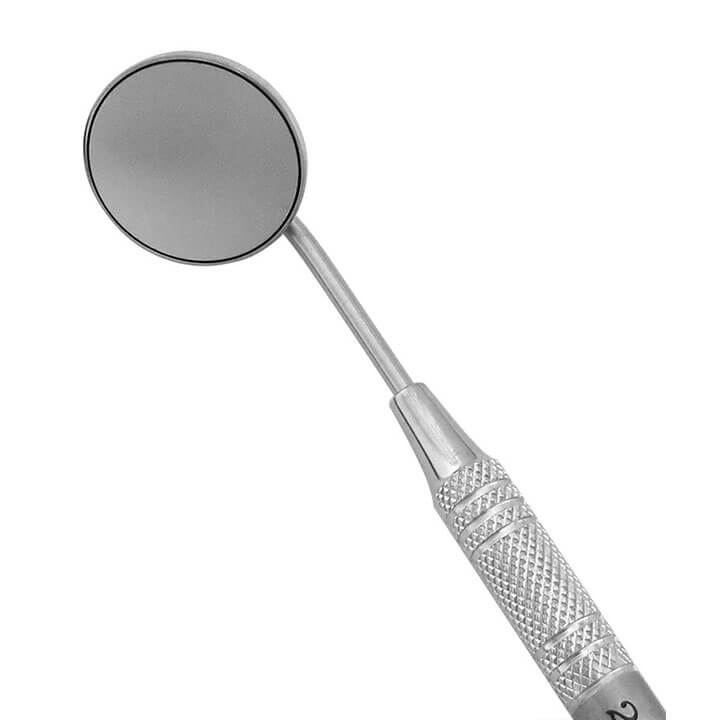
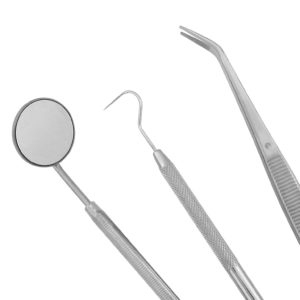
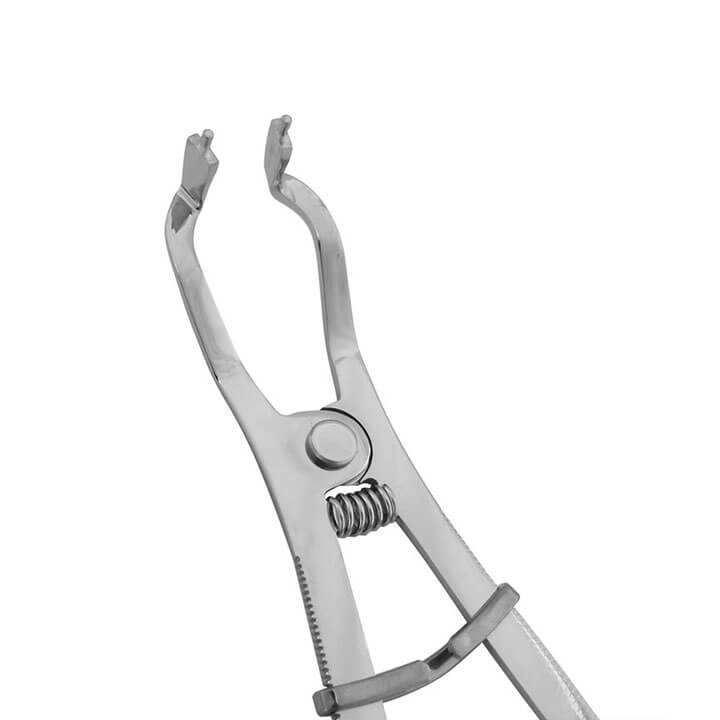
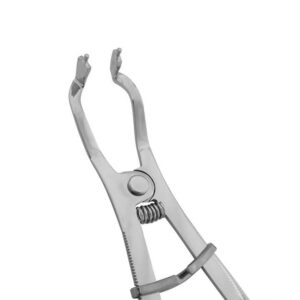
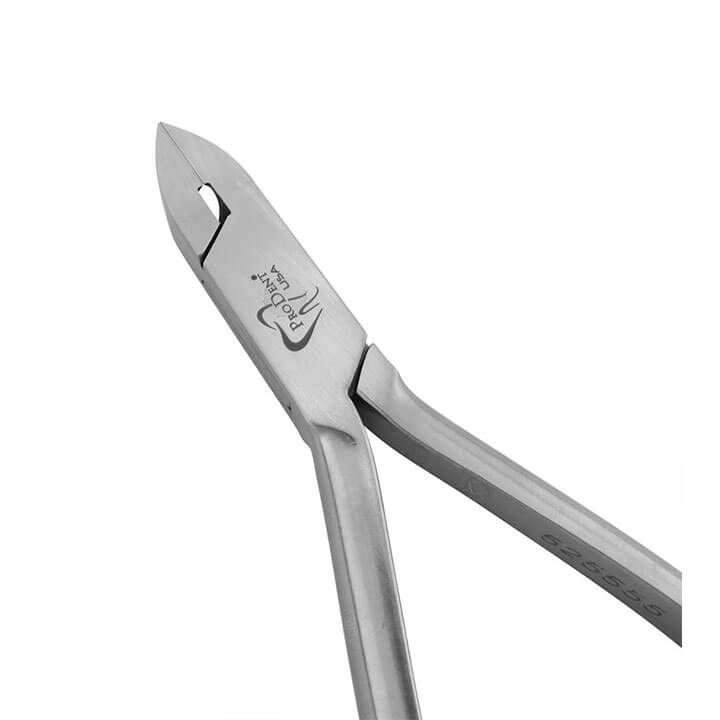
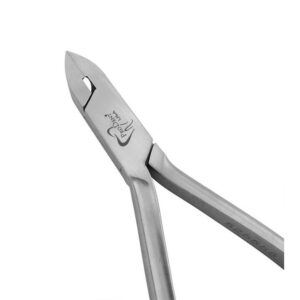
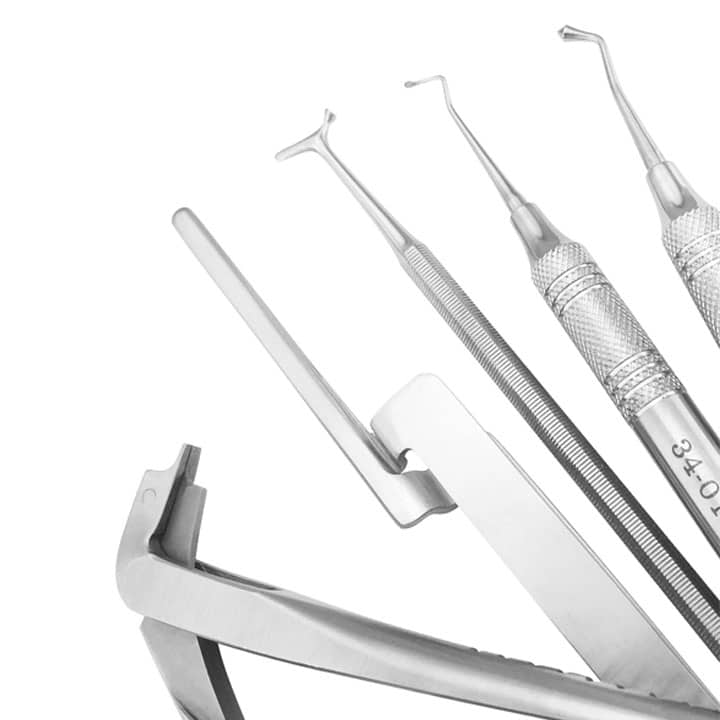
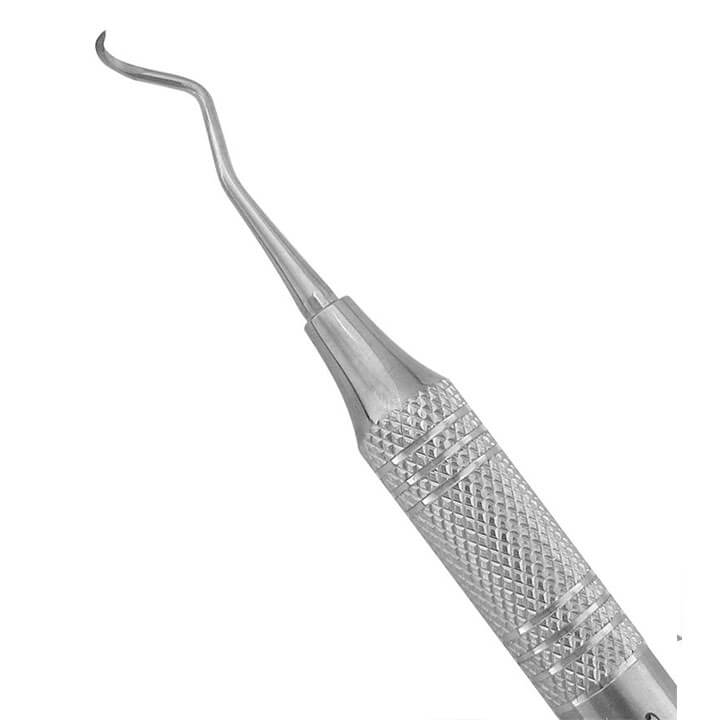
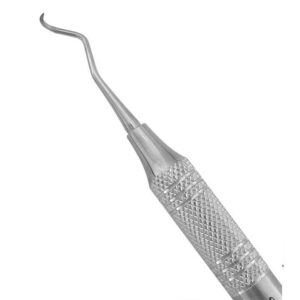
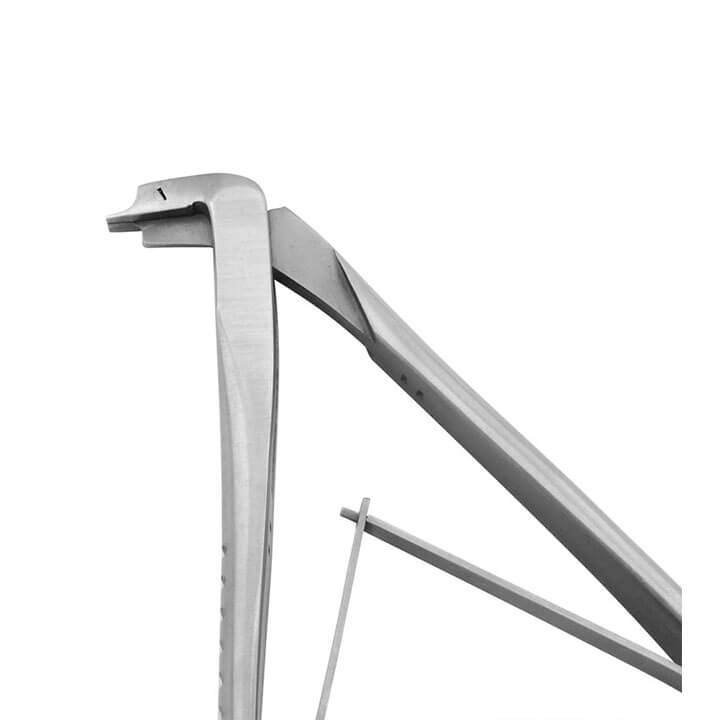

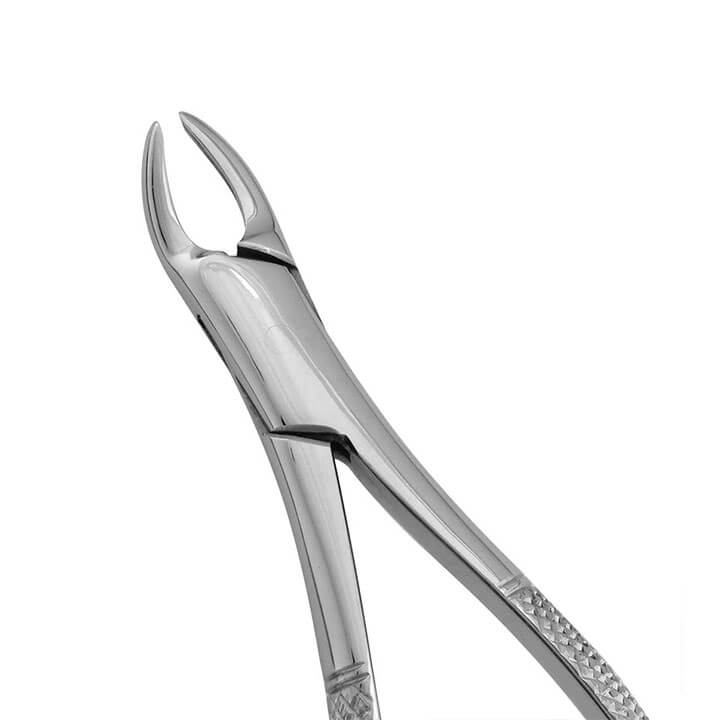
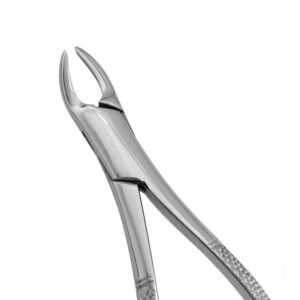

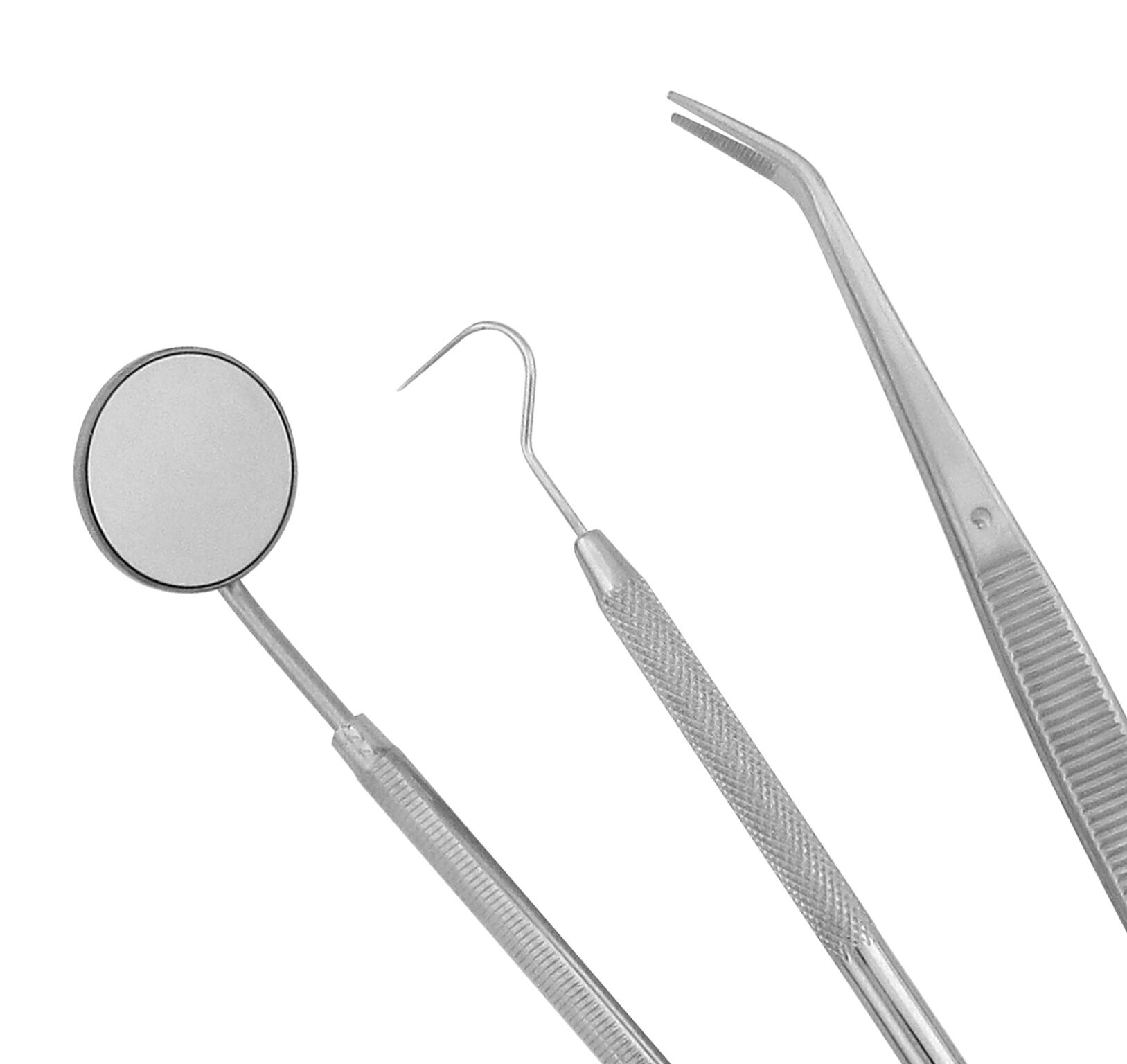 Diagnostic Sets & Accessories
Diagnostic Sets & Accessories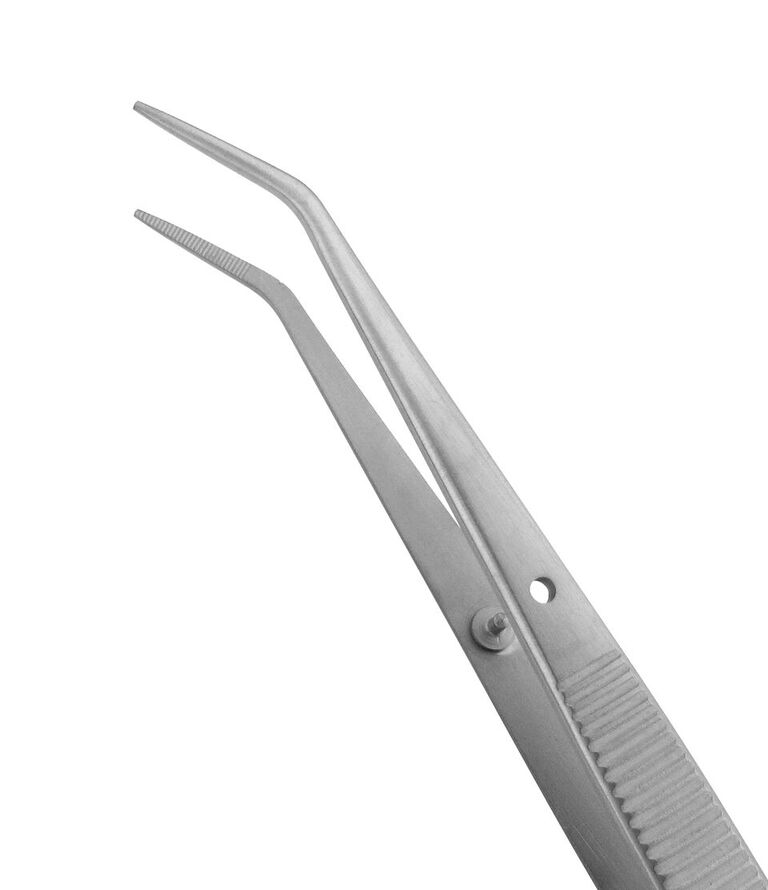 Dressing Pliers
Dressing Pliers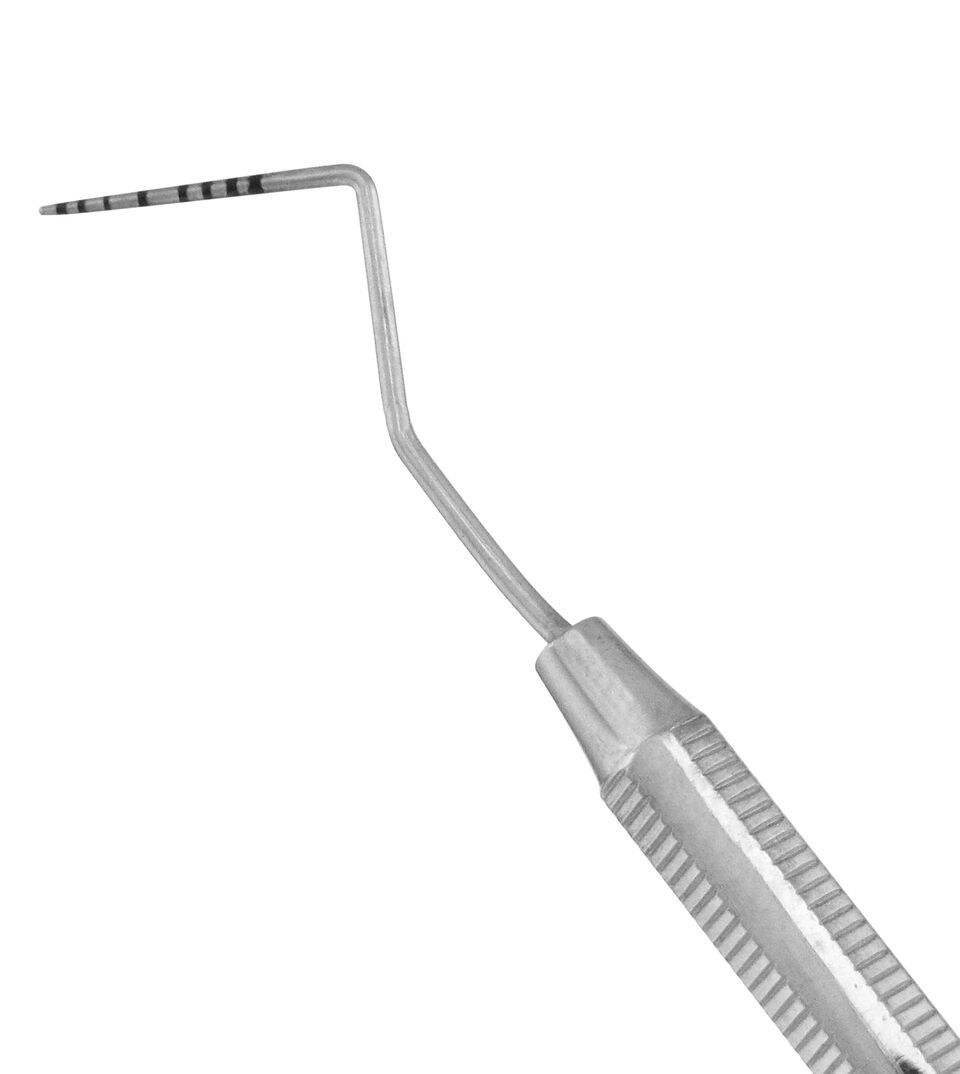 Explorer/Probes
Explorer/Probes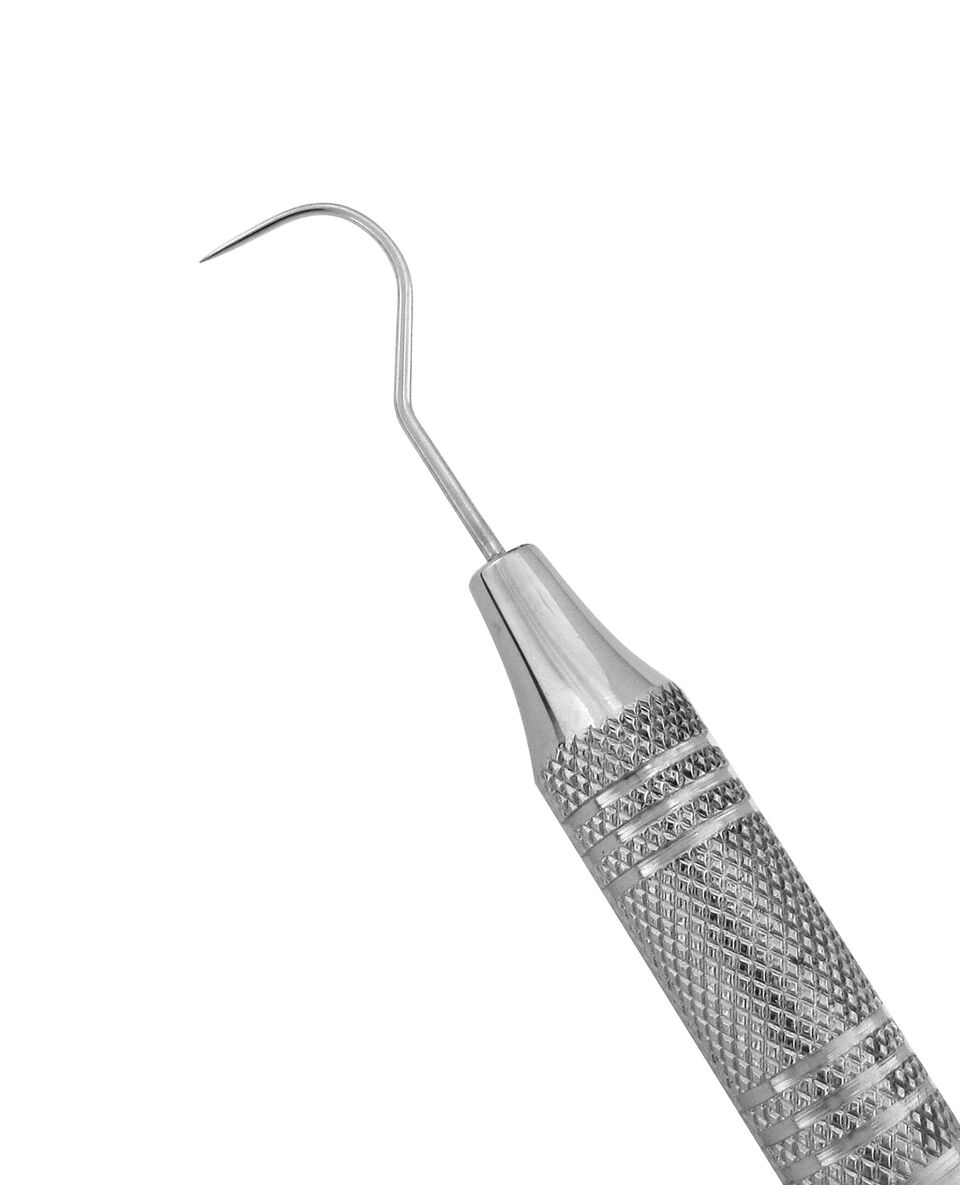 Explorers
Explorers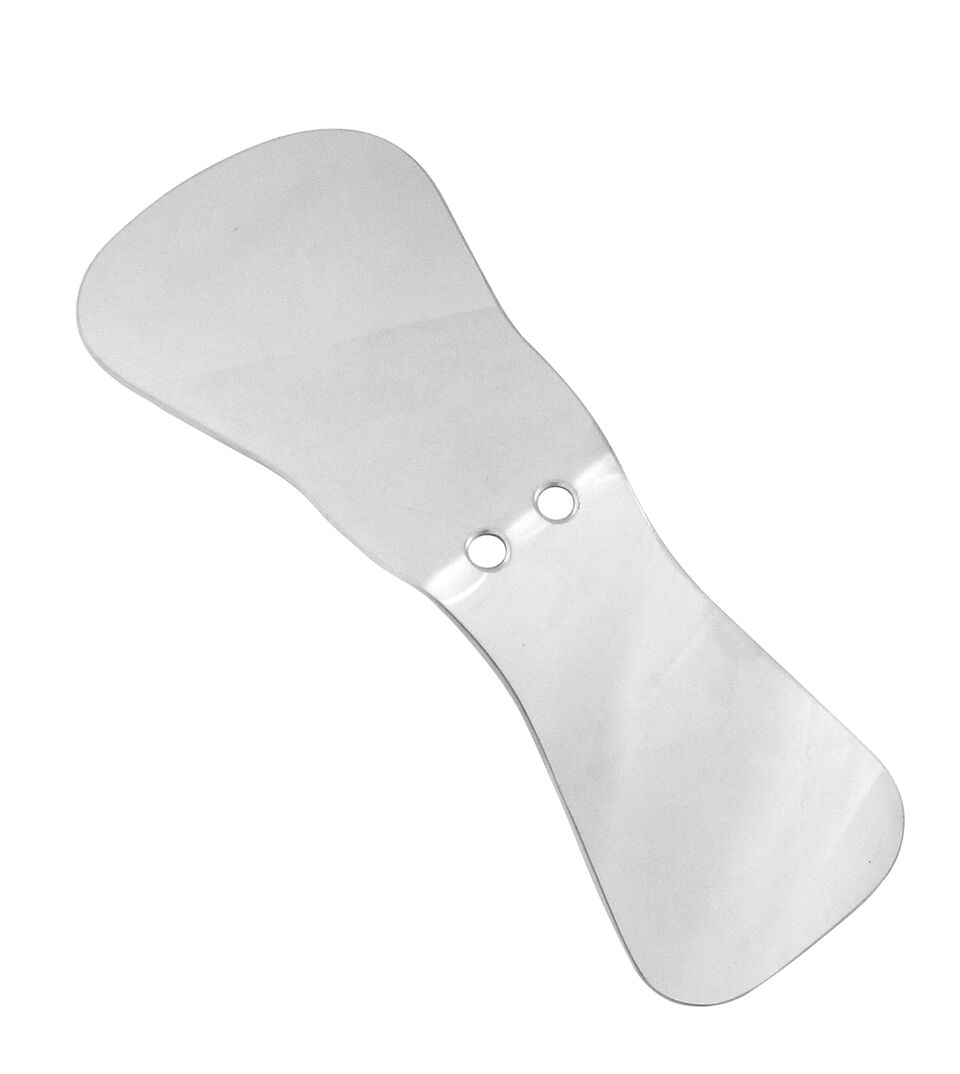 Intraoral Photography Mirrors
Intraoral Photography Mirrors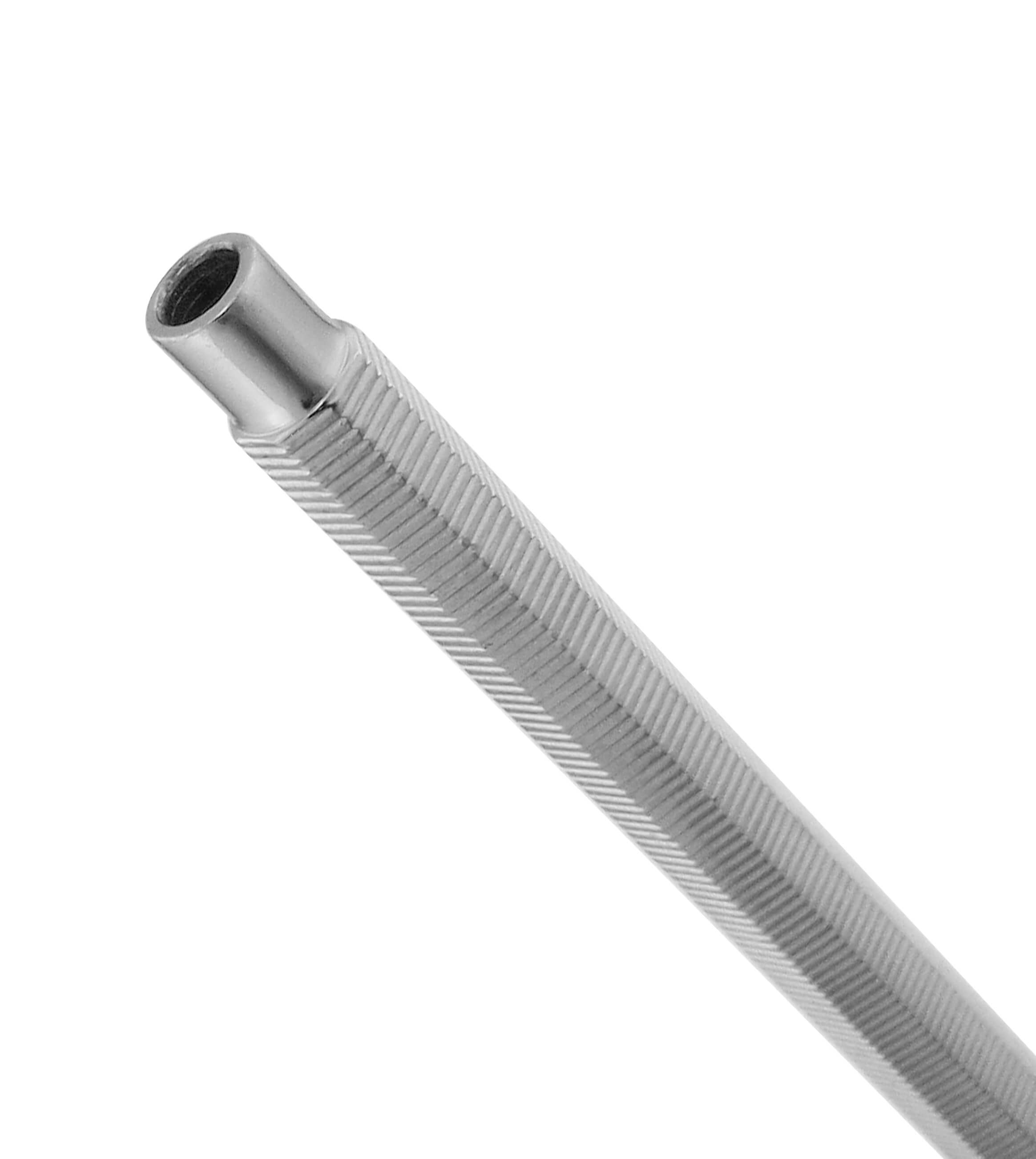 Mirror Handles
Mirror Handles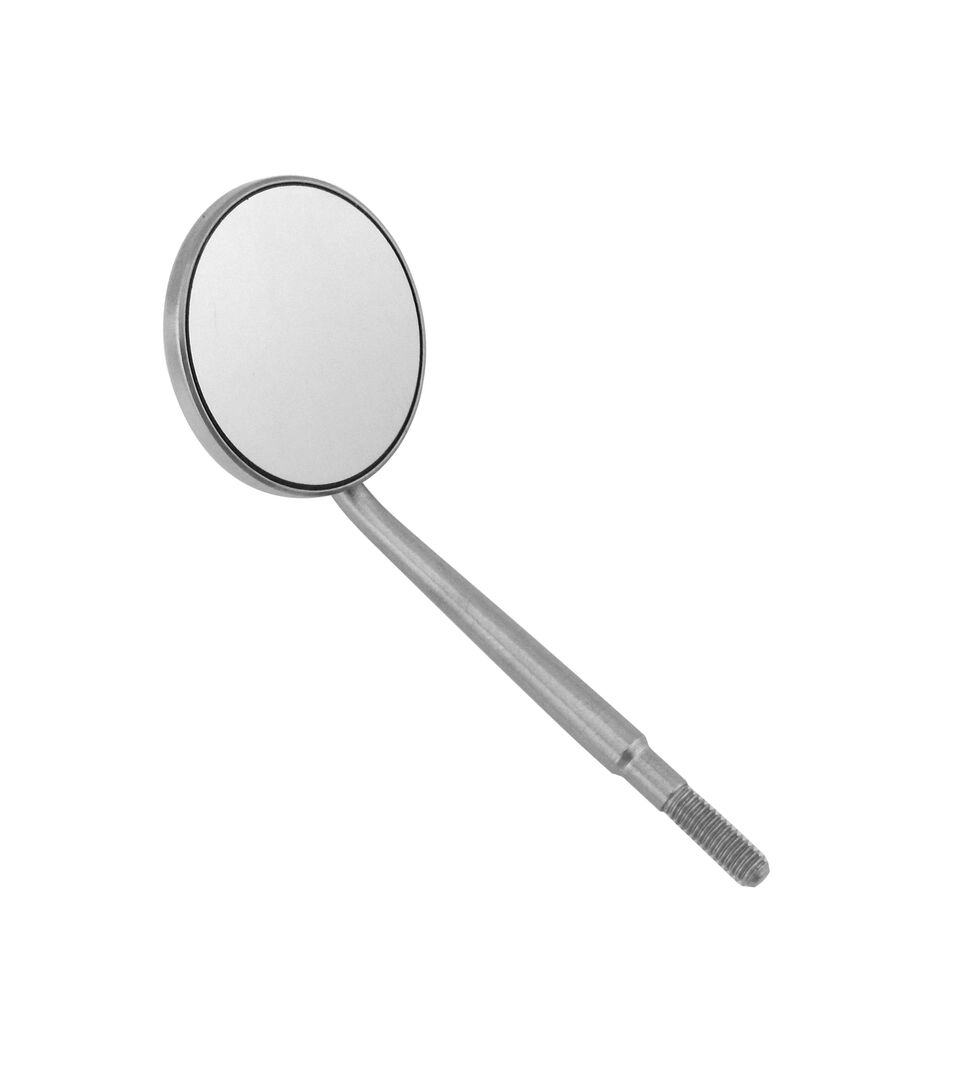 Mirrors
Mirrors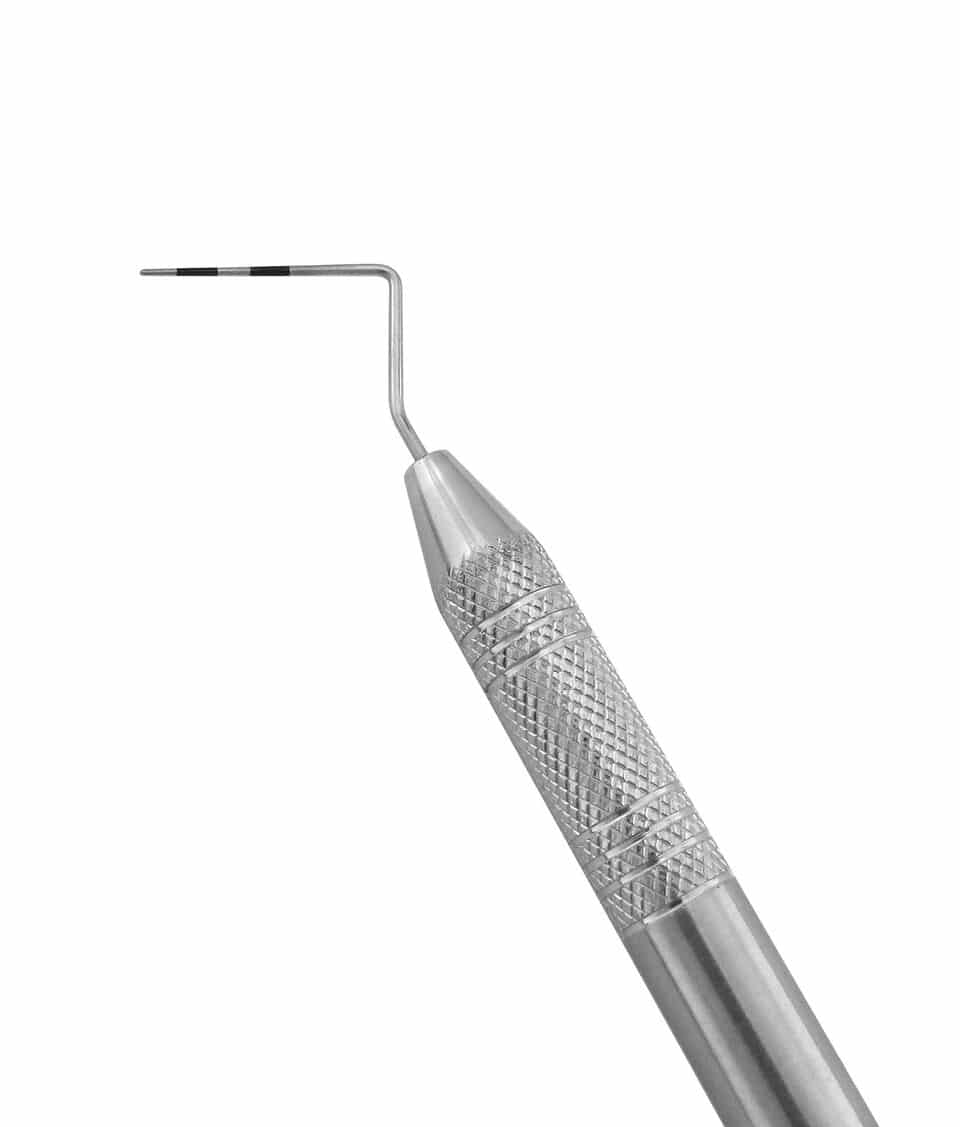 Probes
Probes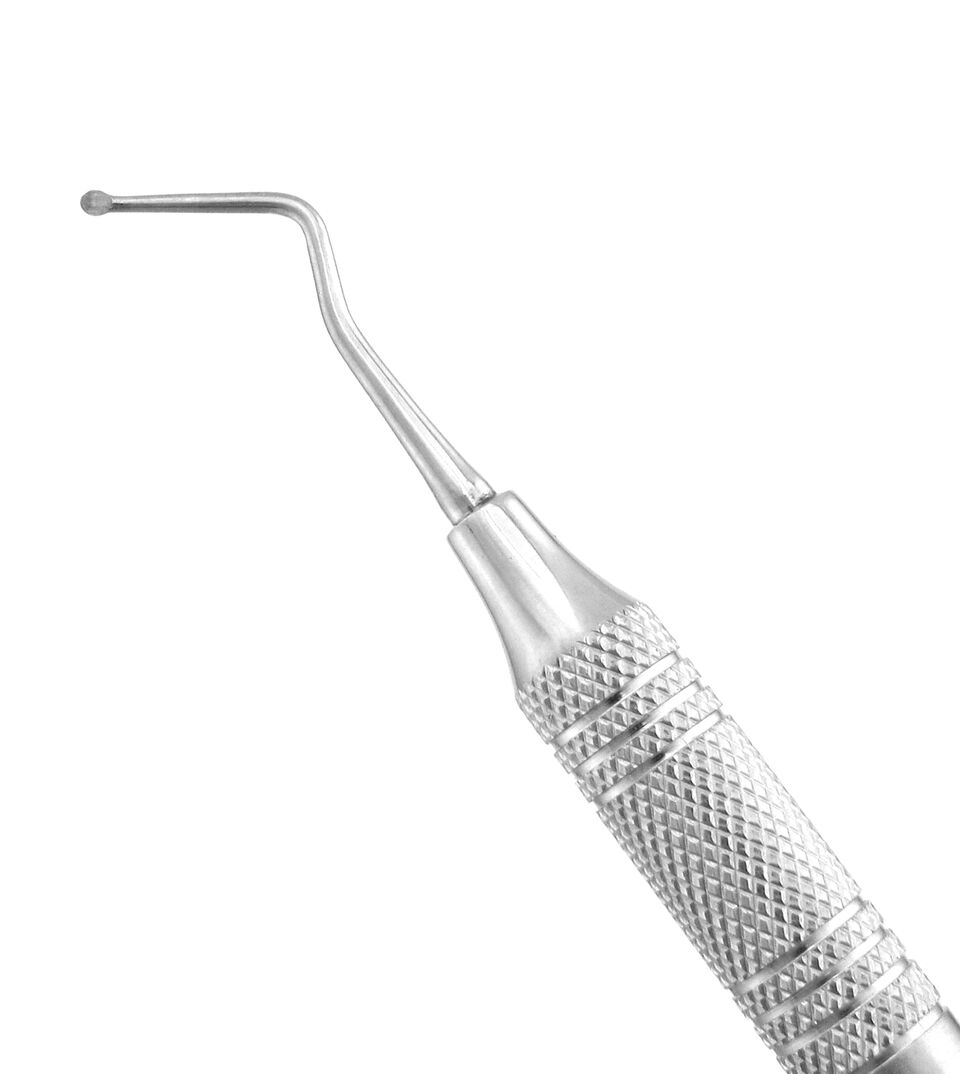 Endo Excavators
Endo Excavators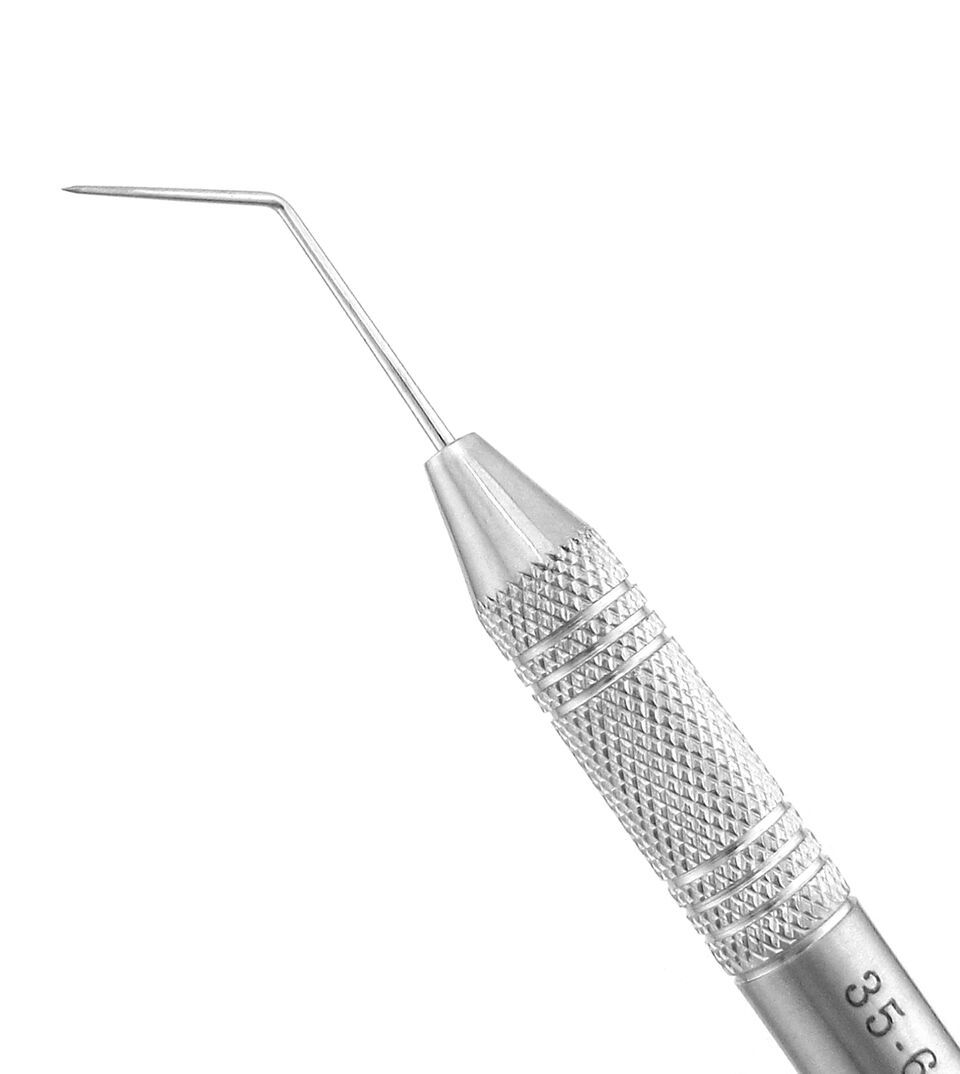 Endo Explorers
Endo Explorers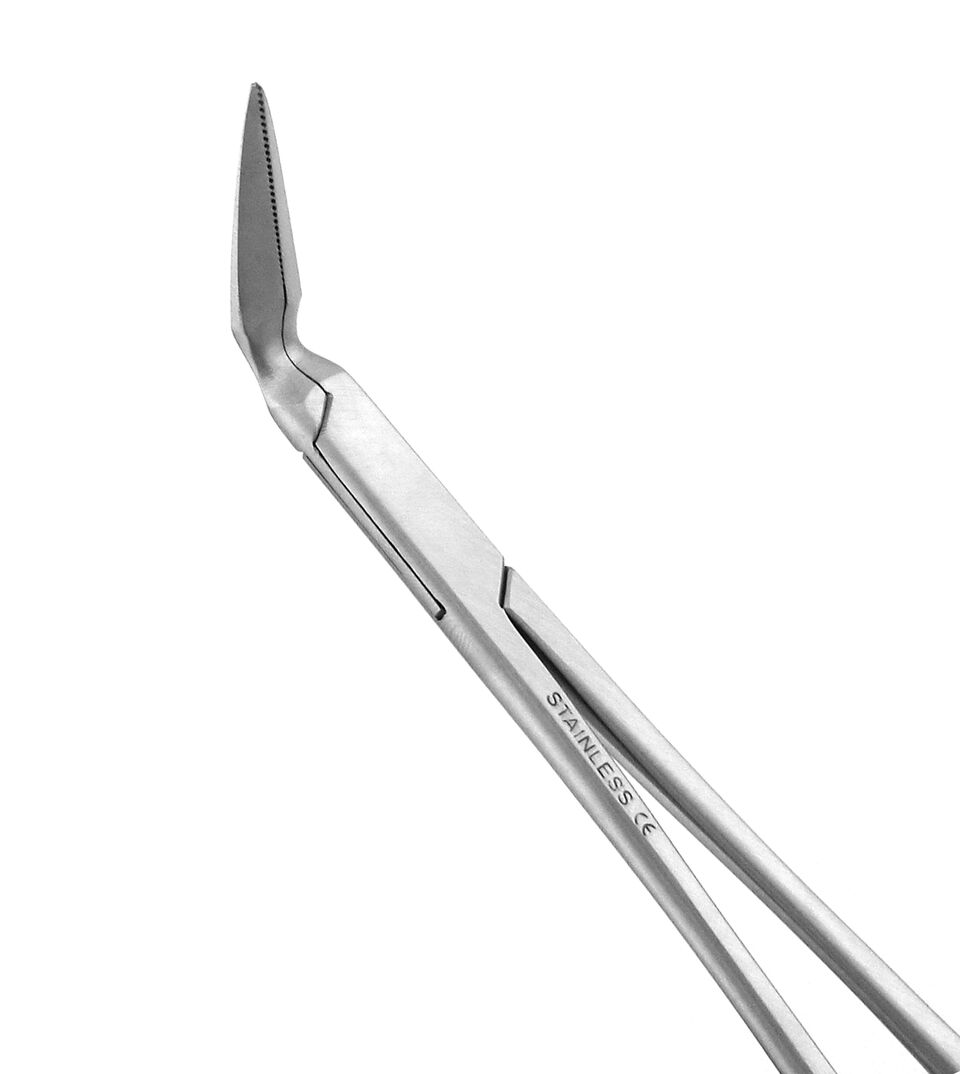 Endo Forceps
Endo Forceps Endo Rulers
Endo Rulers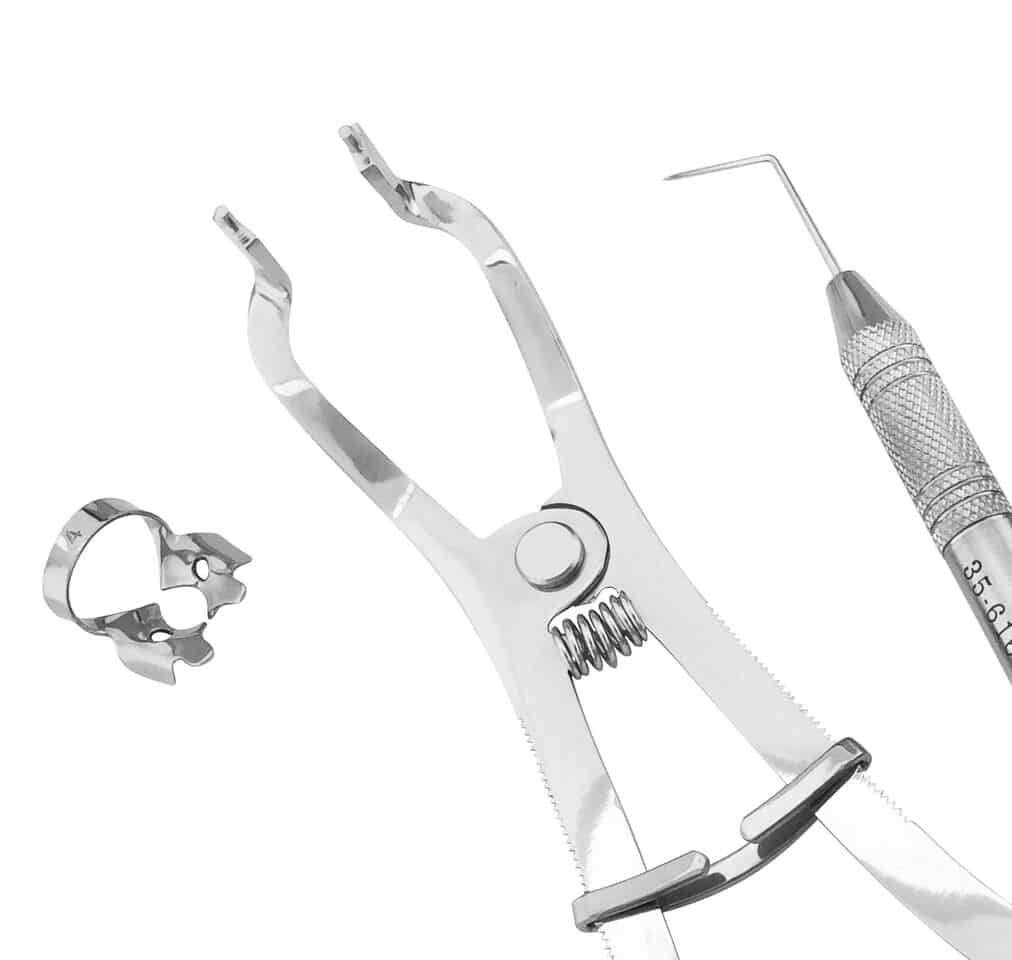 Endodontic Sets
Endodontic Sets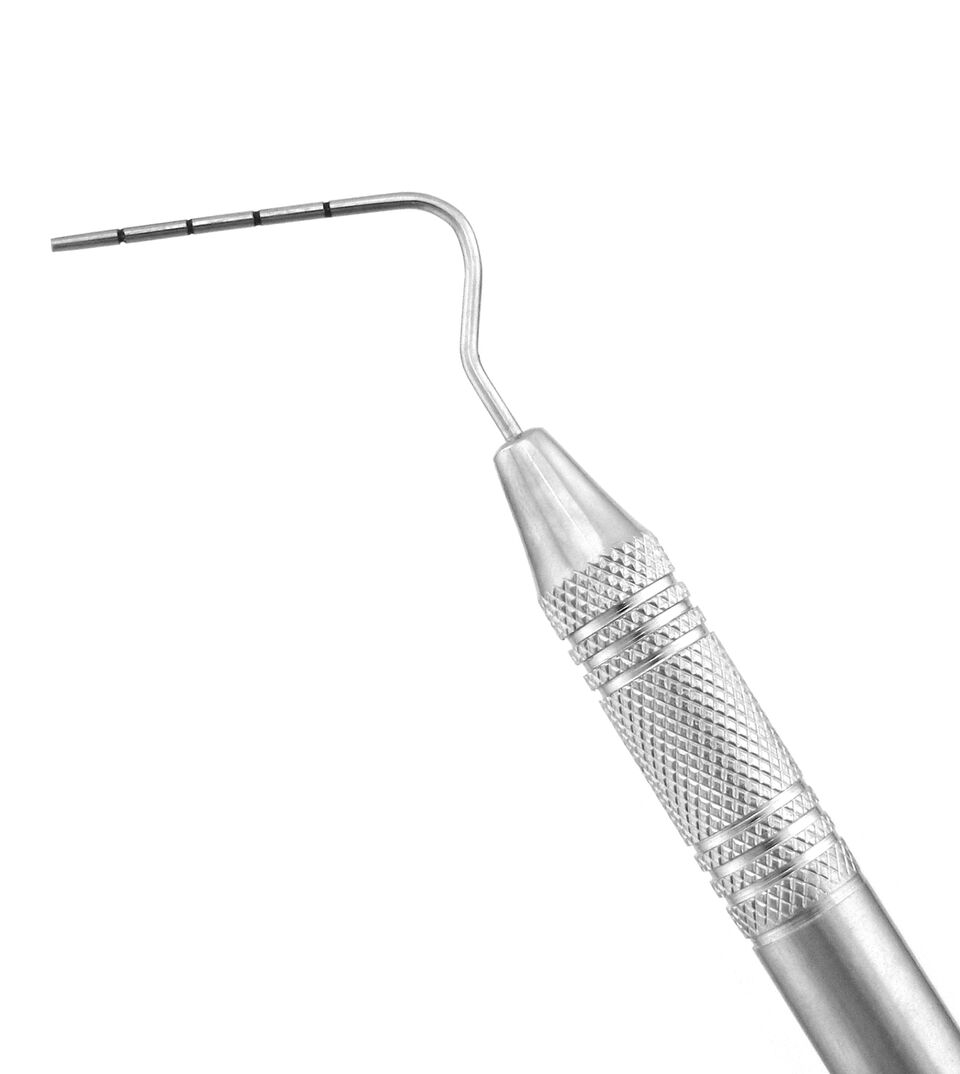 Root Canal Pluggers
Root Canal Pluggers Root Canal Spreaders
Root Canal Spreaders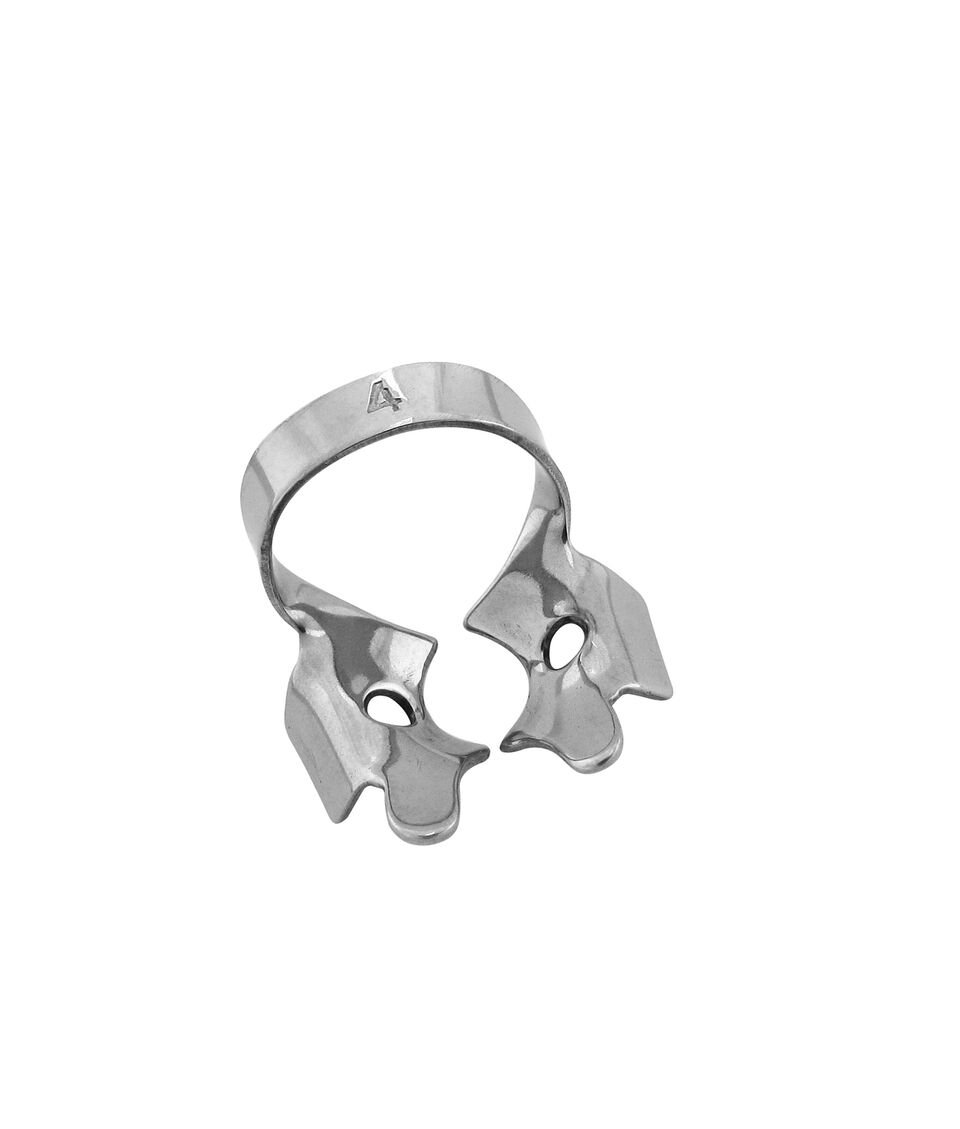 Rubber Dam Clamps
Rubber Dam Clamps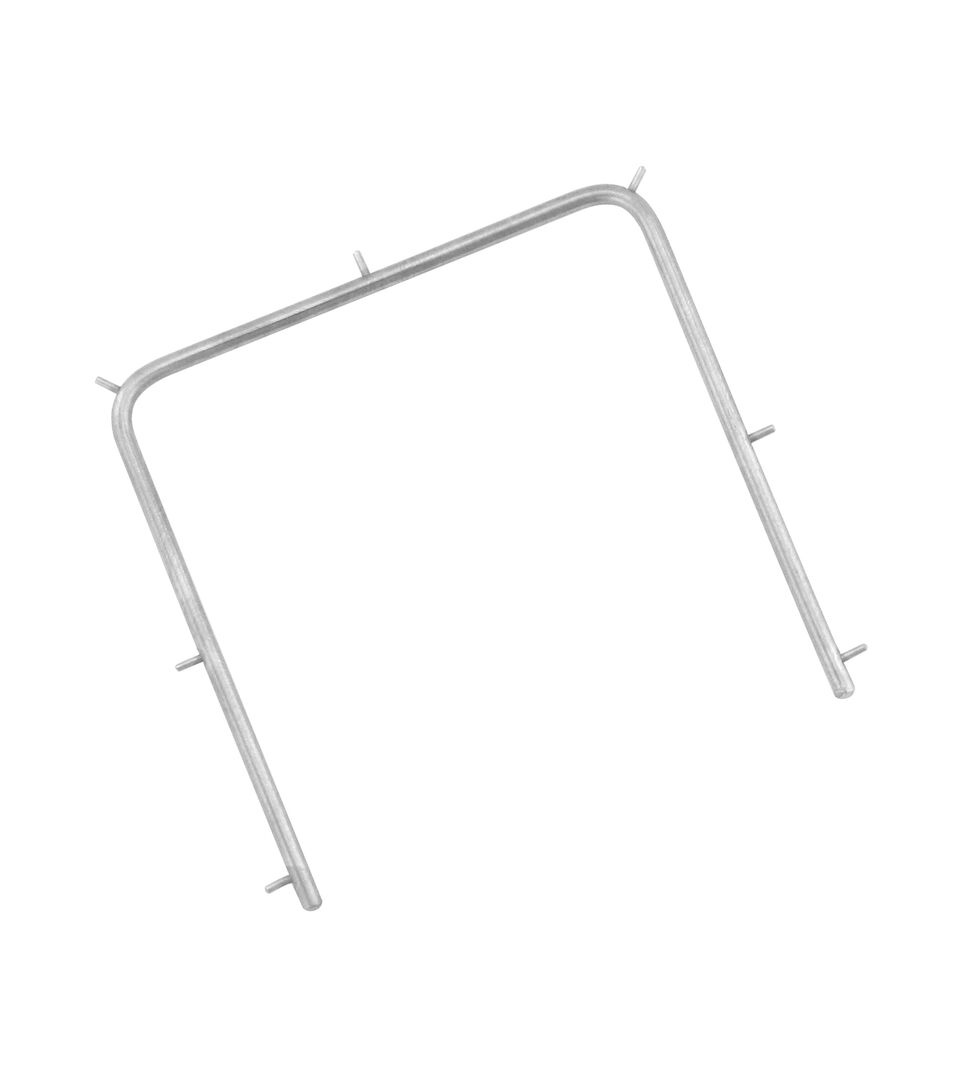 Rubber Dam Frames
Rubber Dam Frames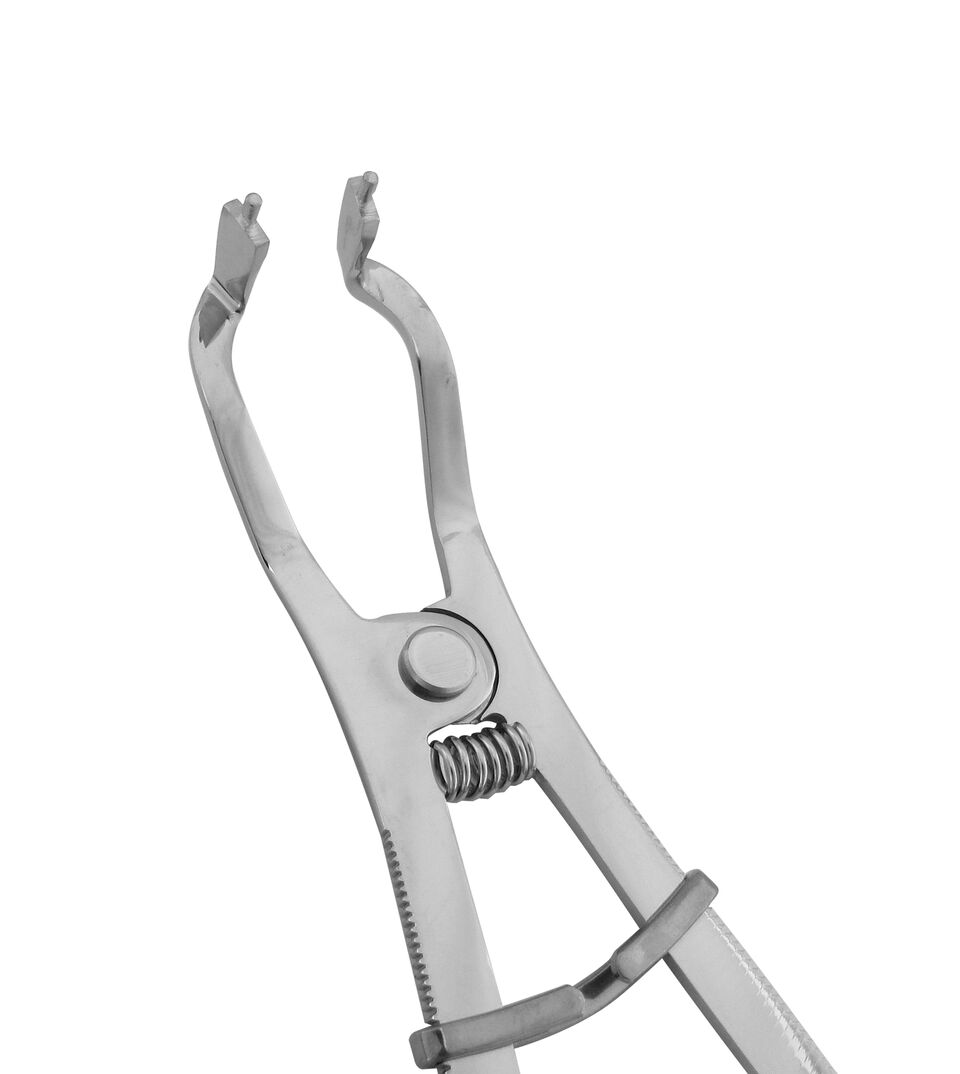 Rubber Dam Punches & Forceps
Rubber Dam Punches & Forceps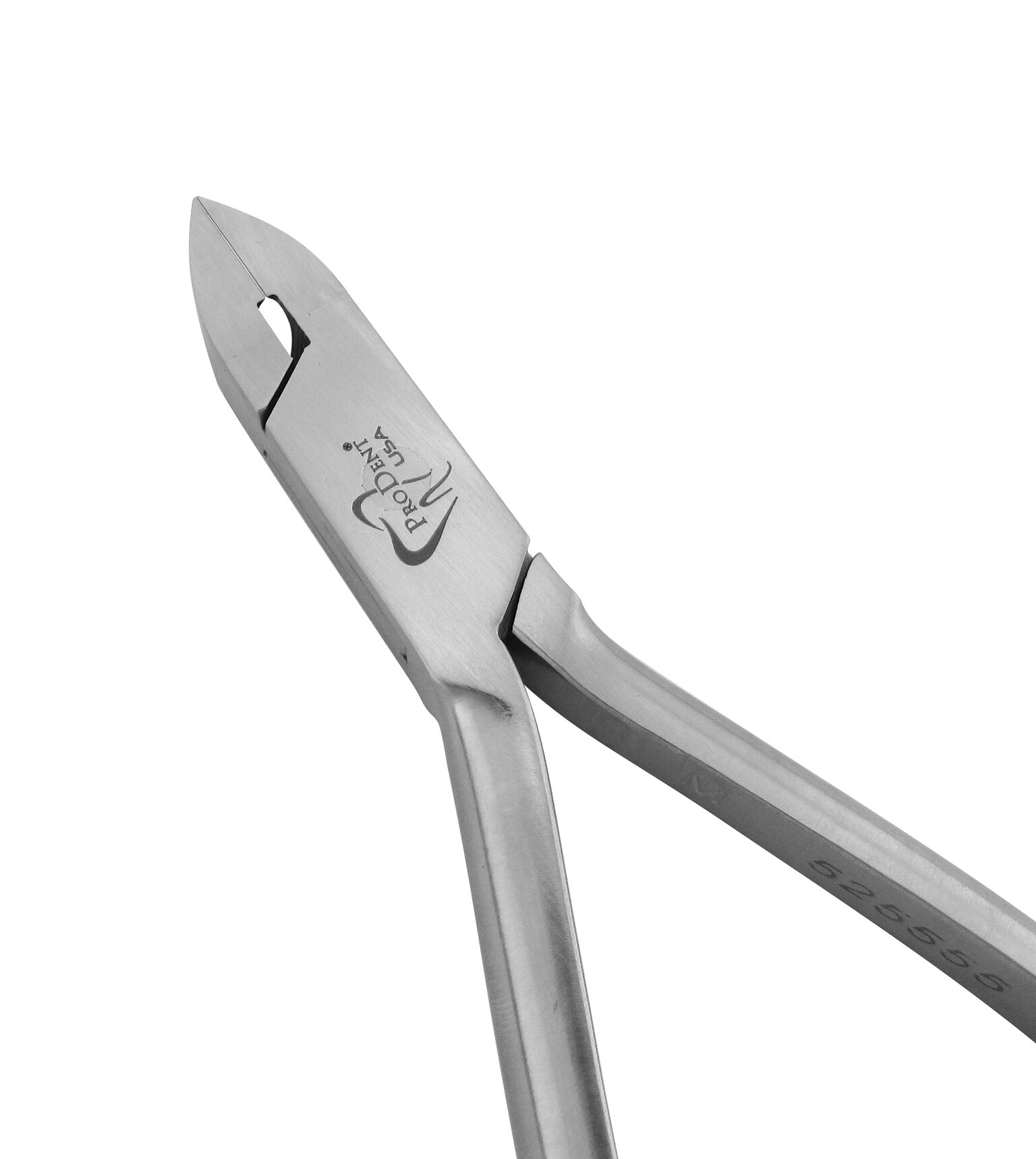 Cutters
Cutters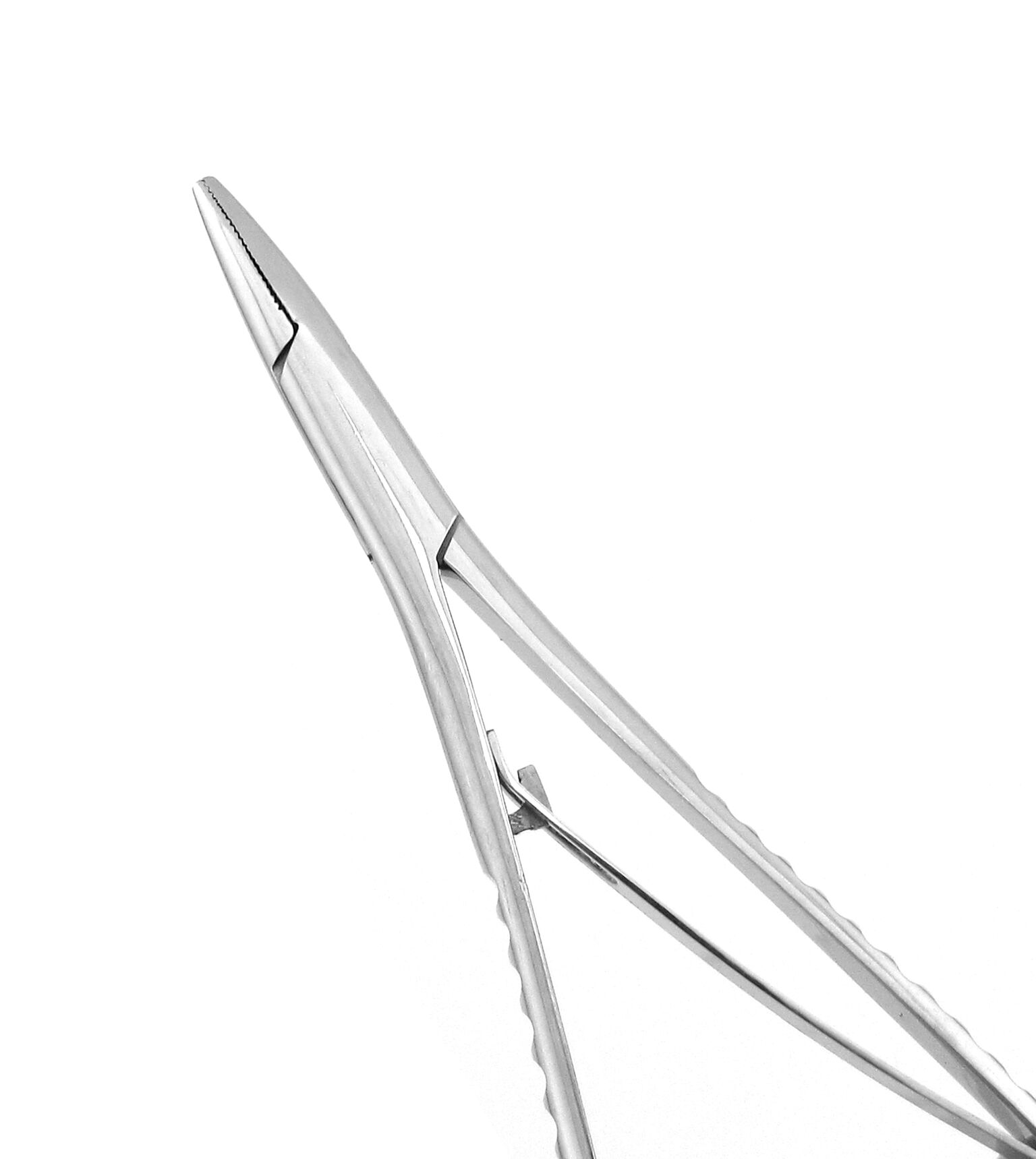 Elastic Placing Mathieu Pliers
Elastic Placing Mathieu Pliers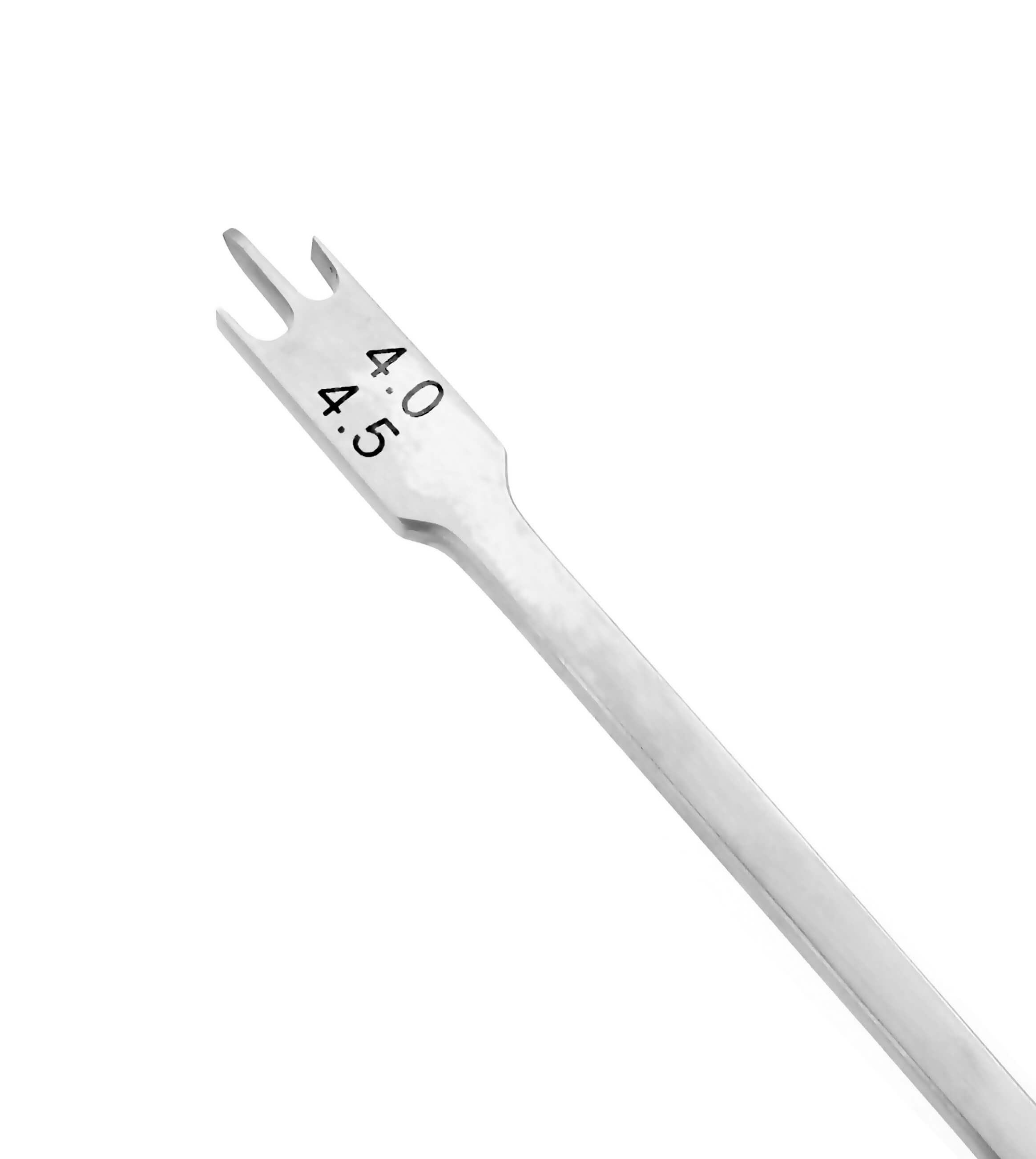 Gauges
Gauges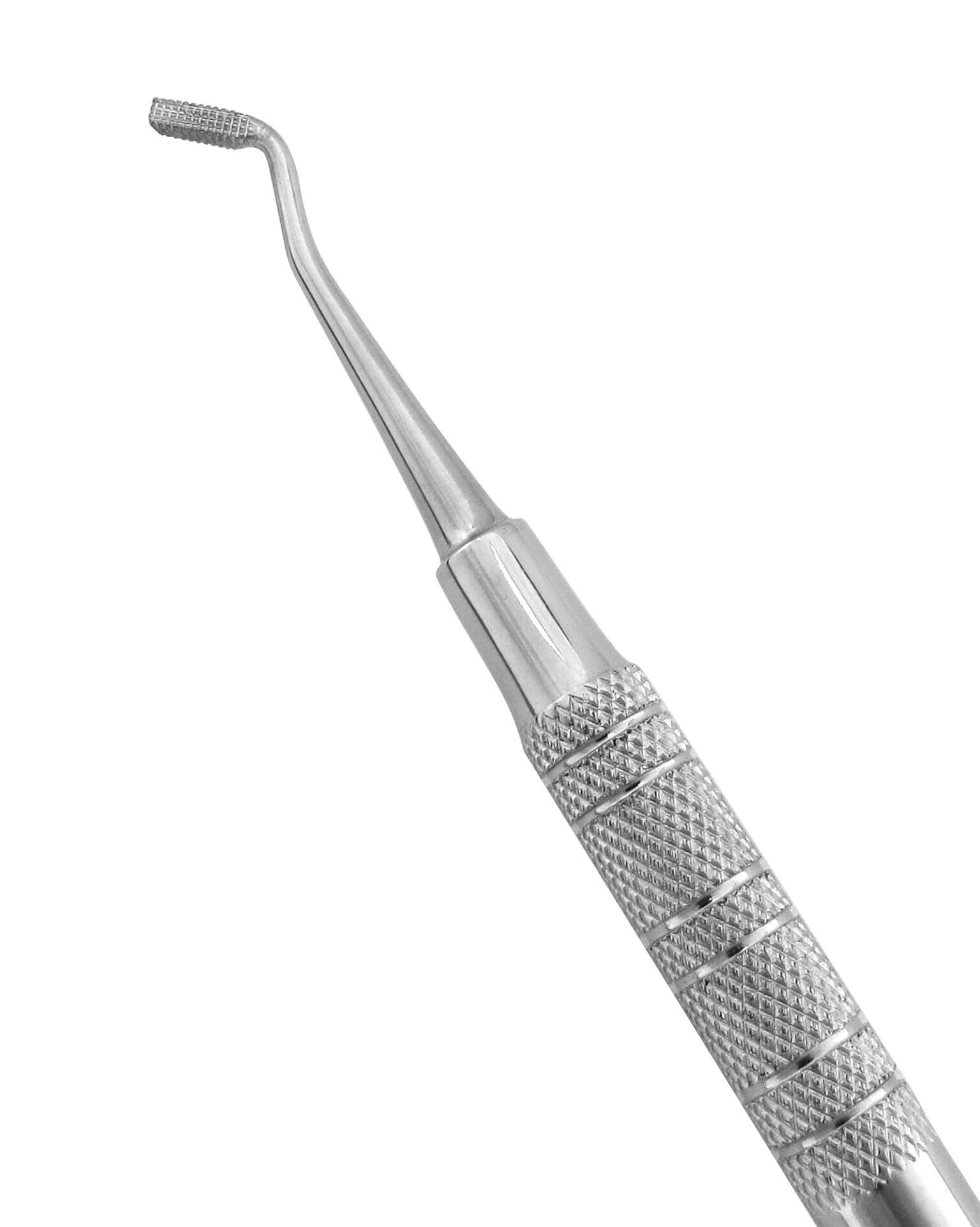 Hand Instruments
Hand Instruments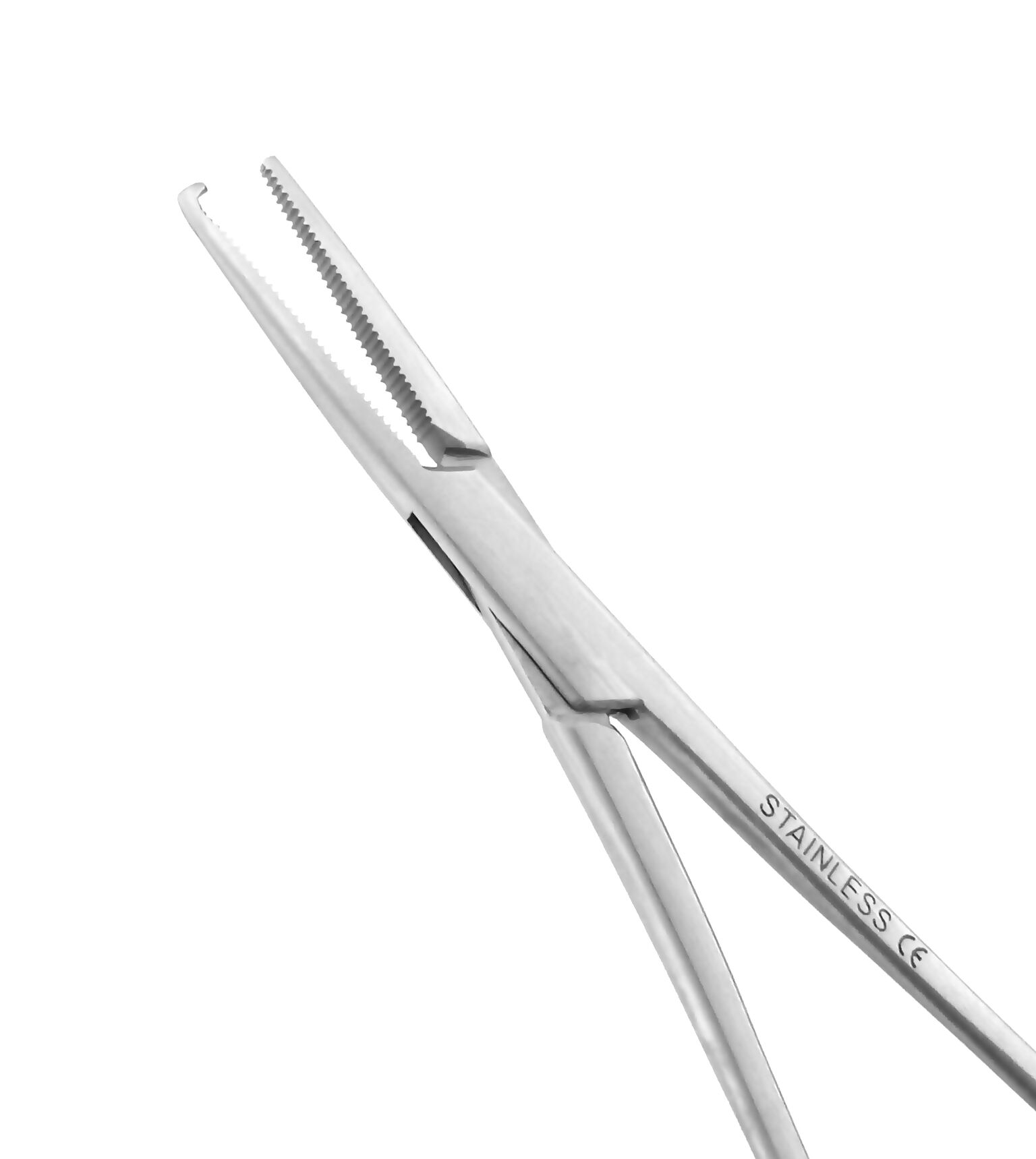 Mosquitoes
Mosquitoes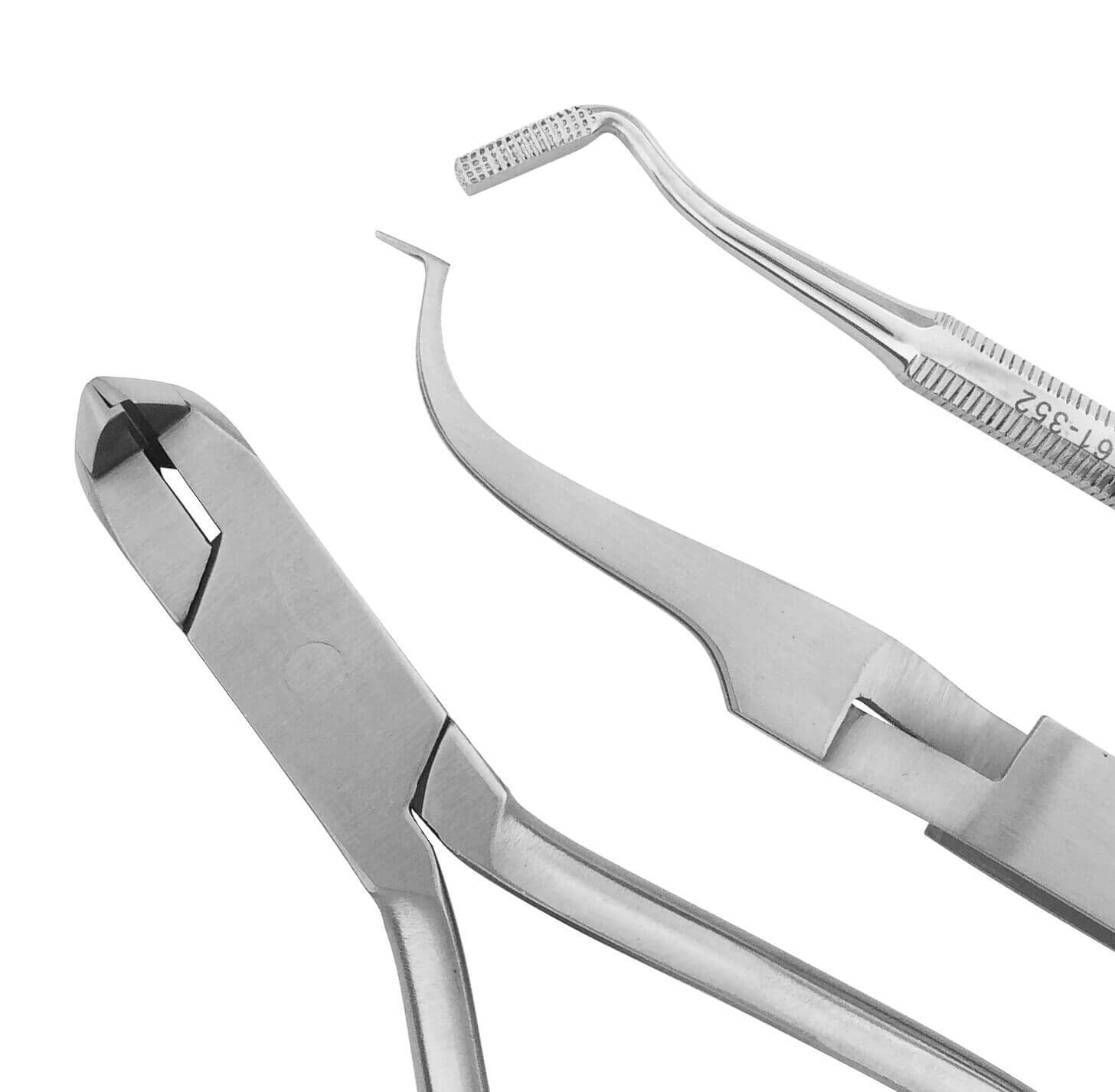 Orthodontic Sets
Orthodontic Sets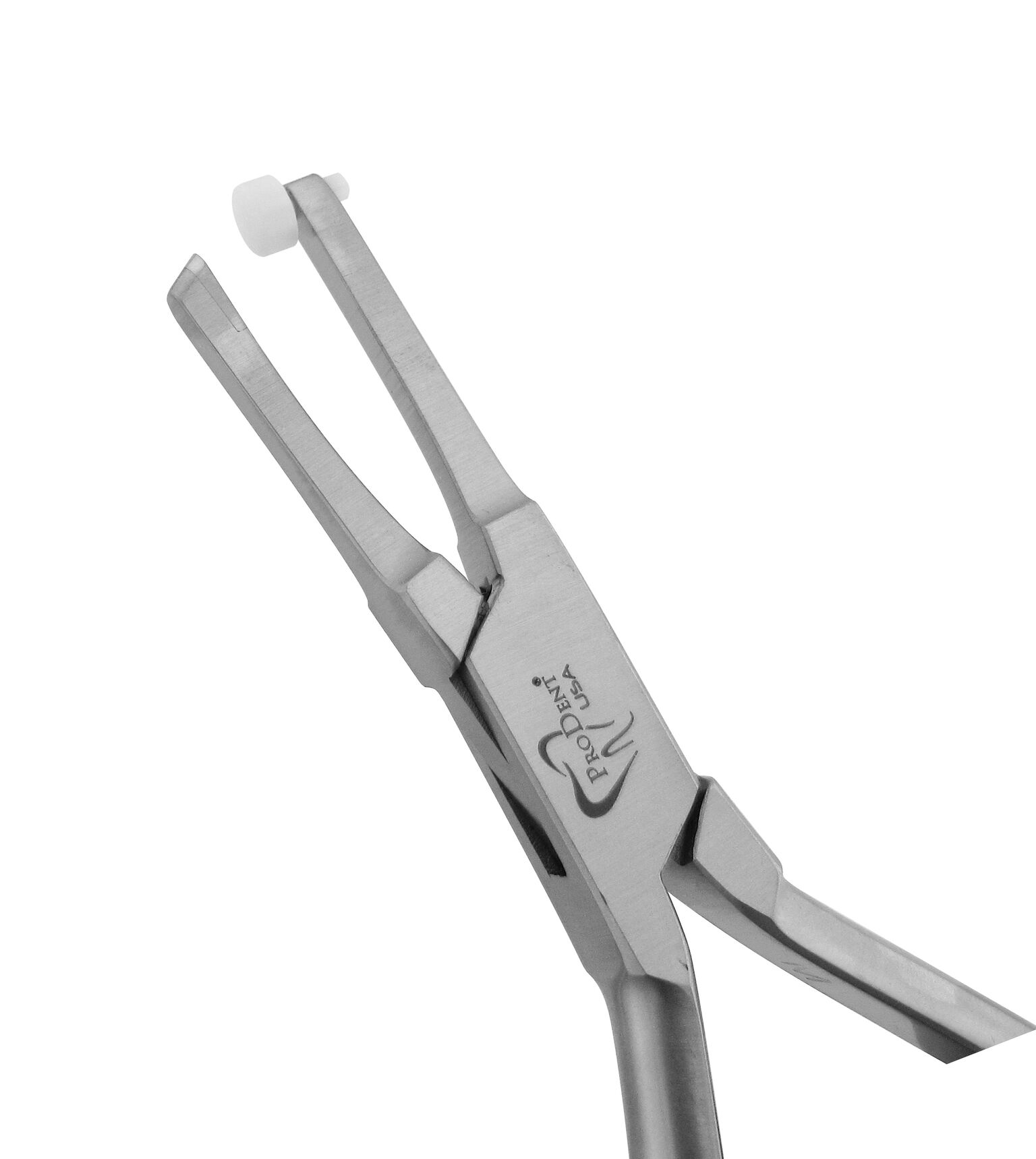 Pliers
Pliers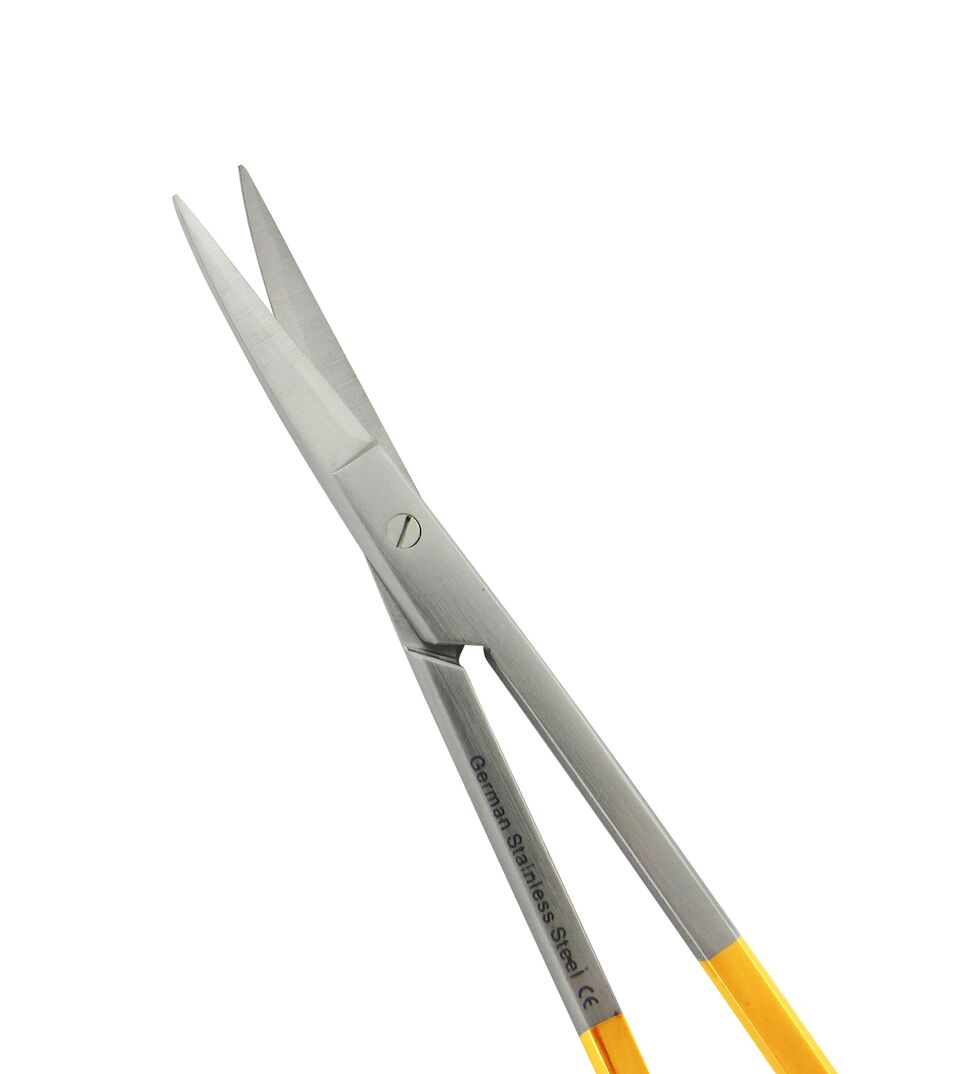 Scissors
Scissors Tweezers
Tweezers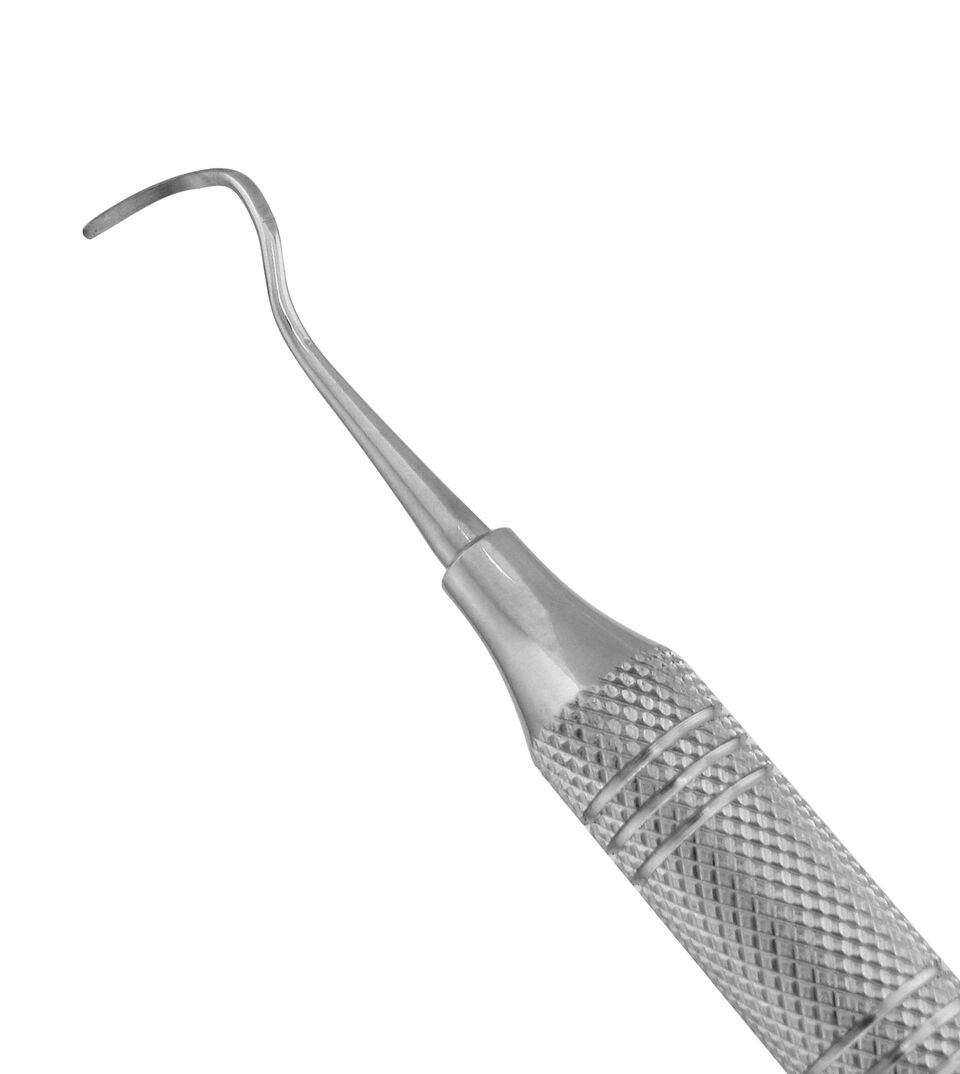 Curettes
Curettes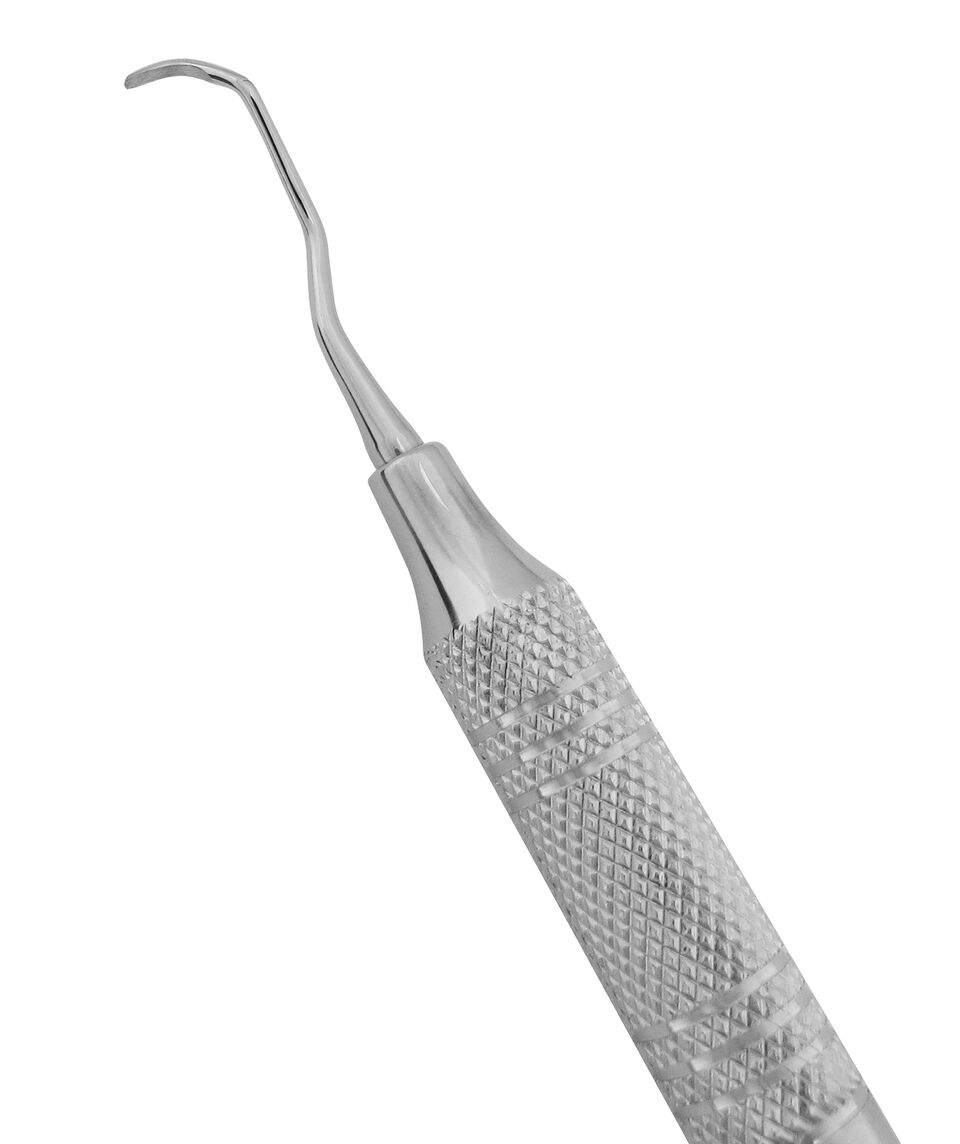 Gracey Curettes
Gracey Curettes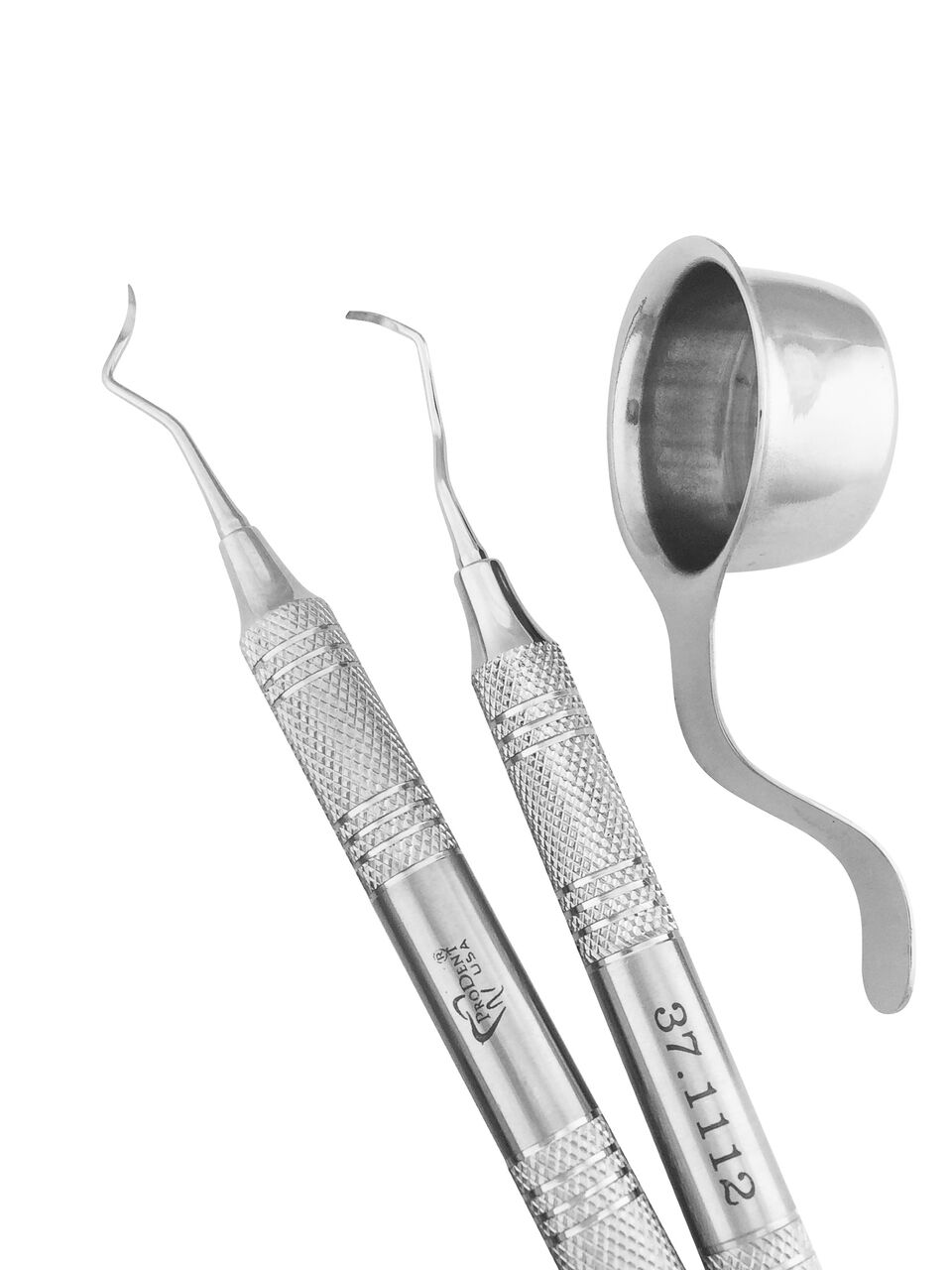 Periodontal Sets & Accessories
Periodontal Sets & Accessories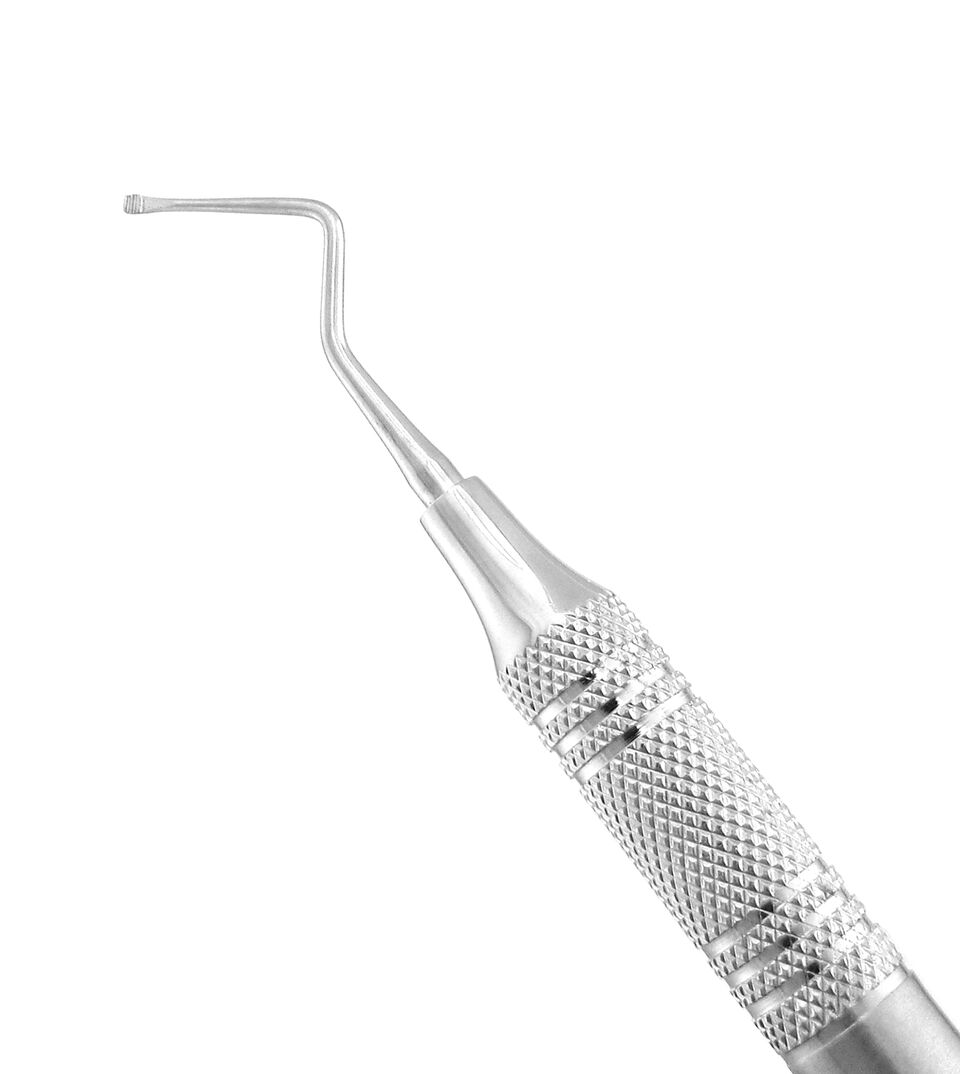 Periodontal Specialty Instruments
Periodontal Specialty Instruments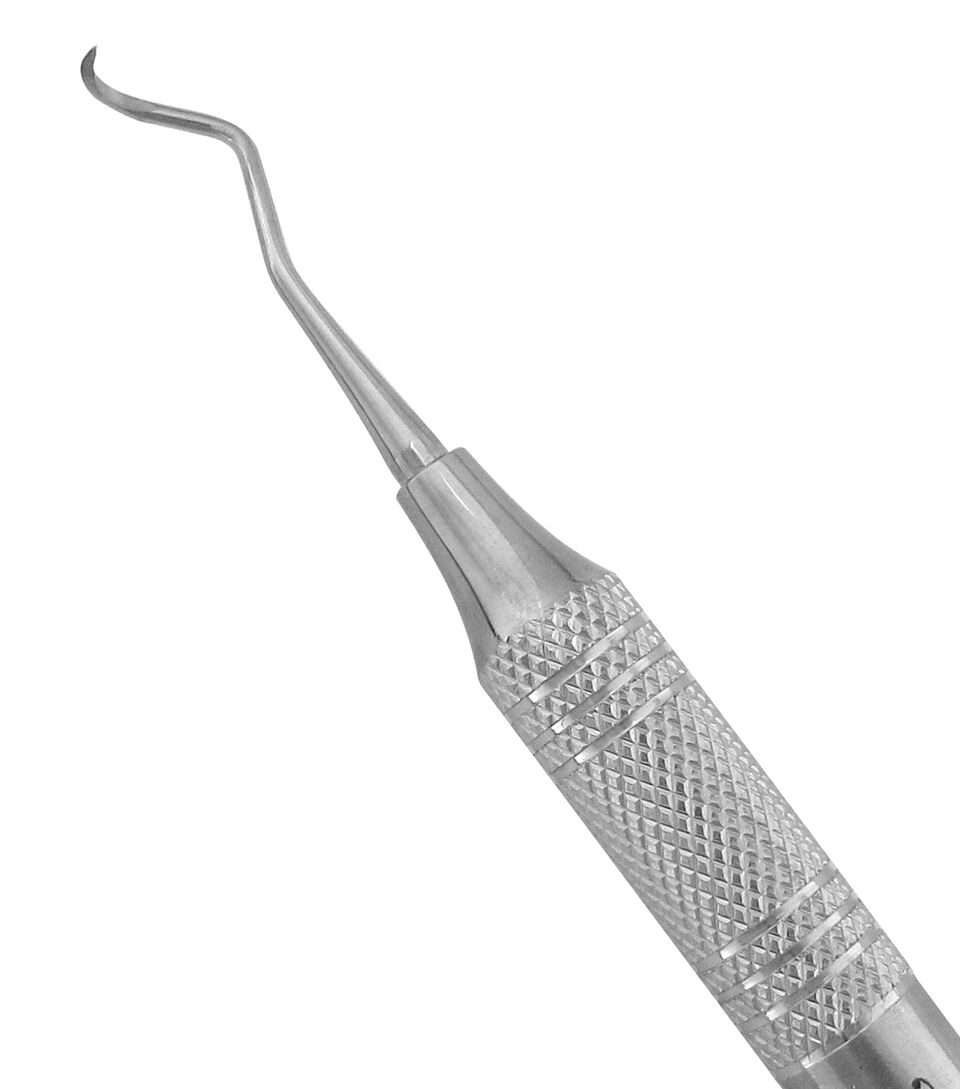 Scalers
Scalers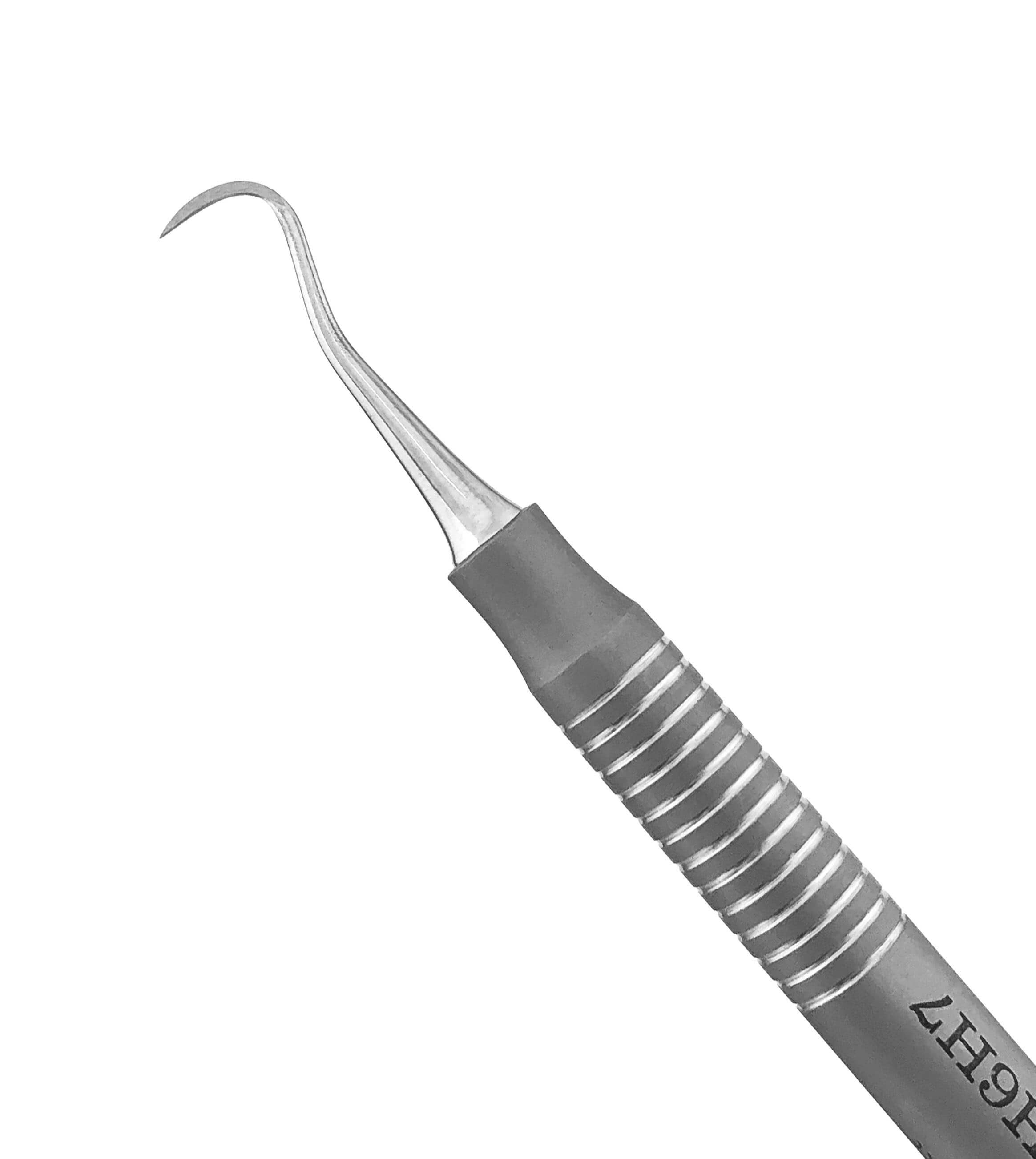 Siberian Stone™ Collection
Siberian Stone™ Collection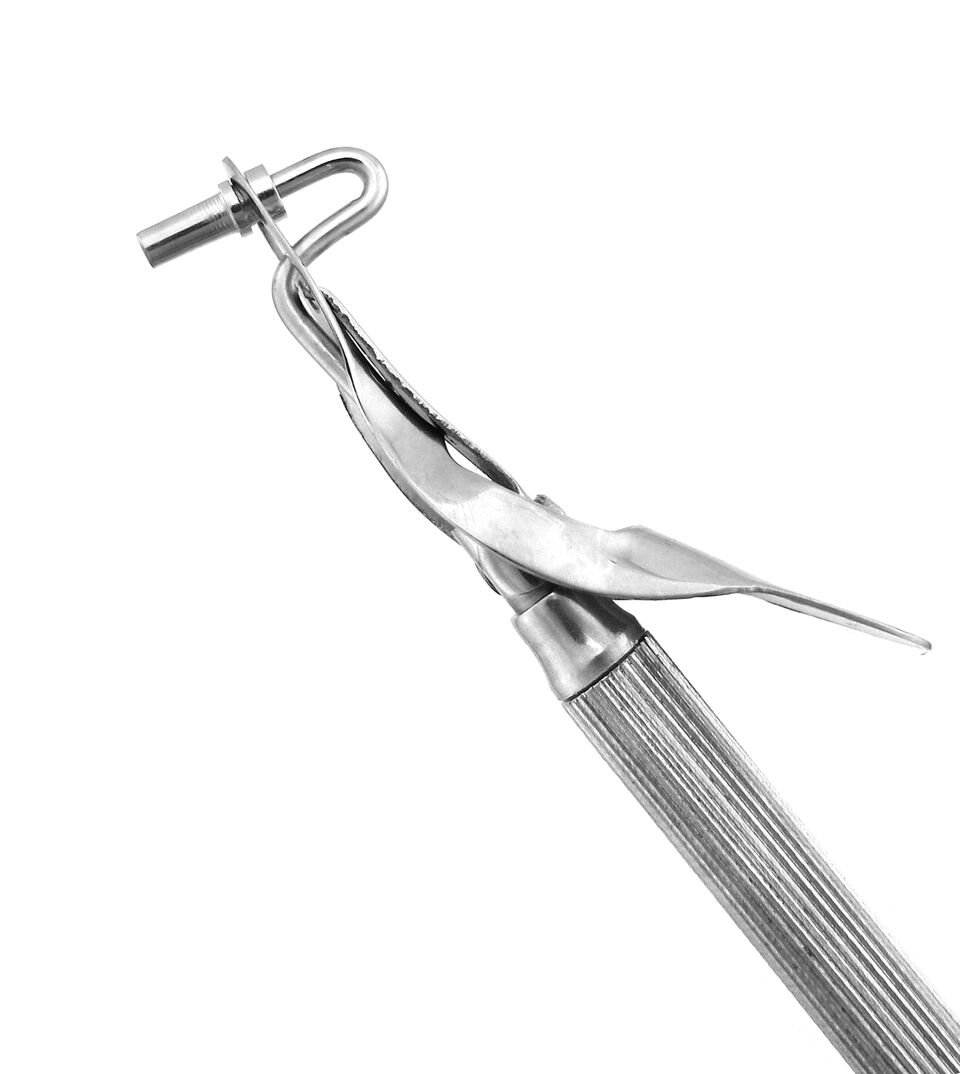 Amalgam Carriers & Well
Amalgam Carriers & Well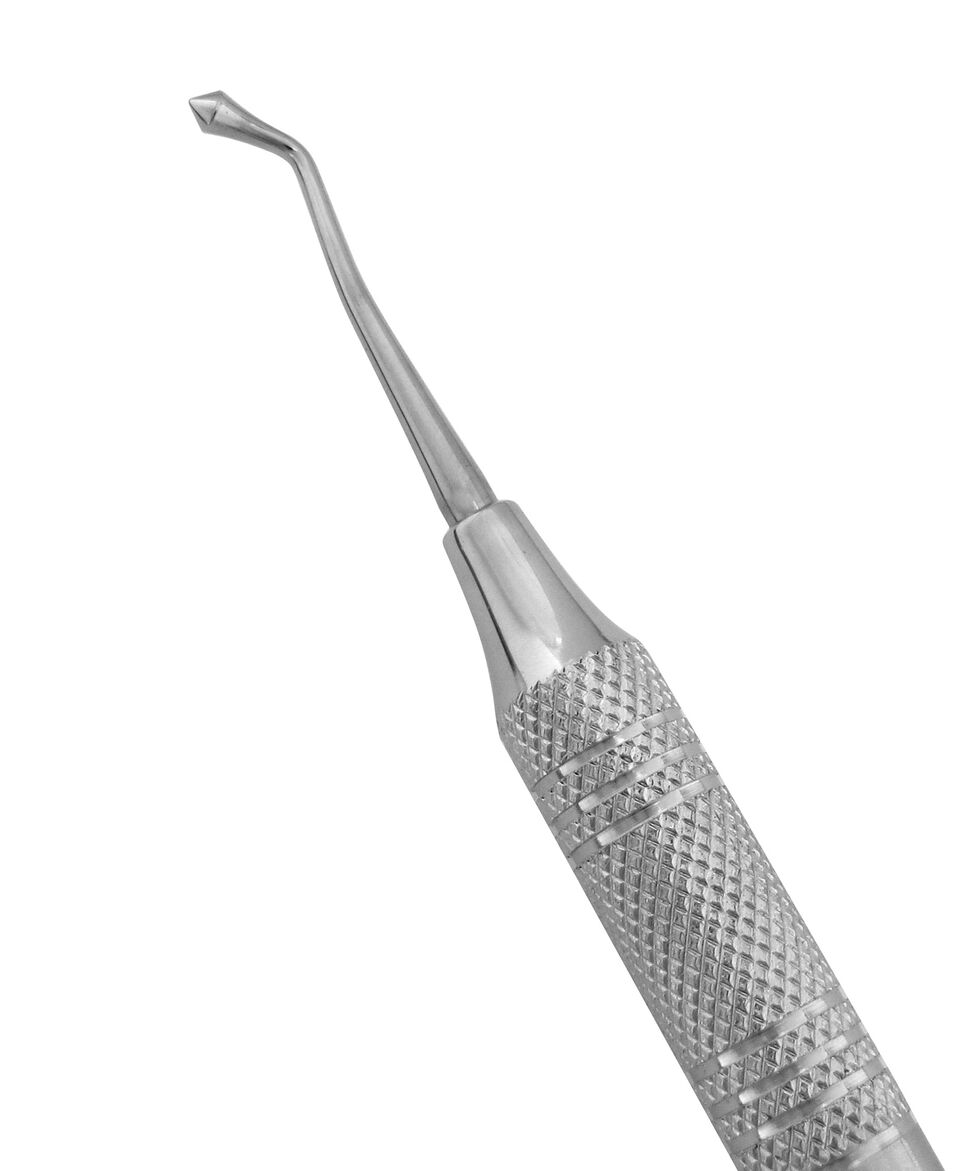 Burnishers
Burnishers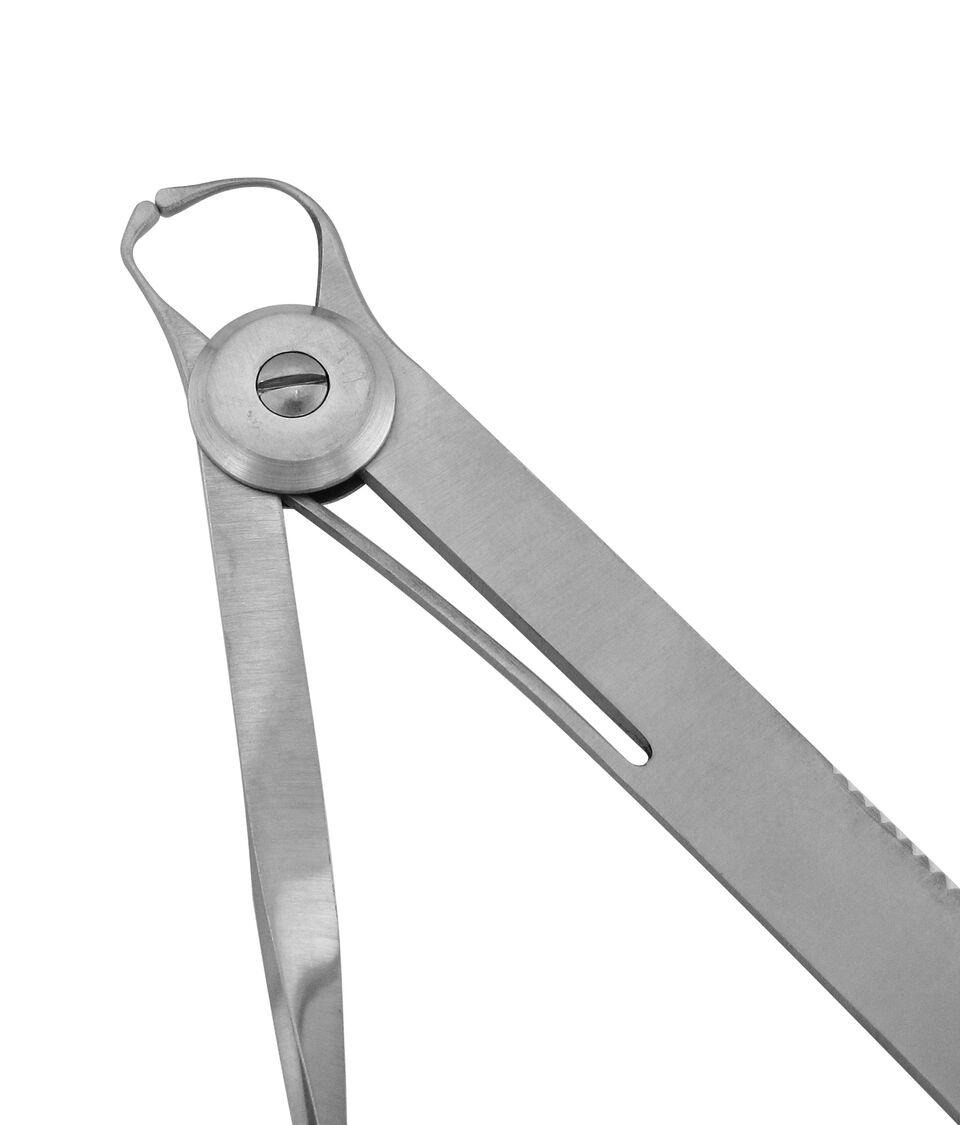 Calipers
Calipers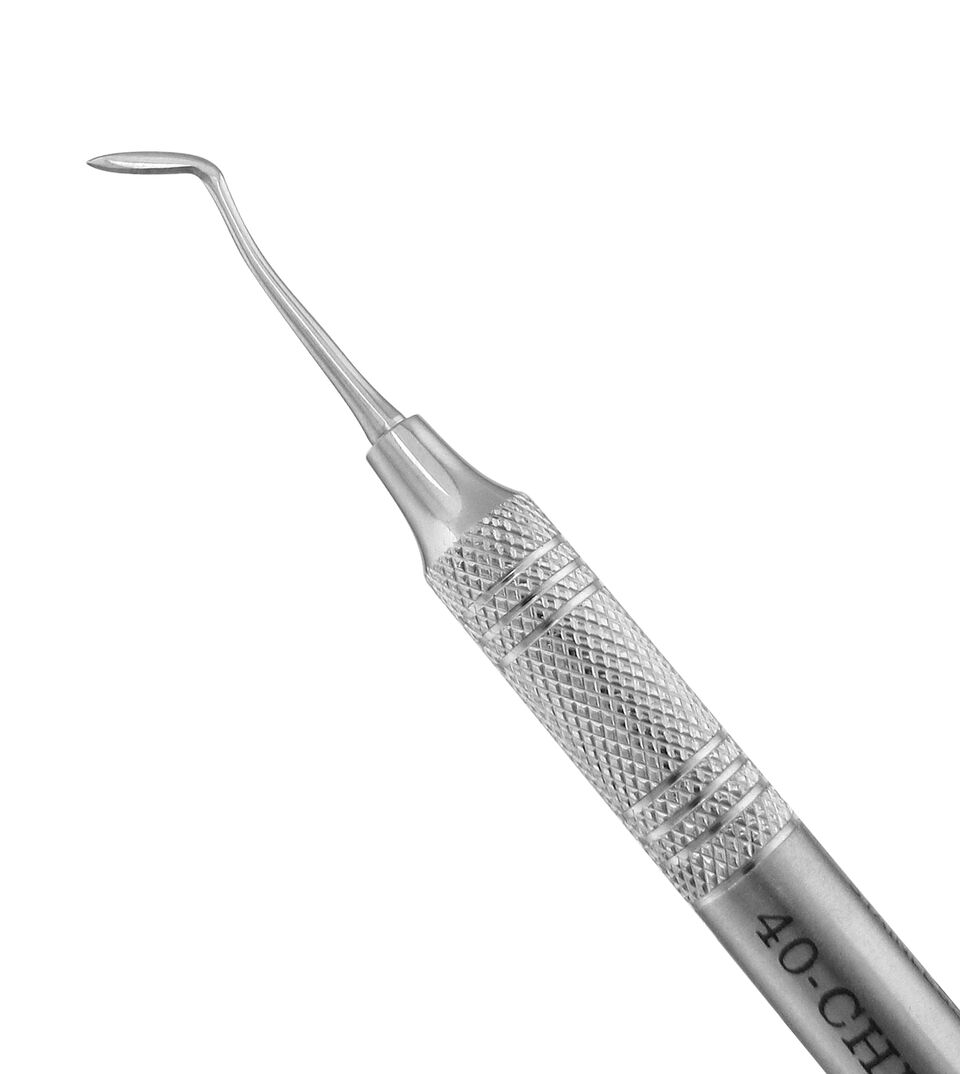 Carvers
Carvers Cement Spatulas
Cement Spatulas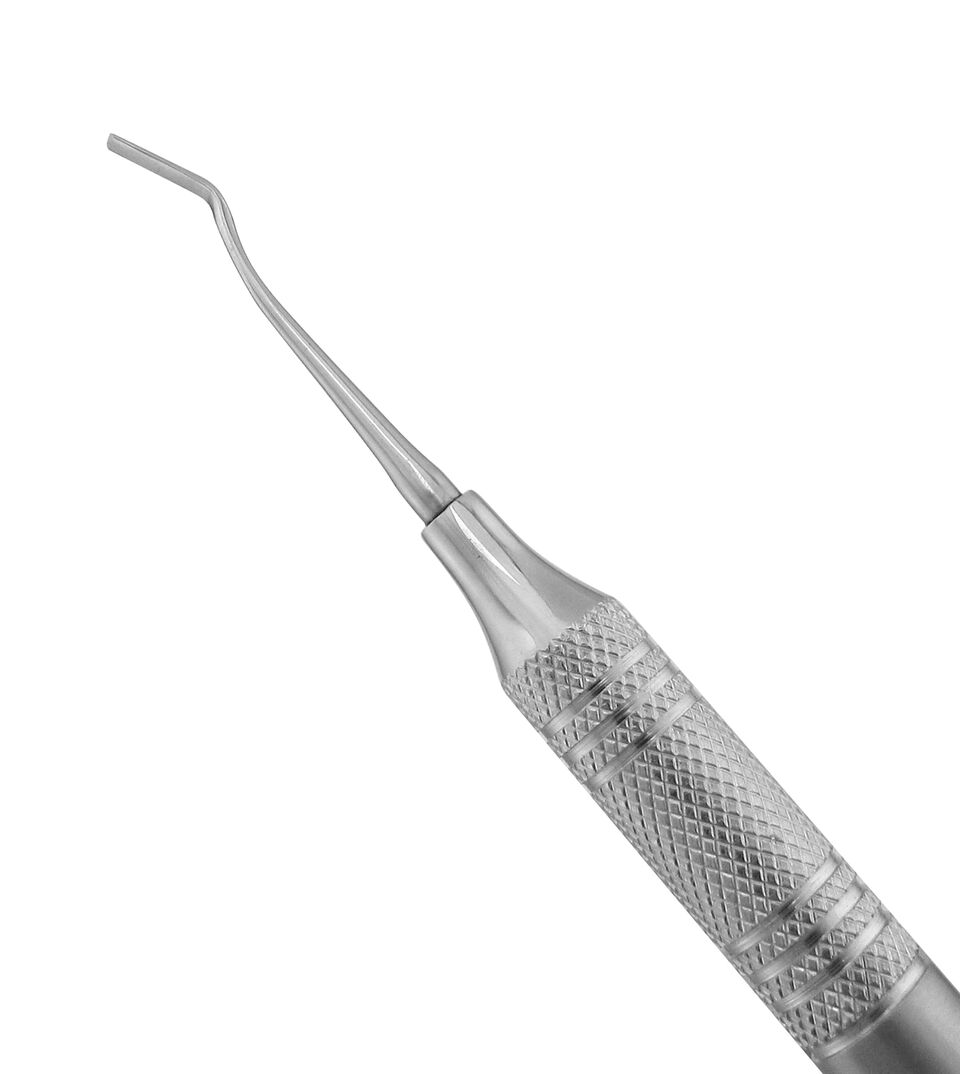 Chisels
Chisels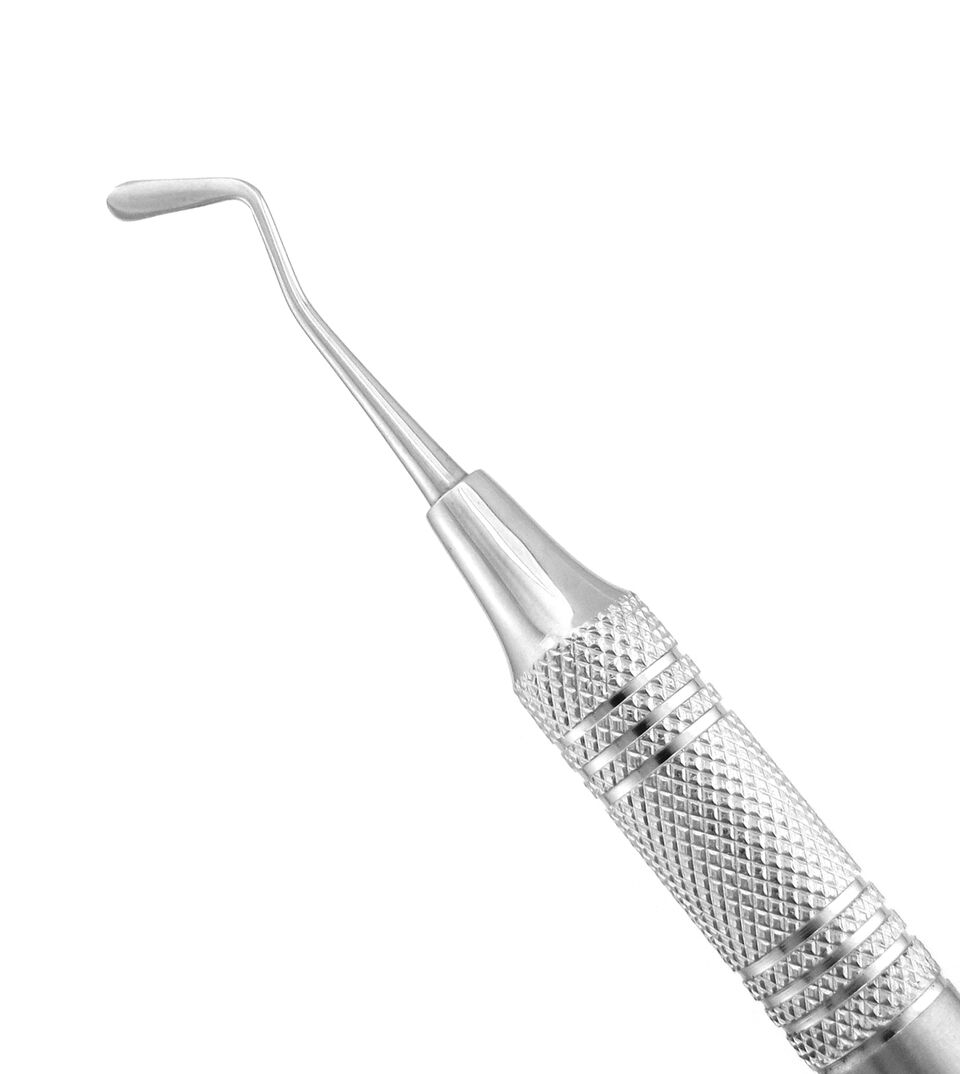 Composite & Plastic Filling Instruments
Composite & Plastic Filling Instruments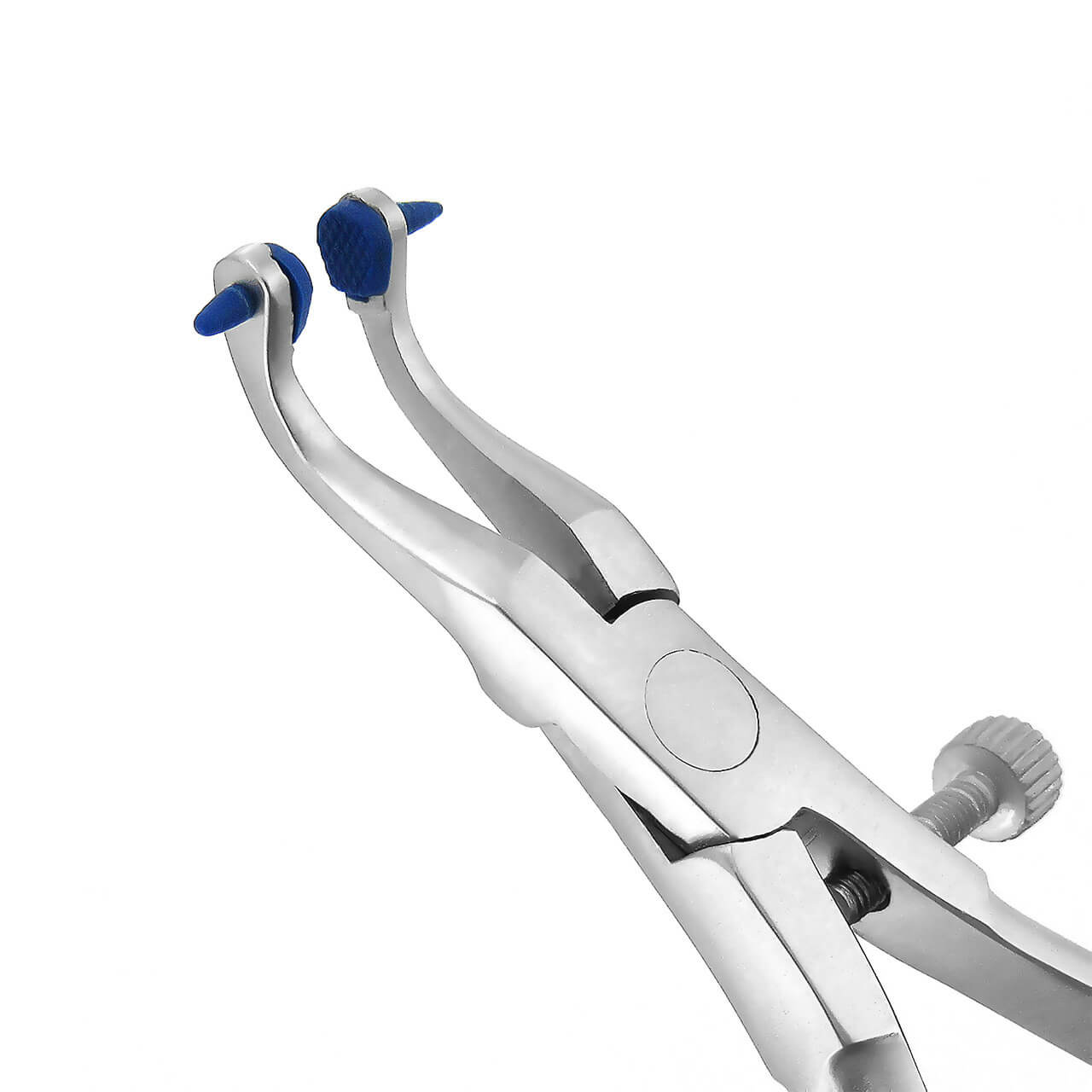 Crown Removers & Spreaders
Crown Removers & Spreaders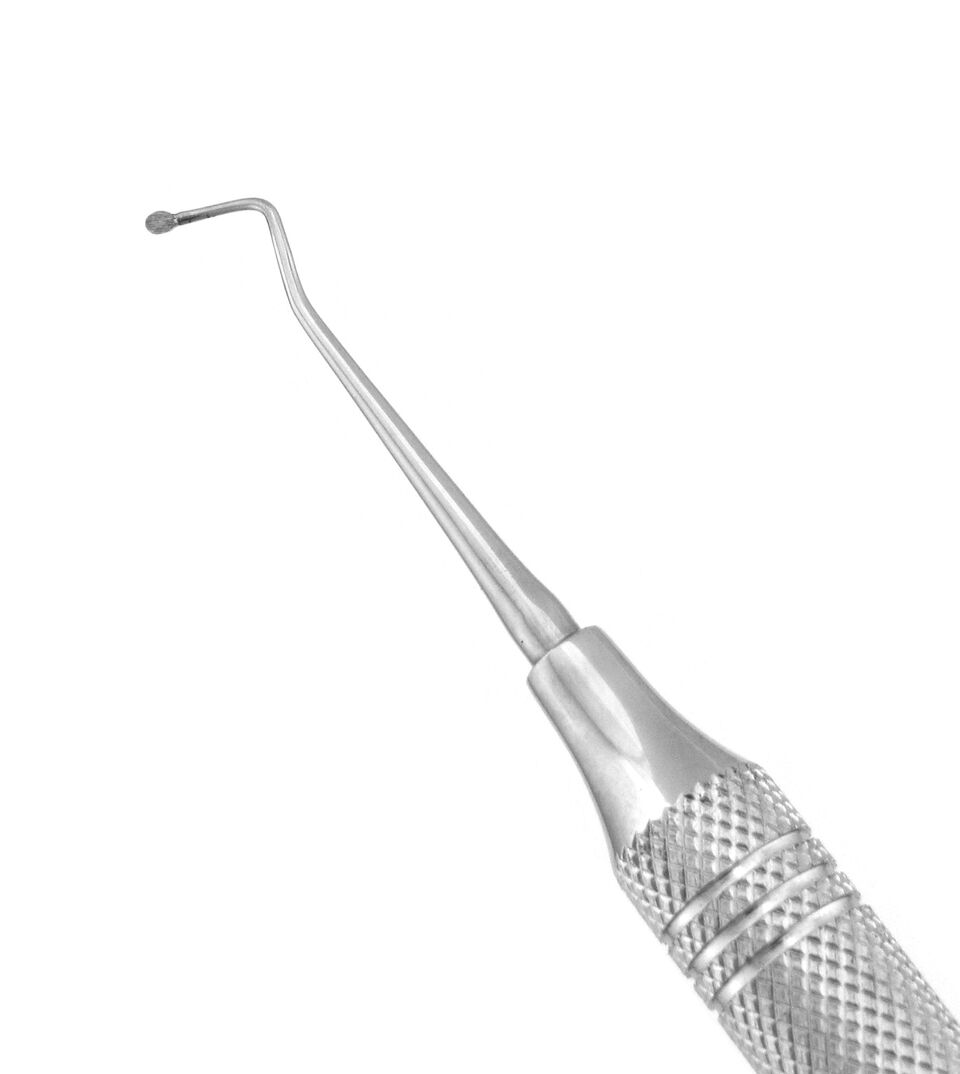 Excavators
Excavators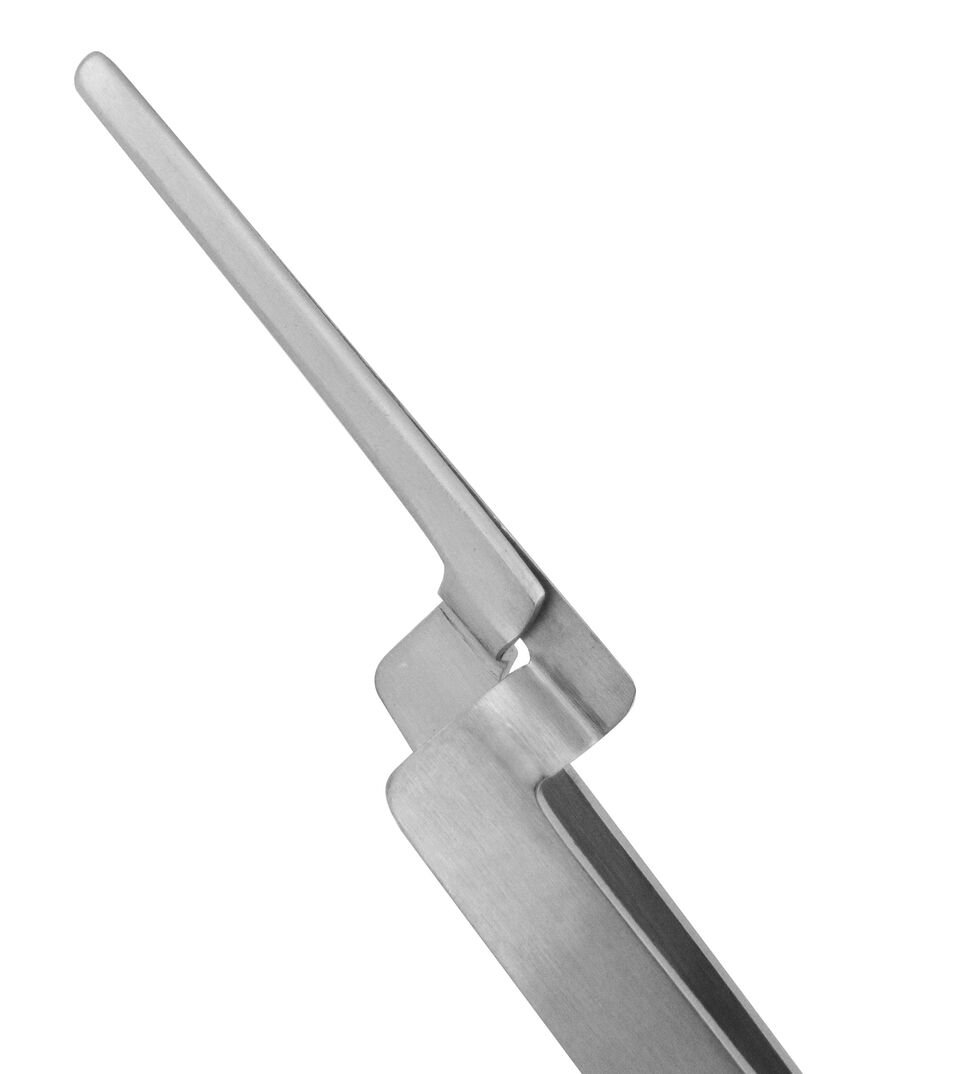 Forceps & Tweezers
Forceps & Tweezers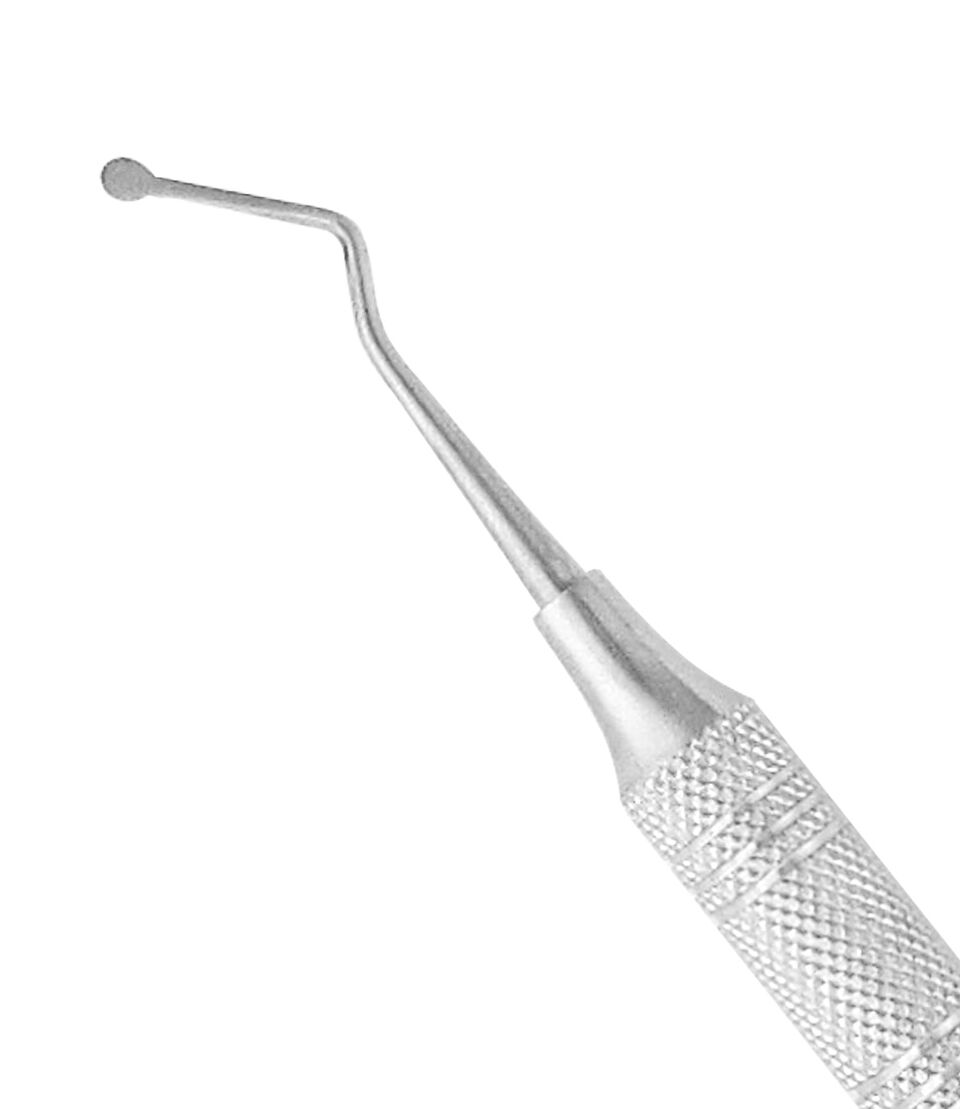 Gingival Cord Packers
Gingival Cord Packers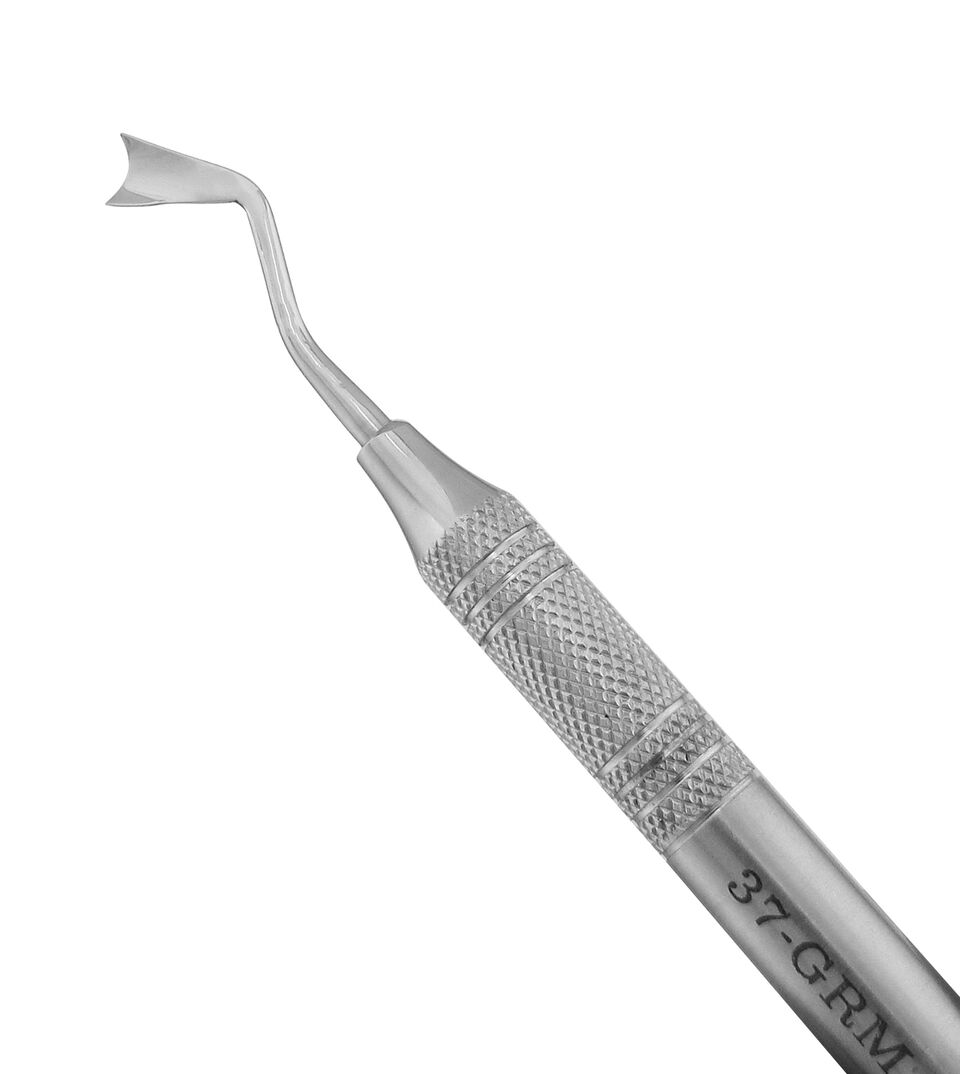 Gingival Retractors
Gingival Retractors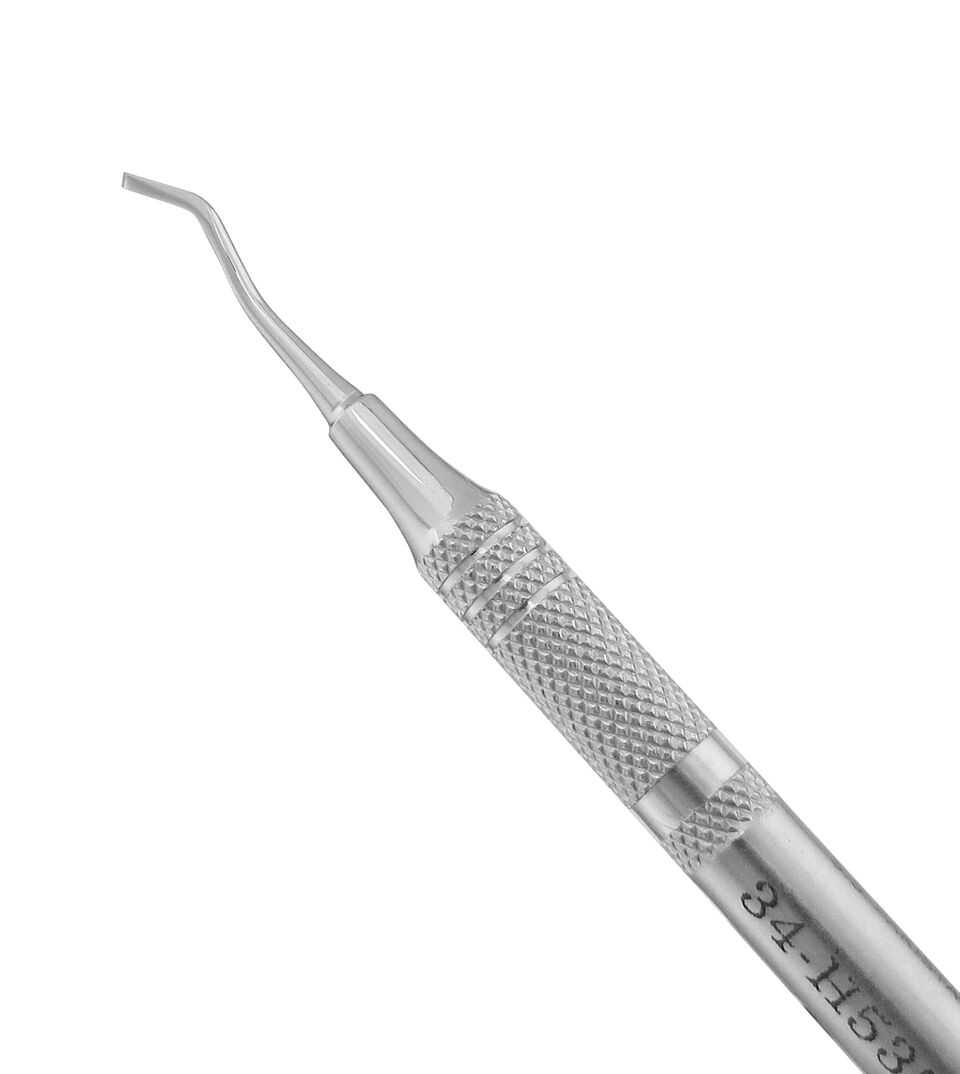 Hatchets
Hatchets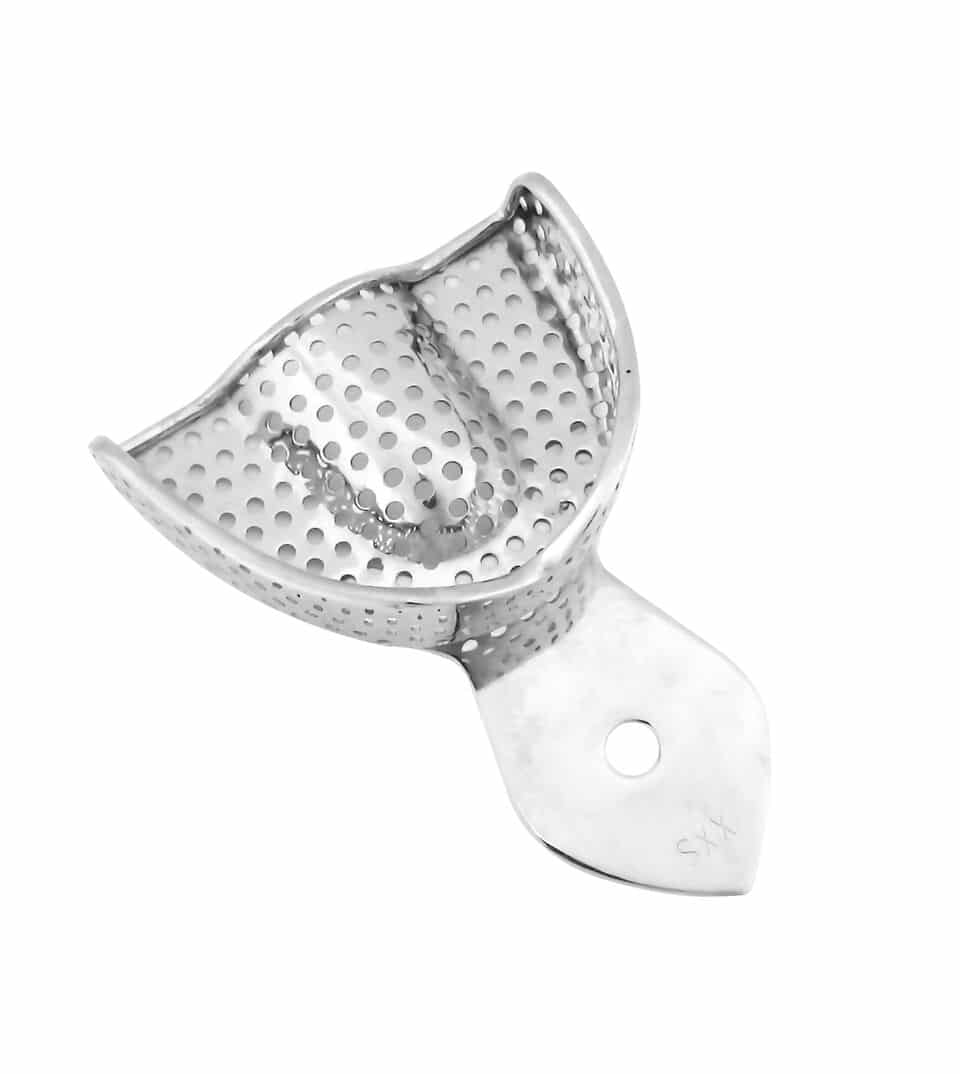 Impression Tray Sets
Impression Tray Sets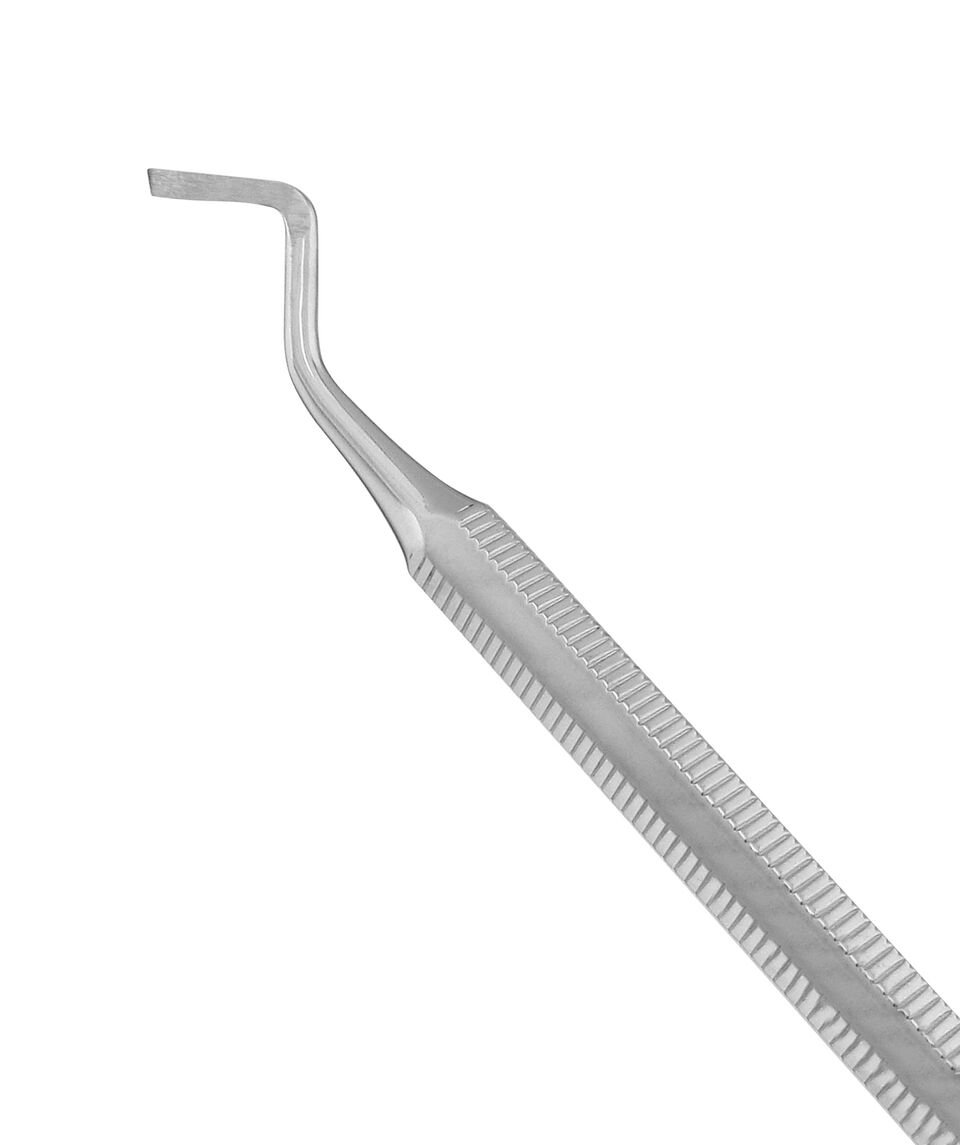 Margin Trimmers
Margin Trimmers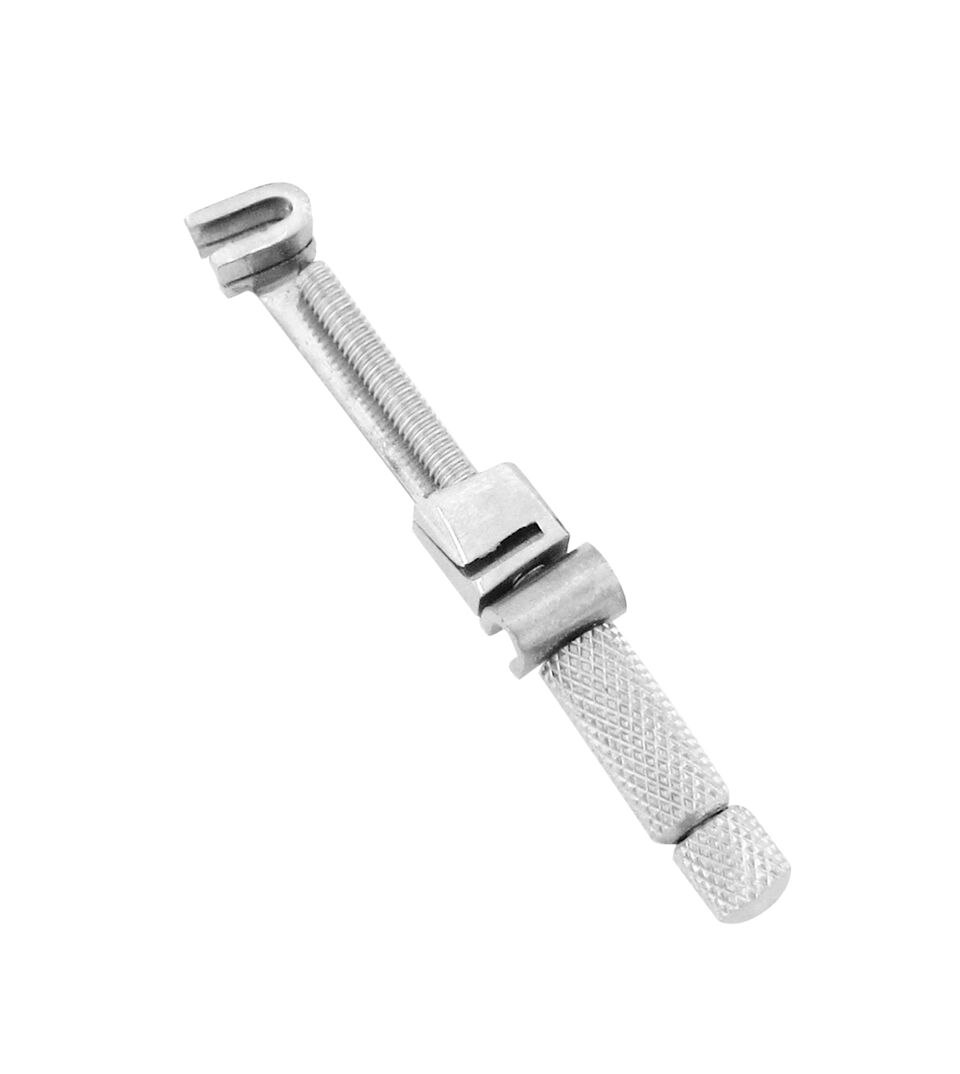 Matrix Retainers
Matrix Retainers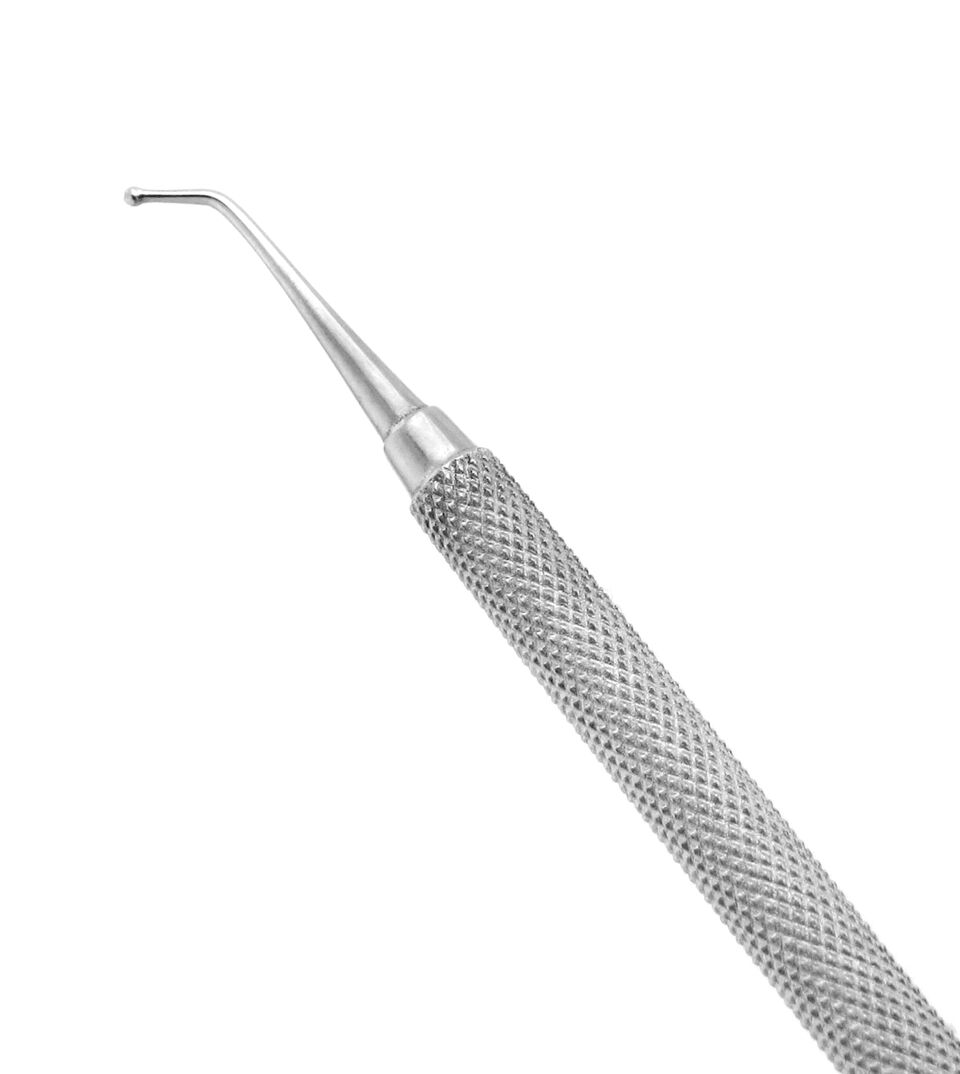 Placement Instruments
Placement Instruments Plaster Knives & Nippers
Plaster Knives & Nippers Plaster Spatulas
Plaster Spatulas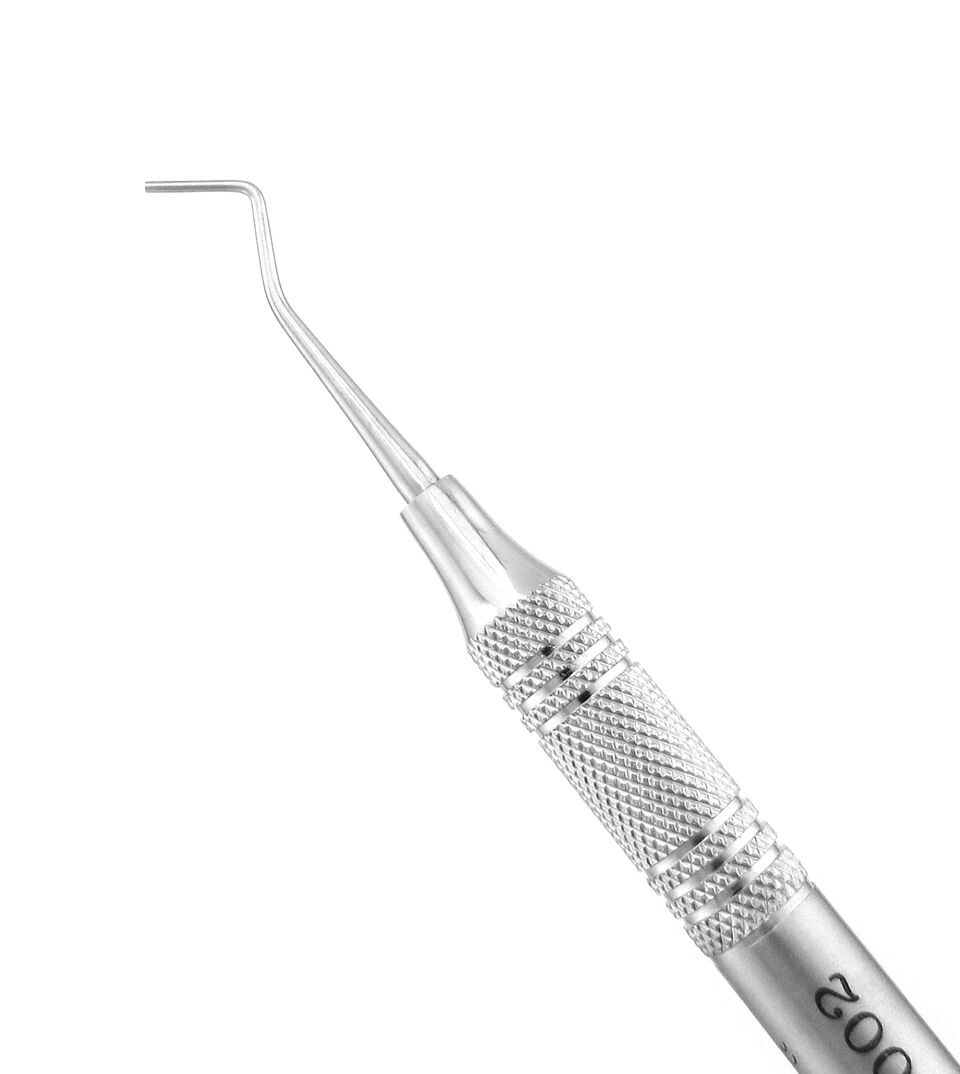 Pluggers/Condensers
Pluggers/Condensers Restorative Sets
Restorative Sets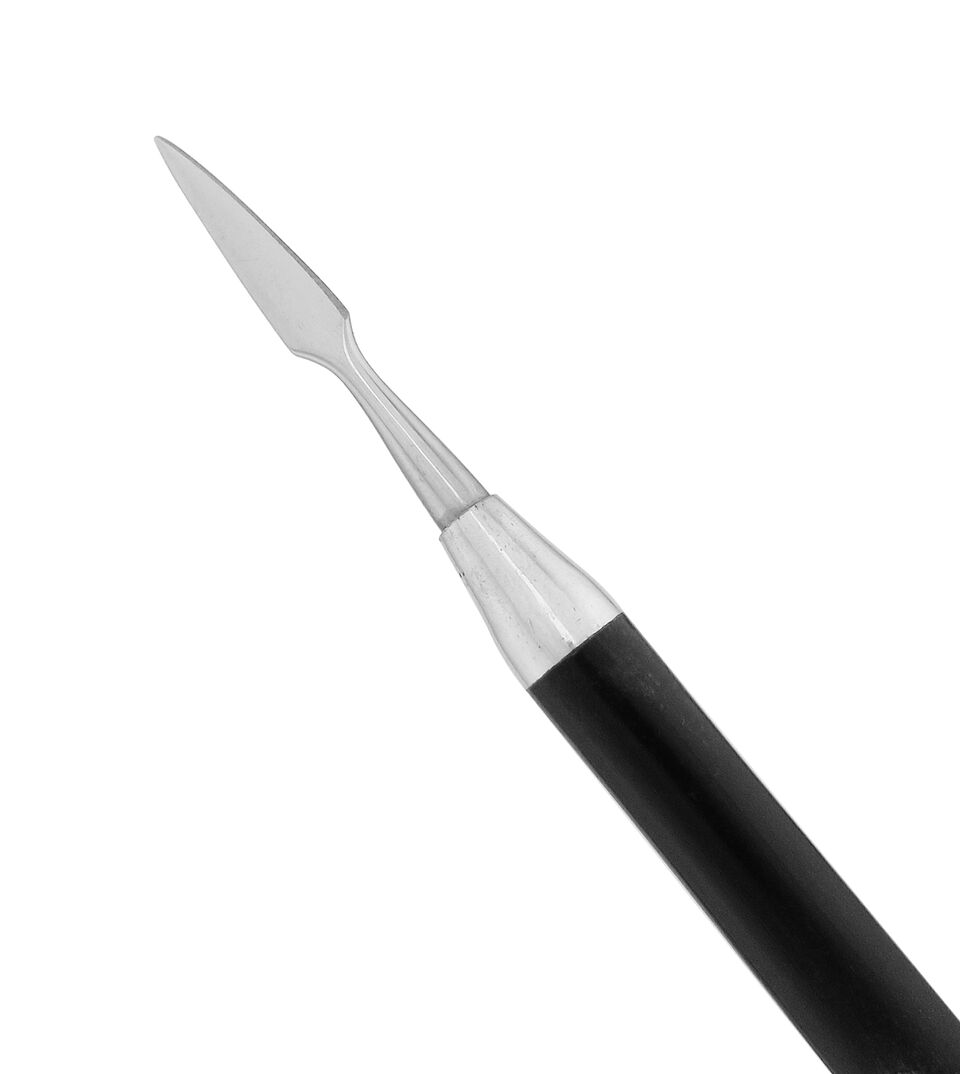 Wax & Porcelain Carvers
Wax & Porcelain Carvers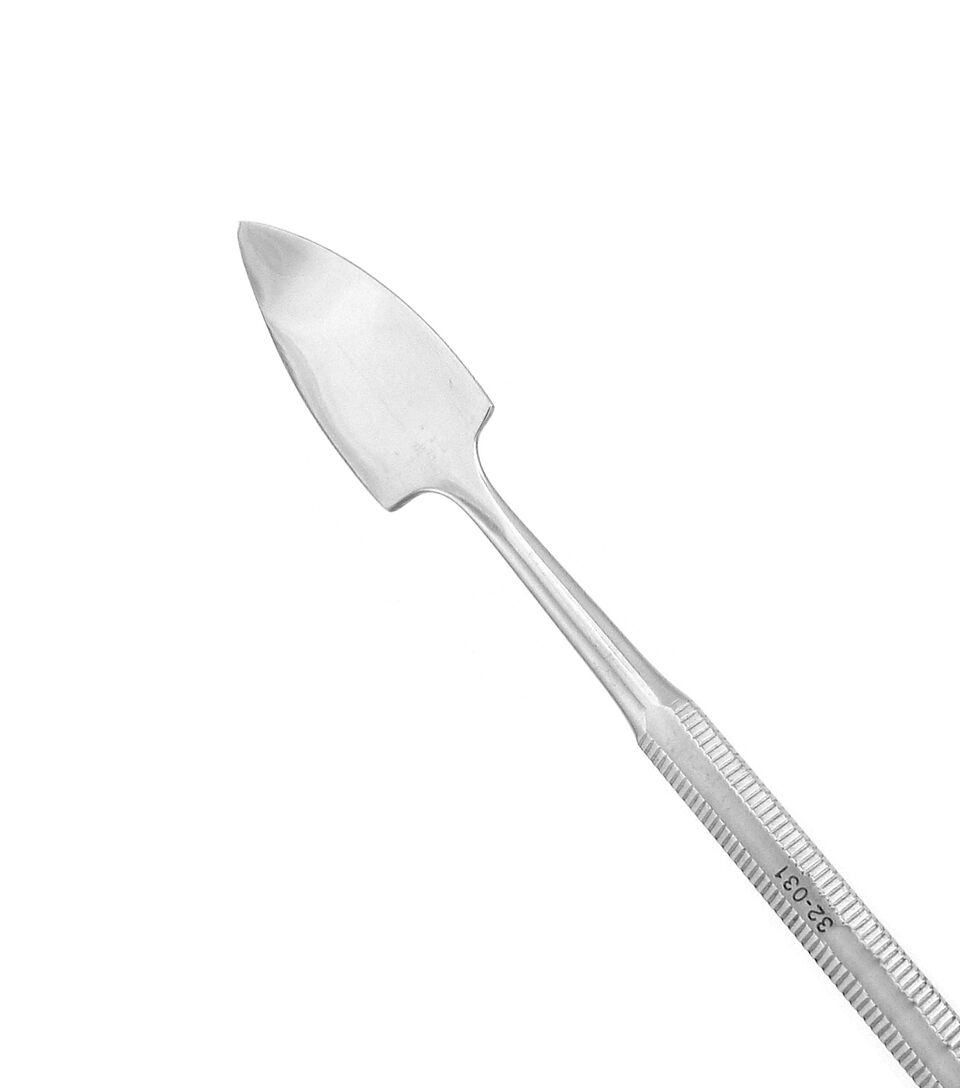 Wax Spatulas
Wax Spatulas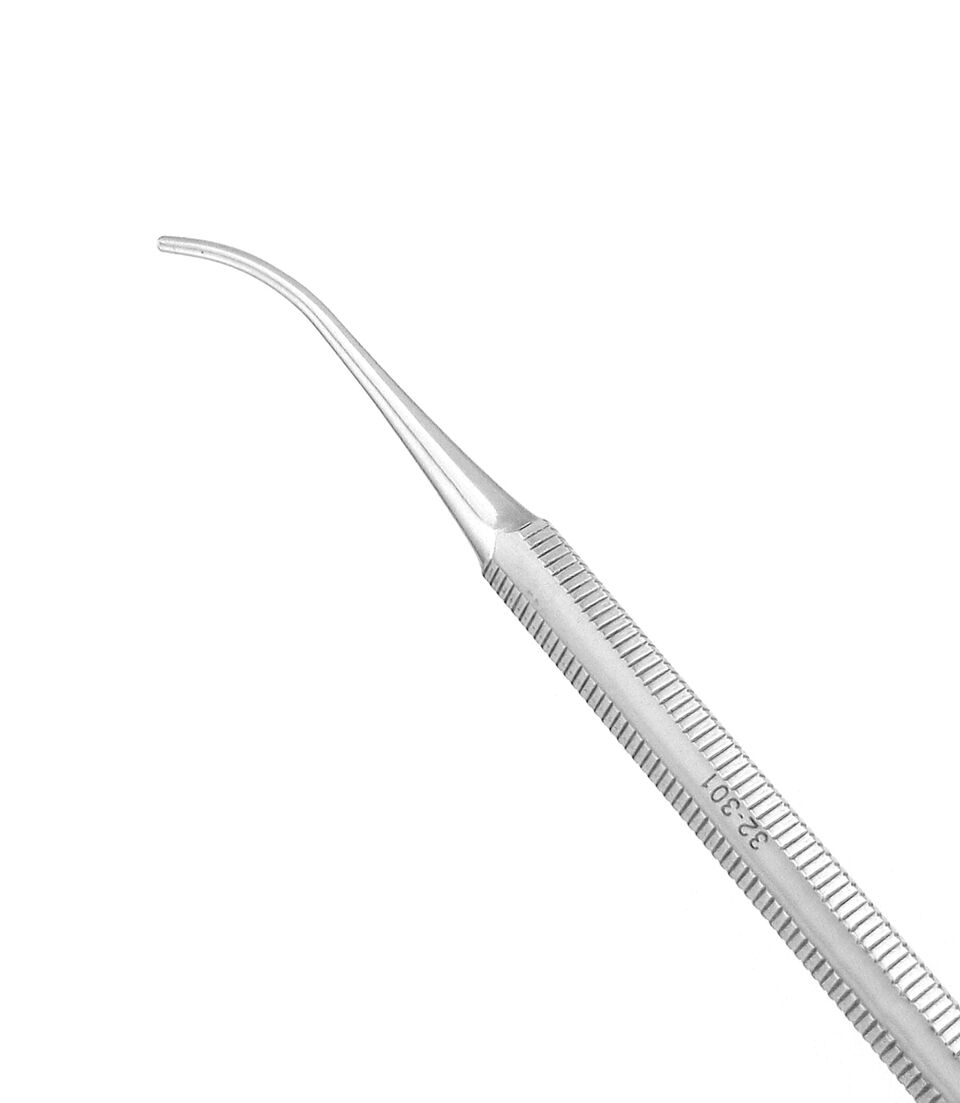 Waxing Instruments
Waxing Instruments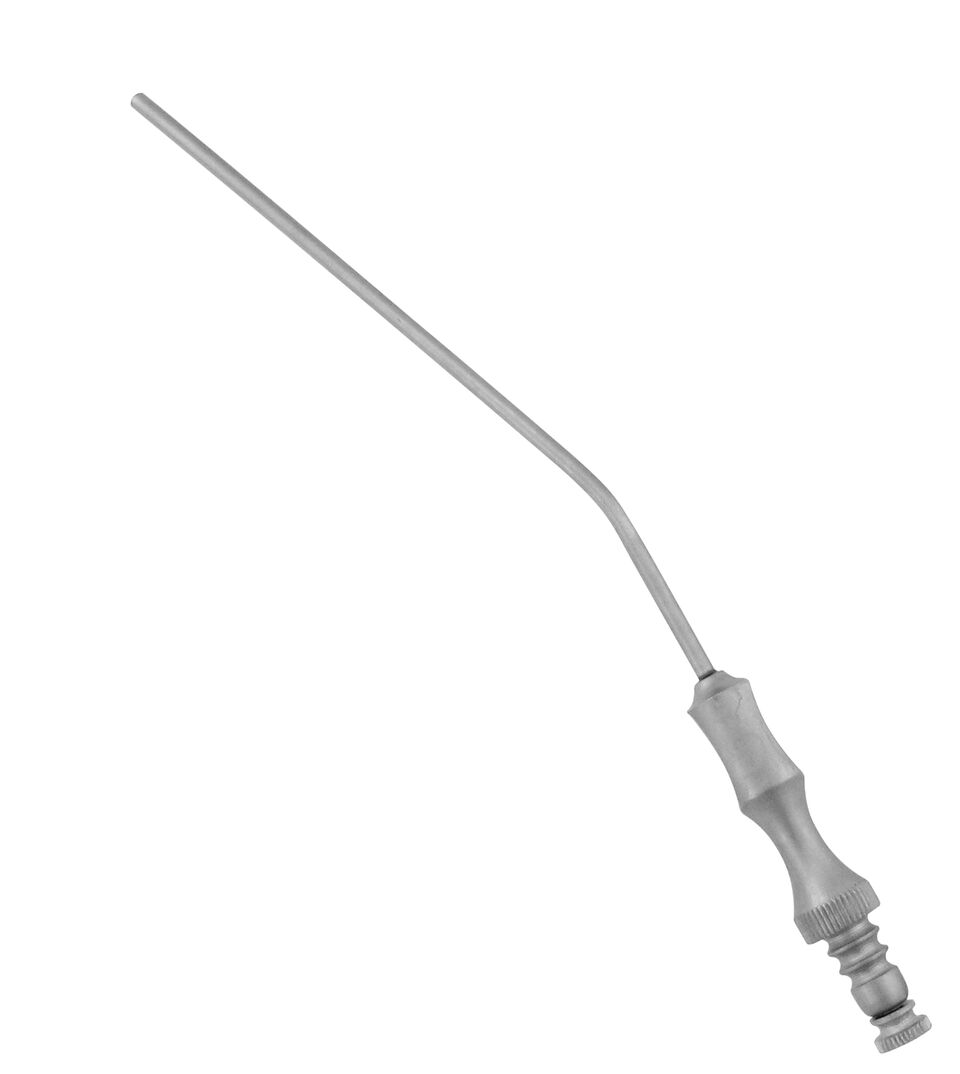 Aspirators
Aspirators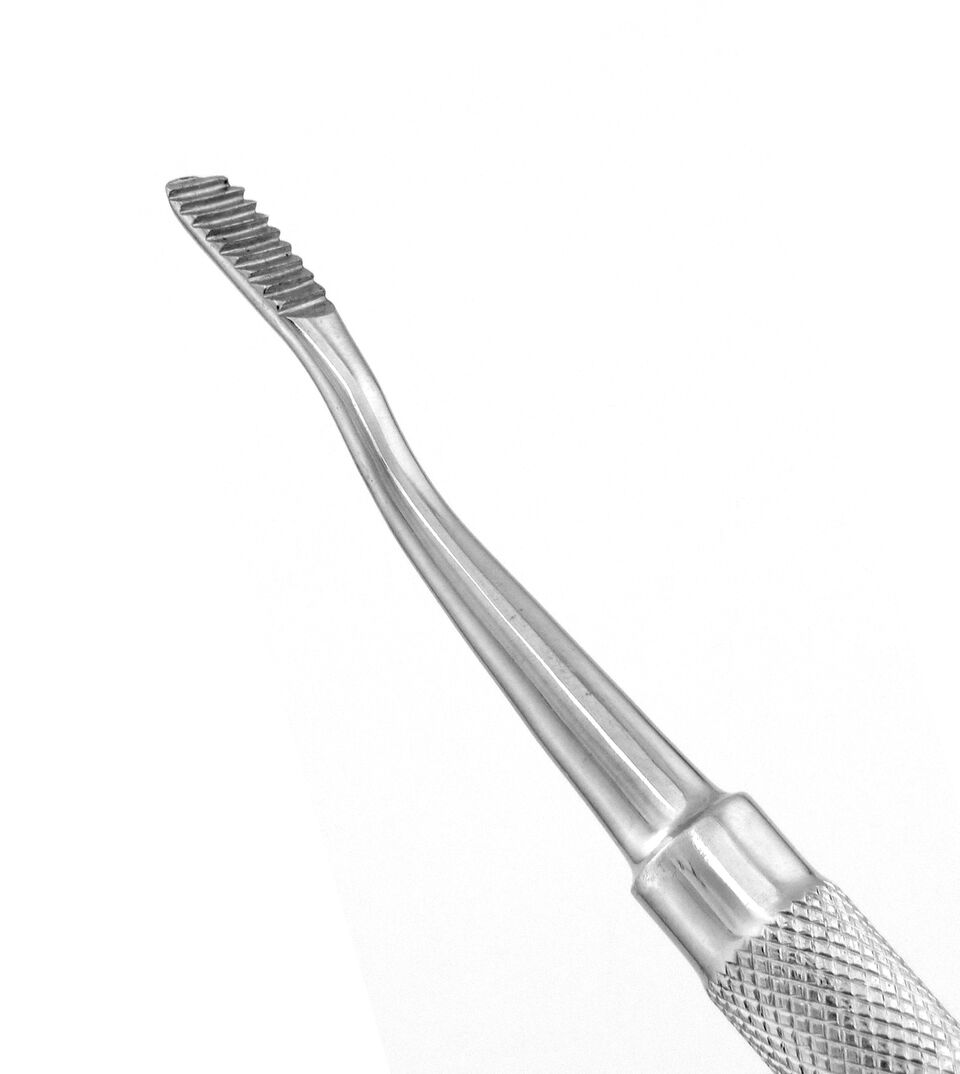 Bone Chisels
Bone Chisels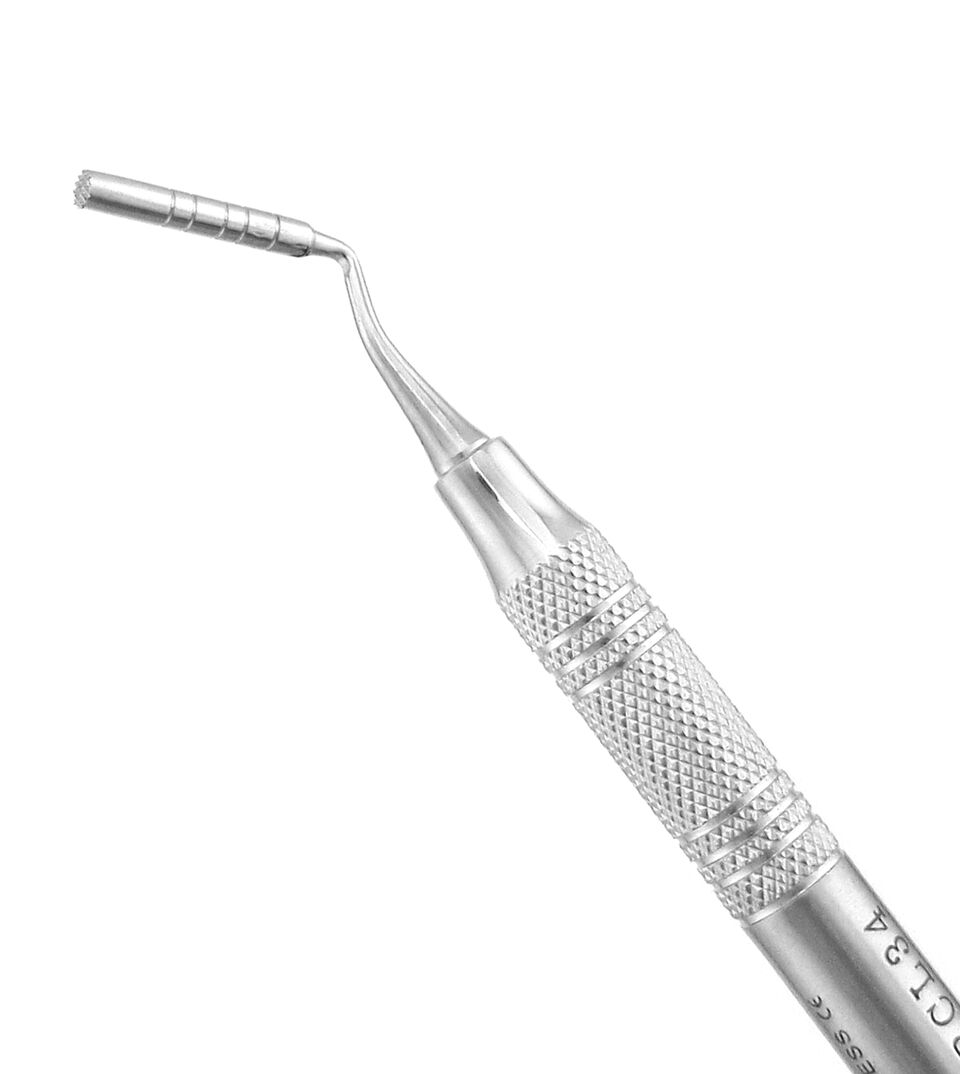 Bone Grafting Instruments
Bone Grafting Instruments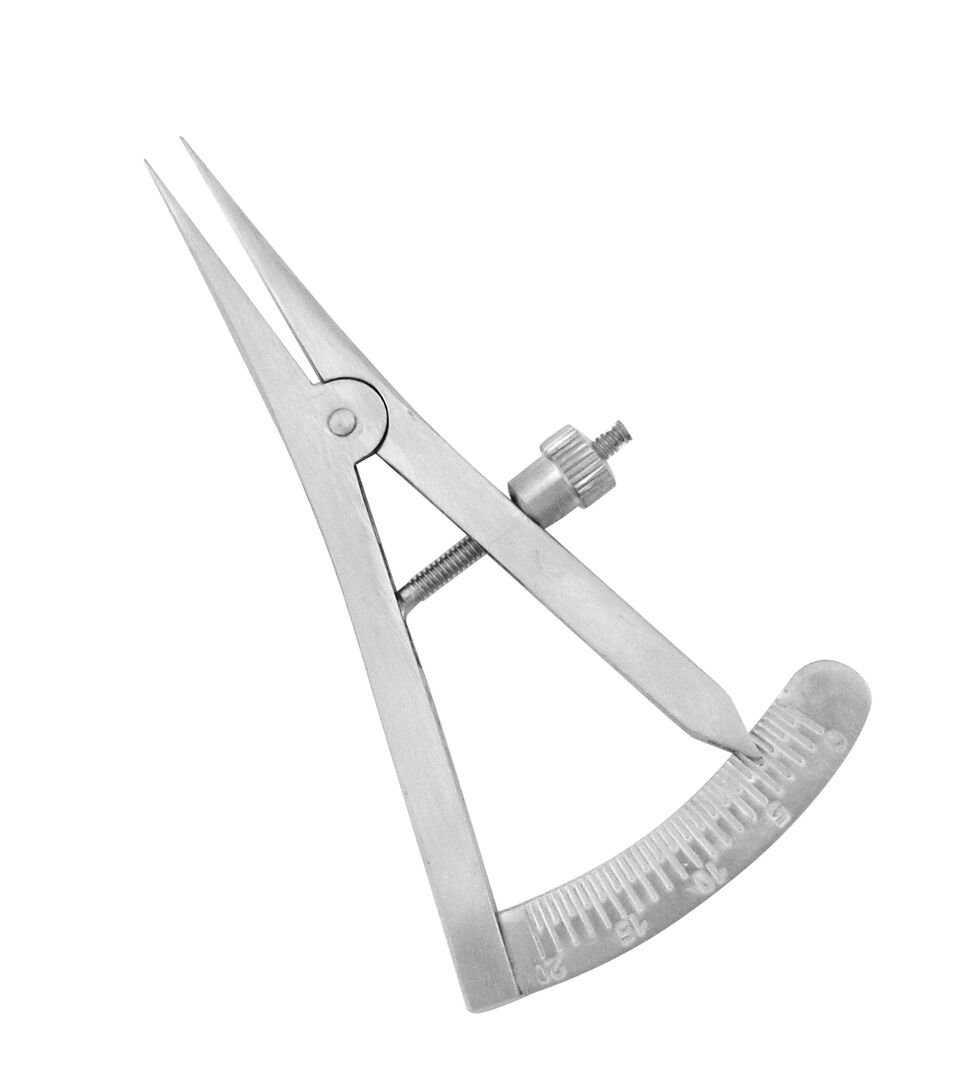 Calipers
Calipers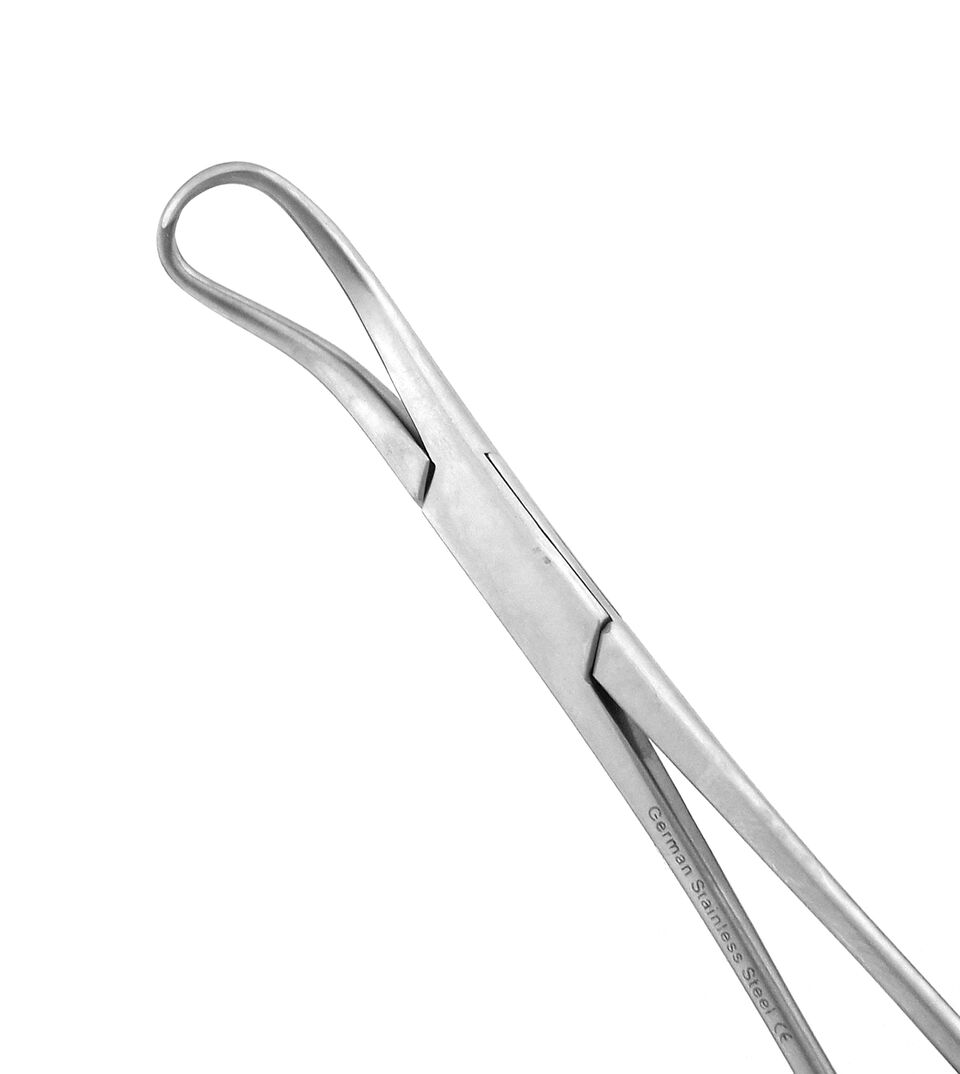 Clamps
Clamps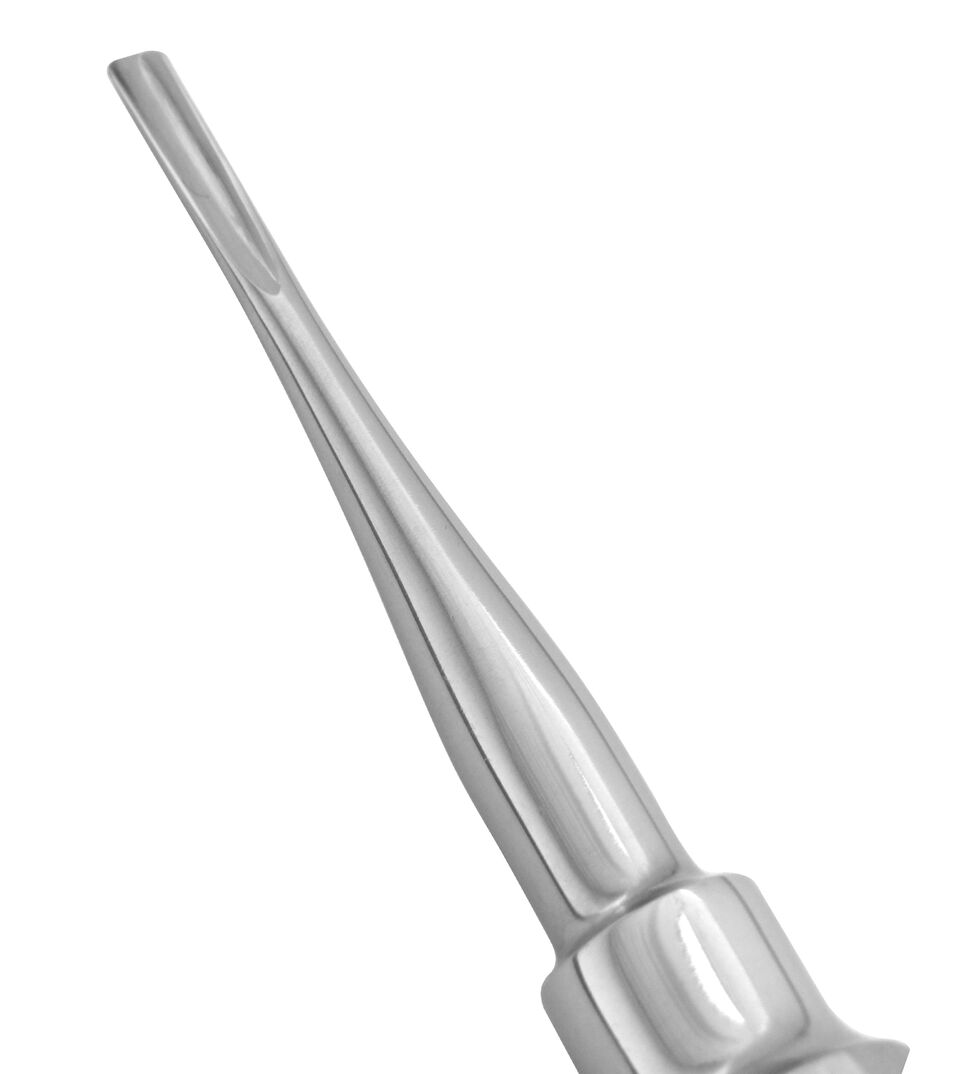 Dental Elevators
Dental Elevators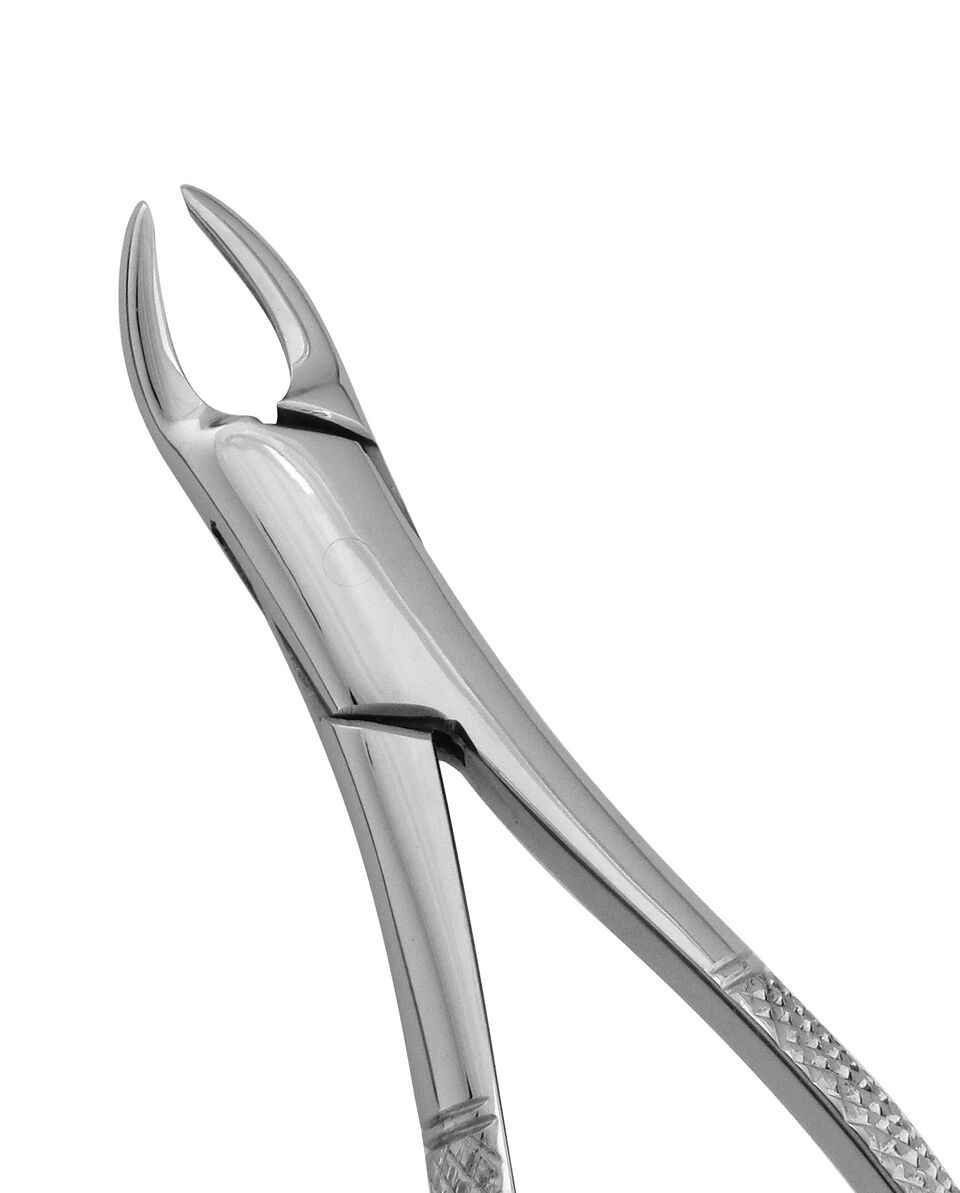 Extraction Forceps
Extraction Forceps Hemostats & Forceps
Hemostats & Forceps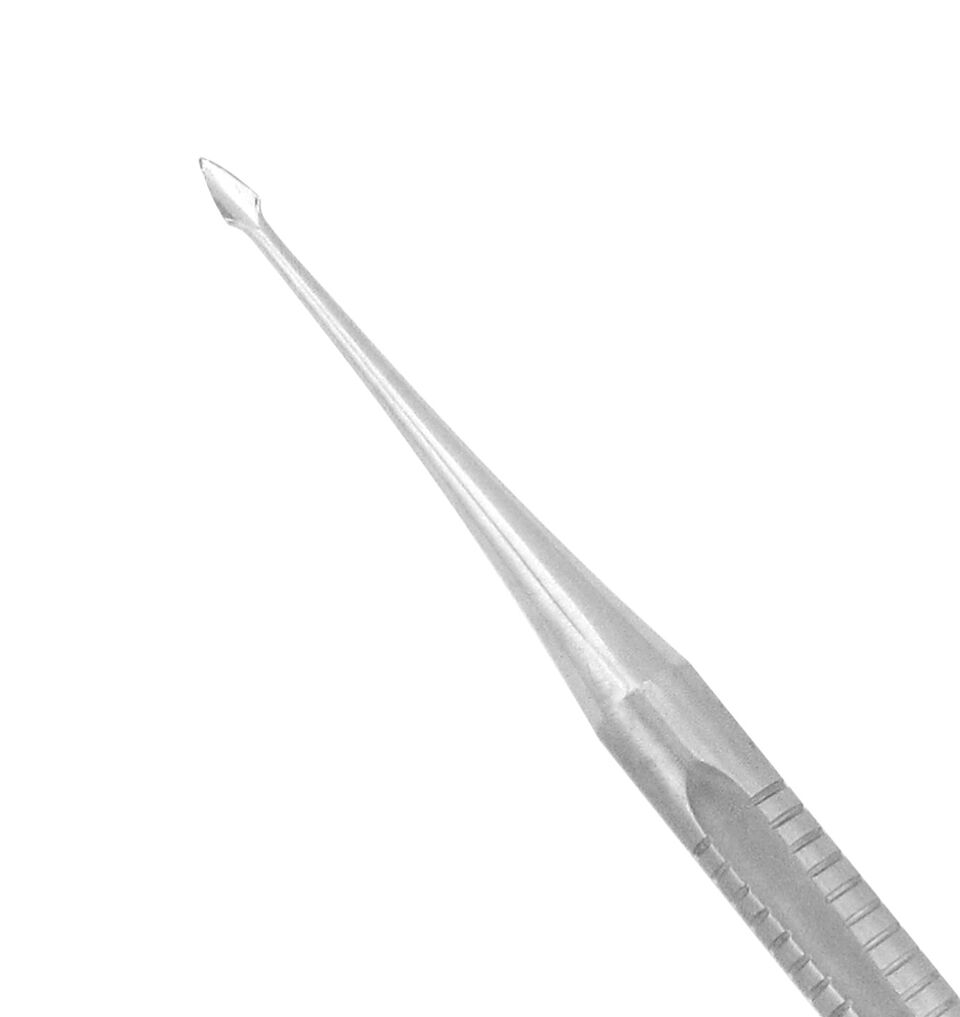 Hybrid Instruments
Hybrid Instruments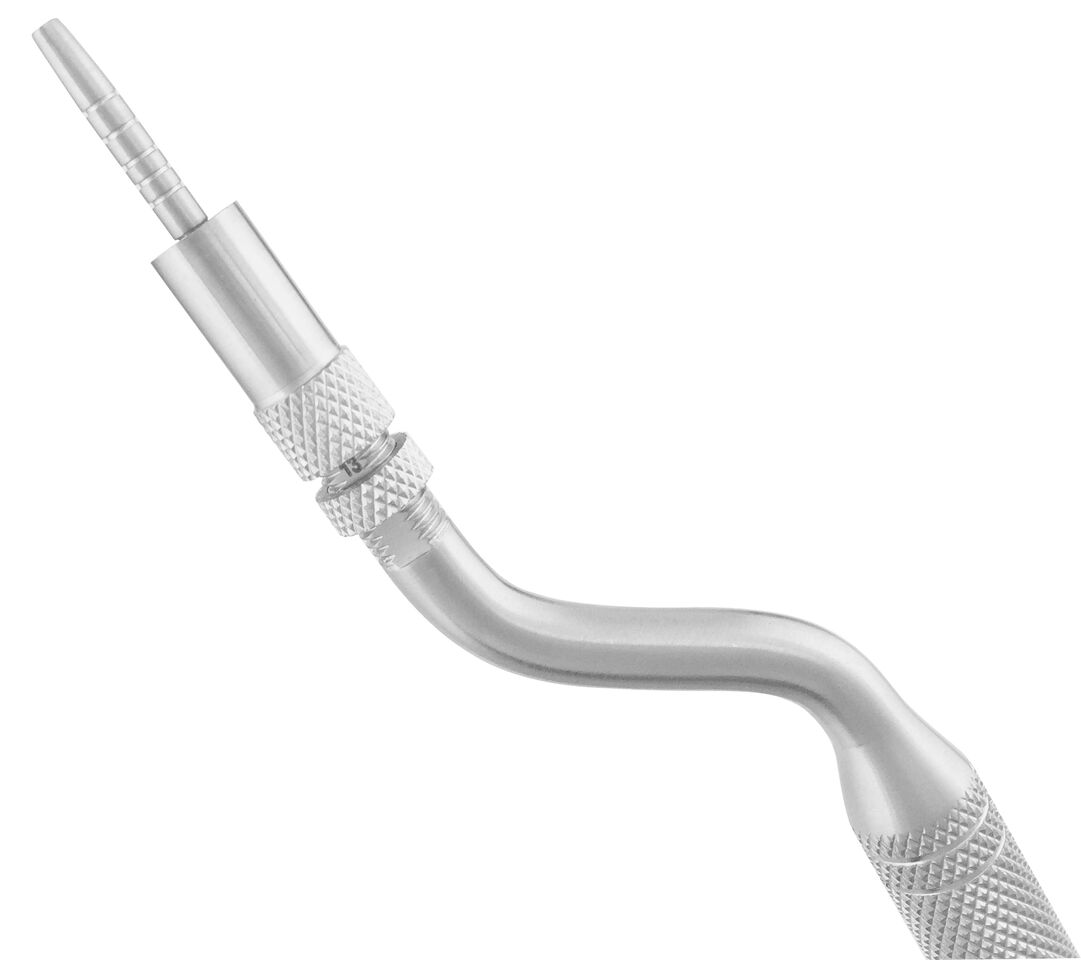 Implant Instruments
Implant Instruments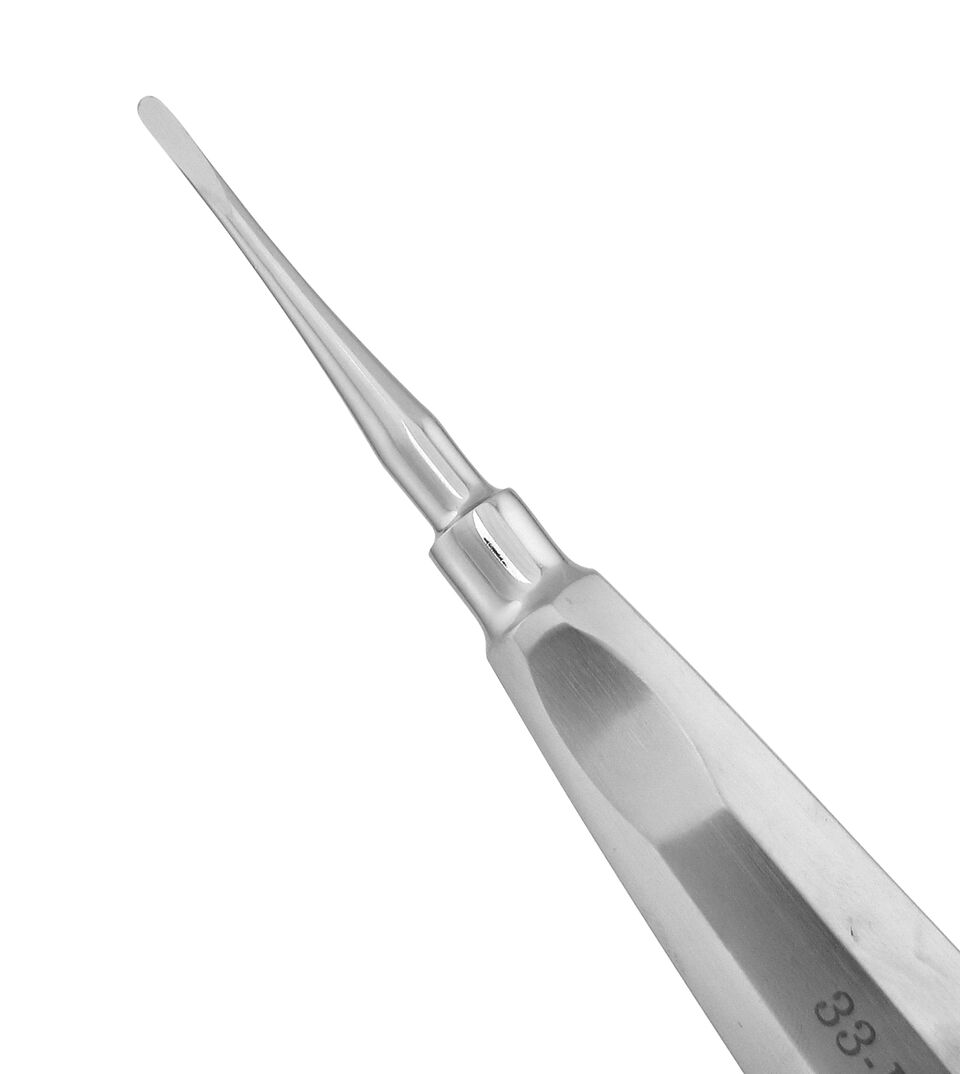 Luxating Elevators
Luxating Elevators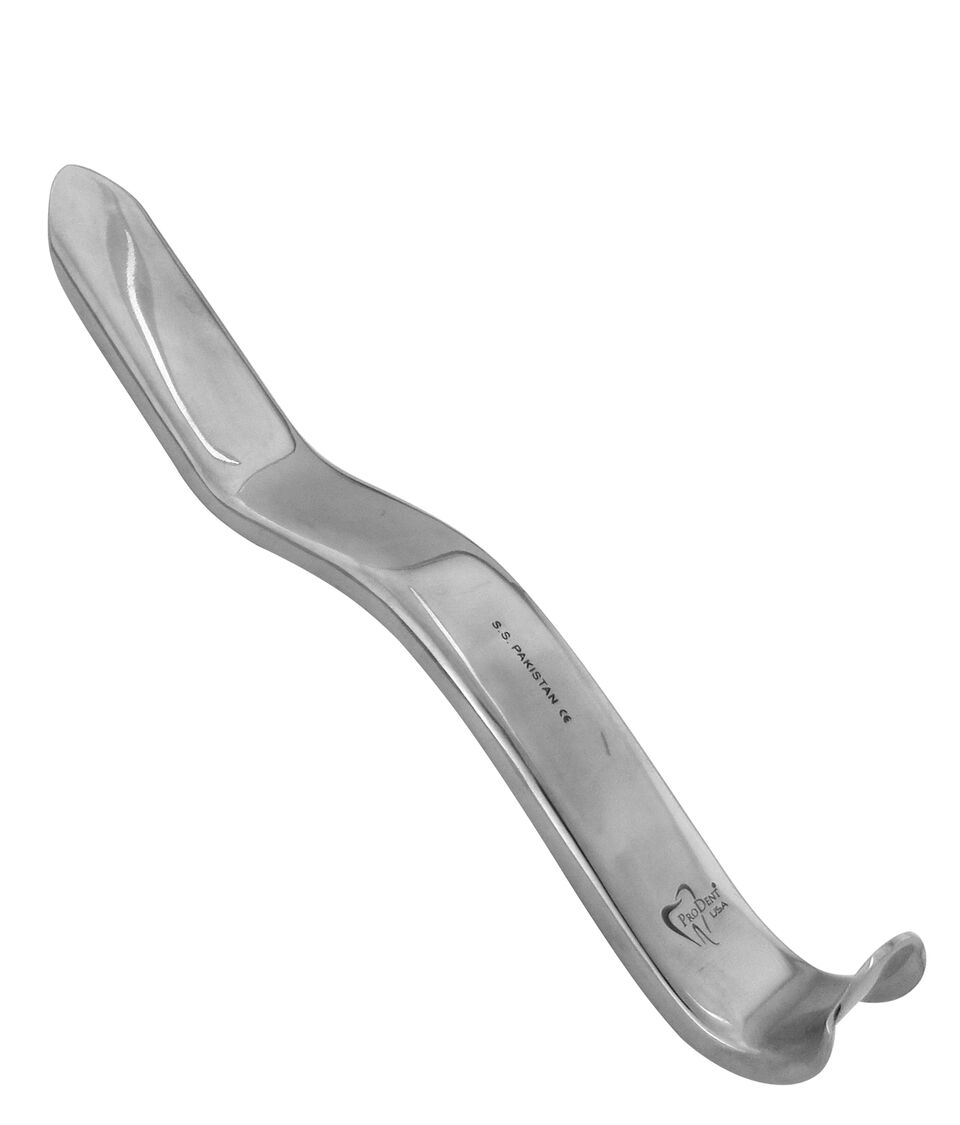 Mouth Gags & Retractors
Mouth Gags & Retractors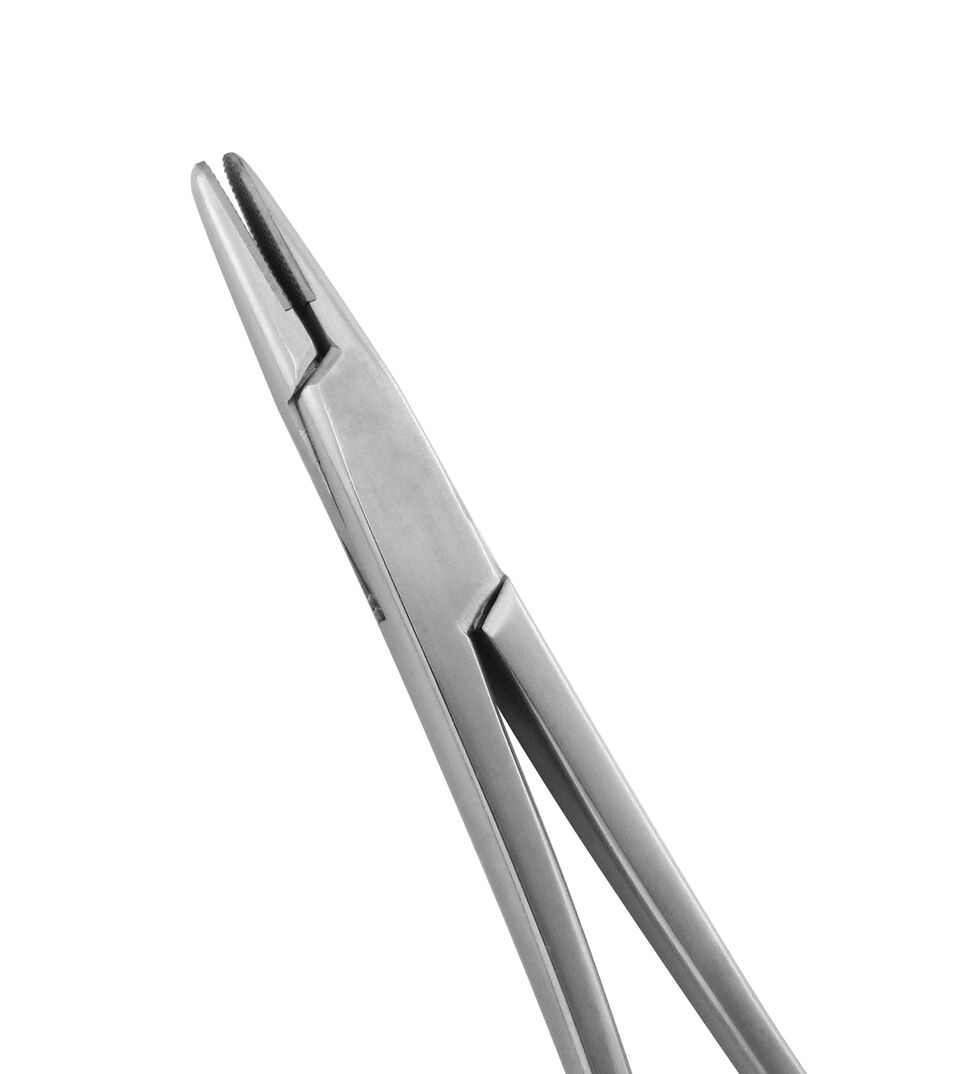 Needle Holders
Needle Holders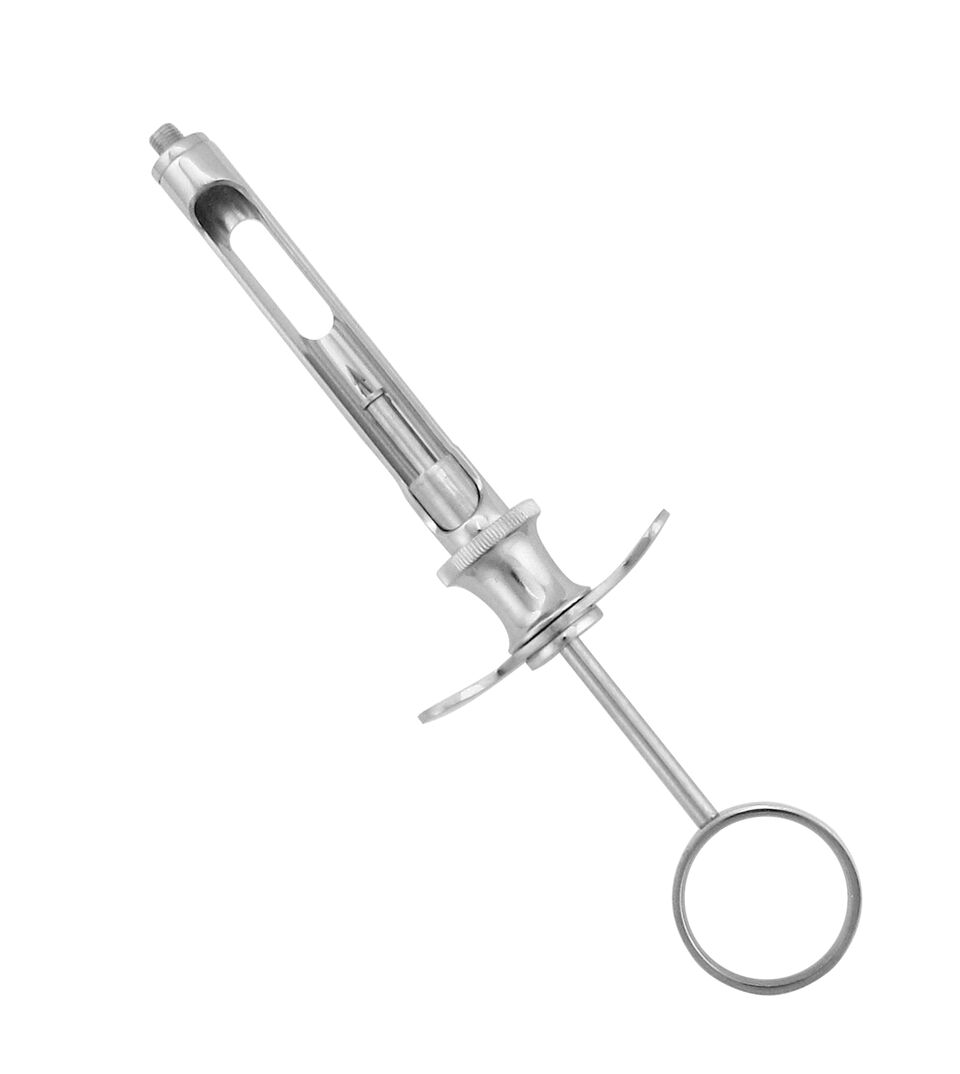 Oral Surgery Aspirating Syringes
Oral Surgery Aspirating Syringes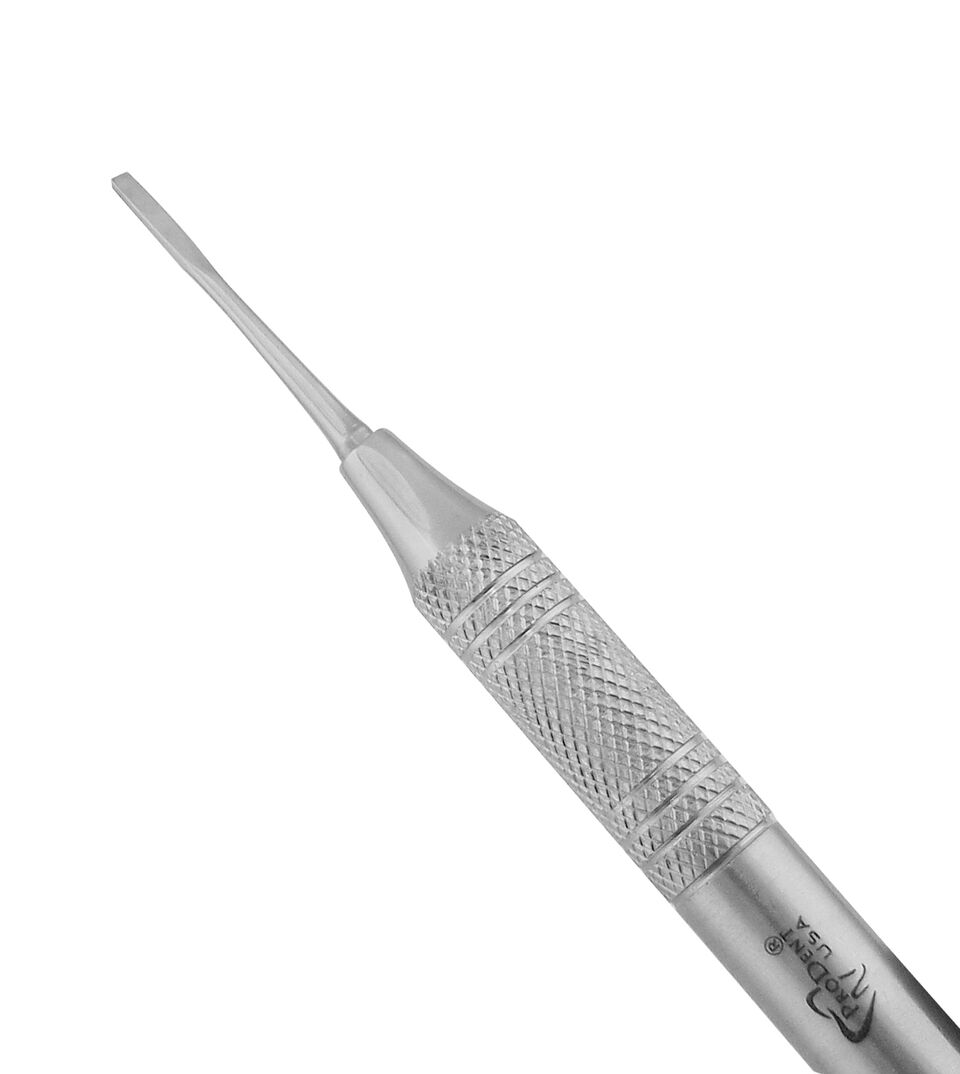 Periodontal Surgical Instruments
Periodontal Surgical Instruments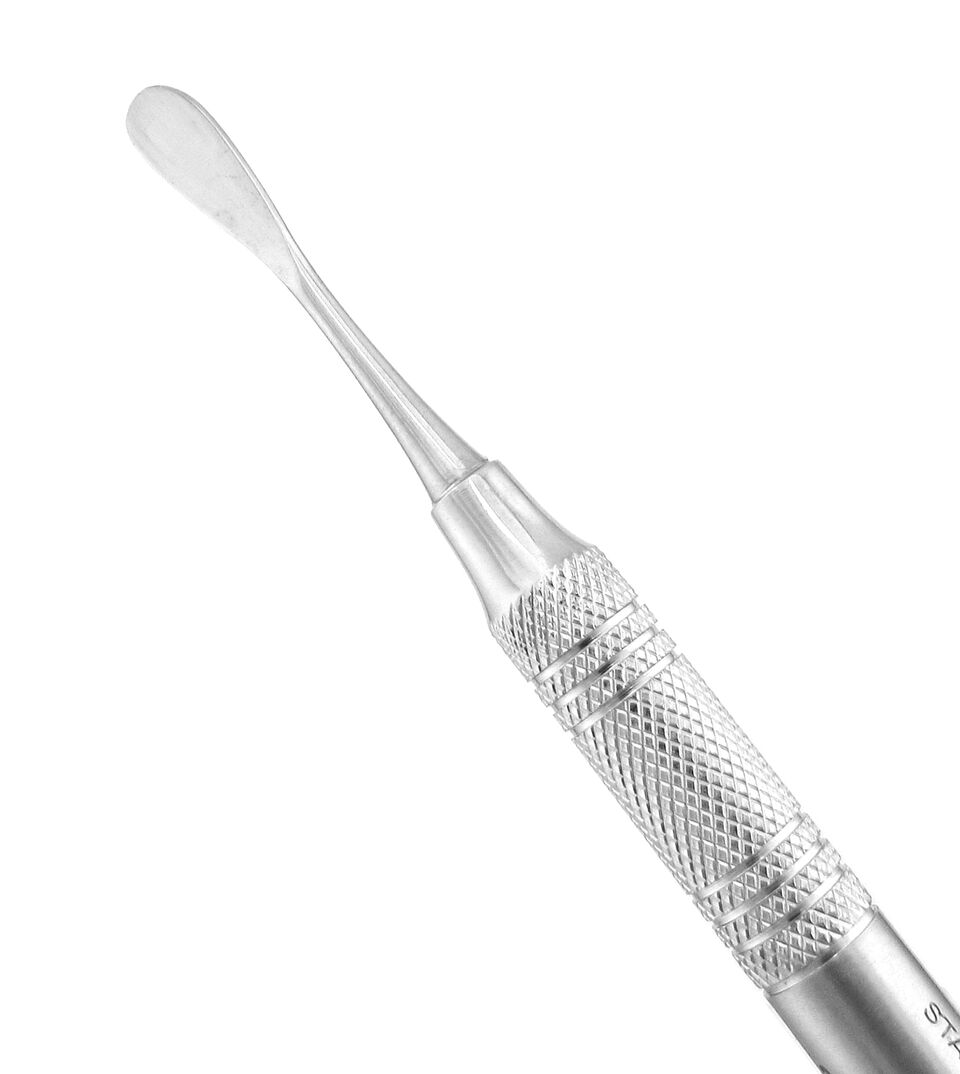 Periosteal Elevators
Periosteal Elevators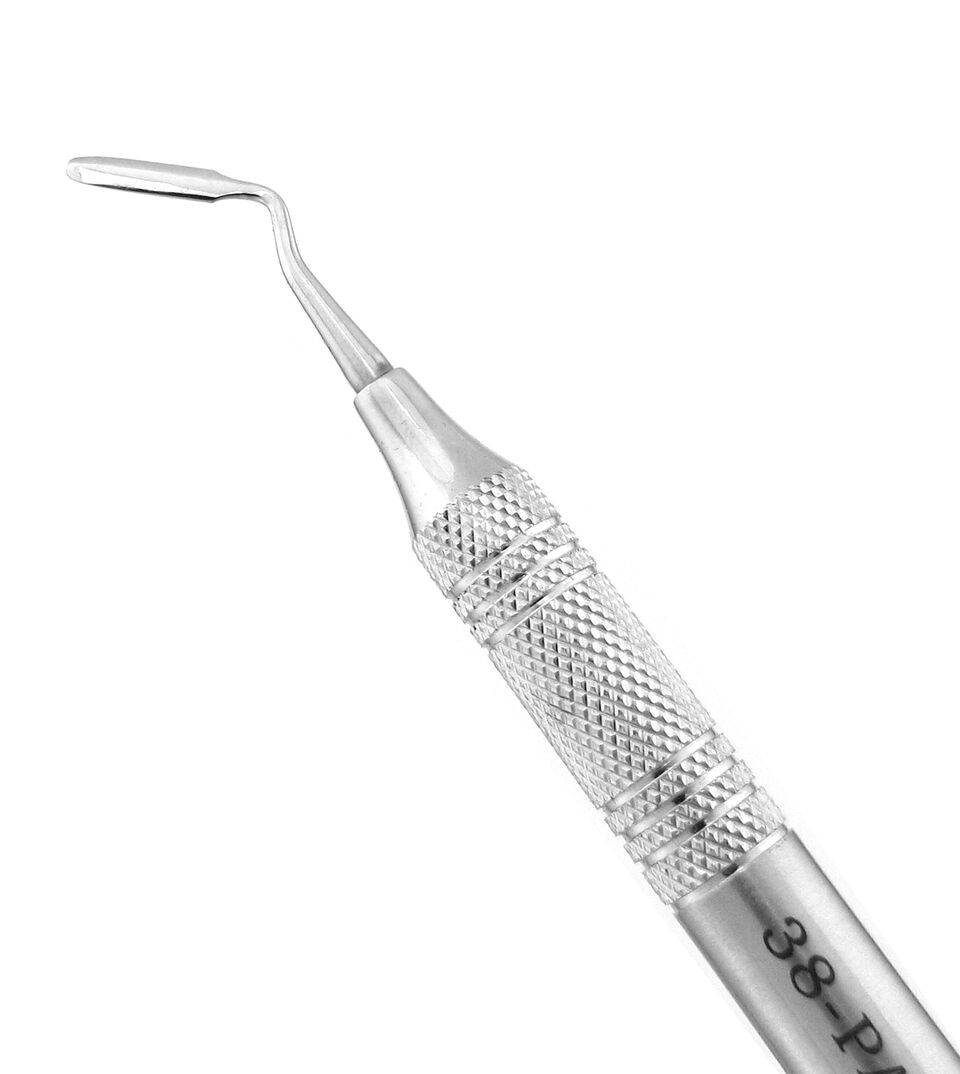 Periotomes
Periotomes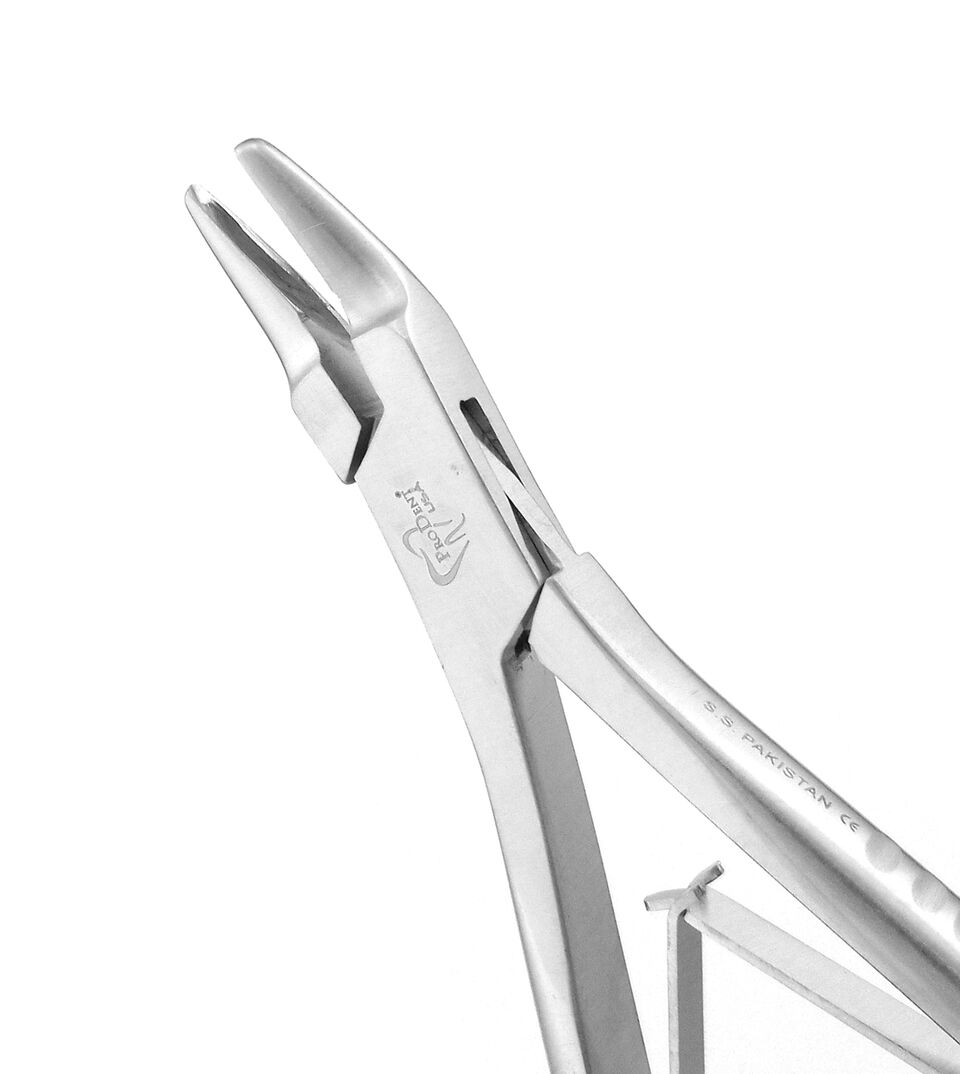 Rongeurs
Rongeurs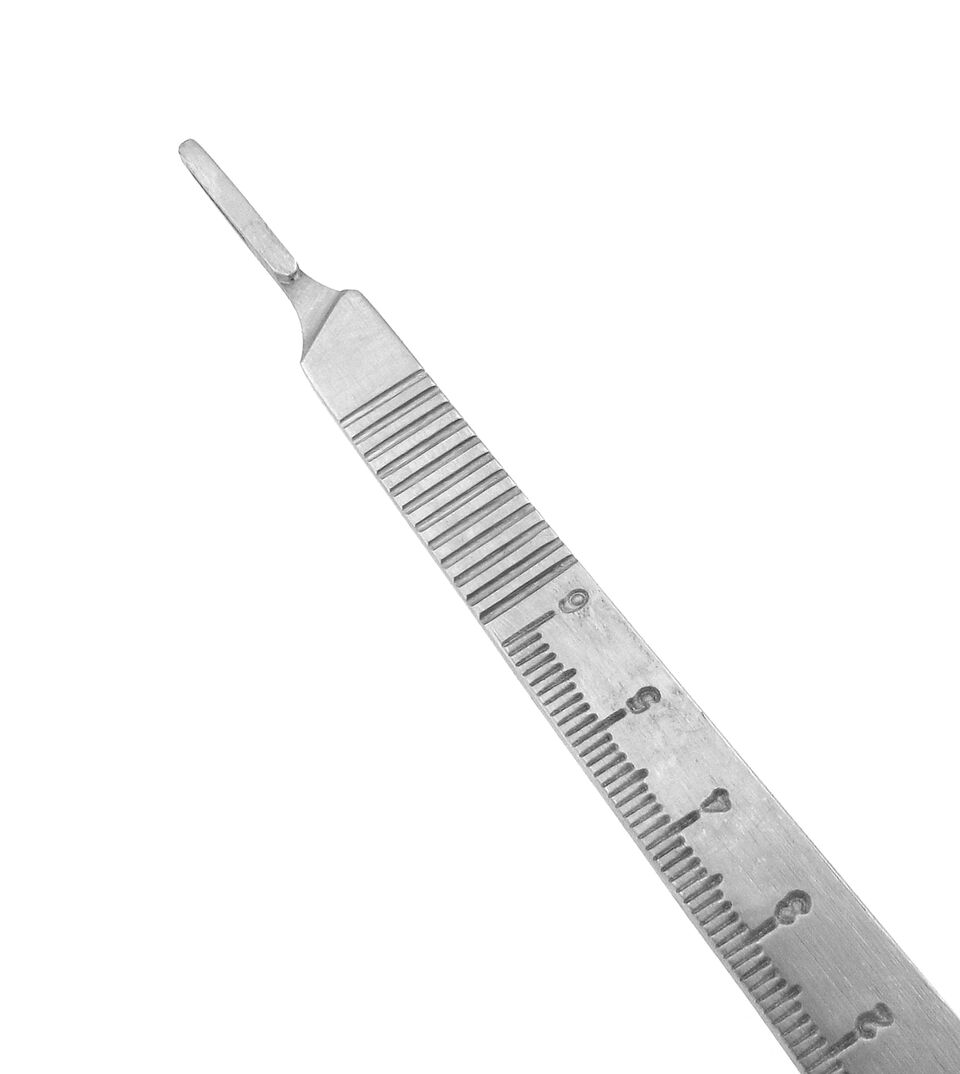 Scalpel Handles
Scalpel Handles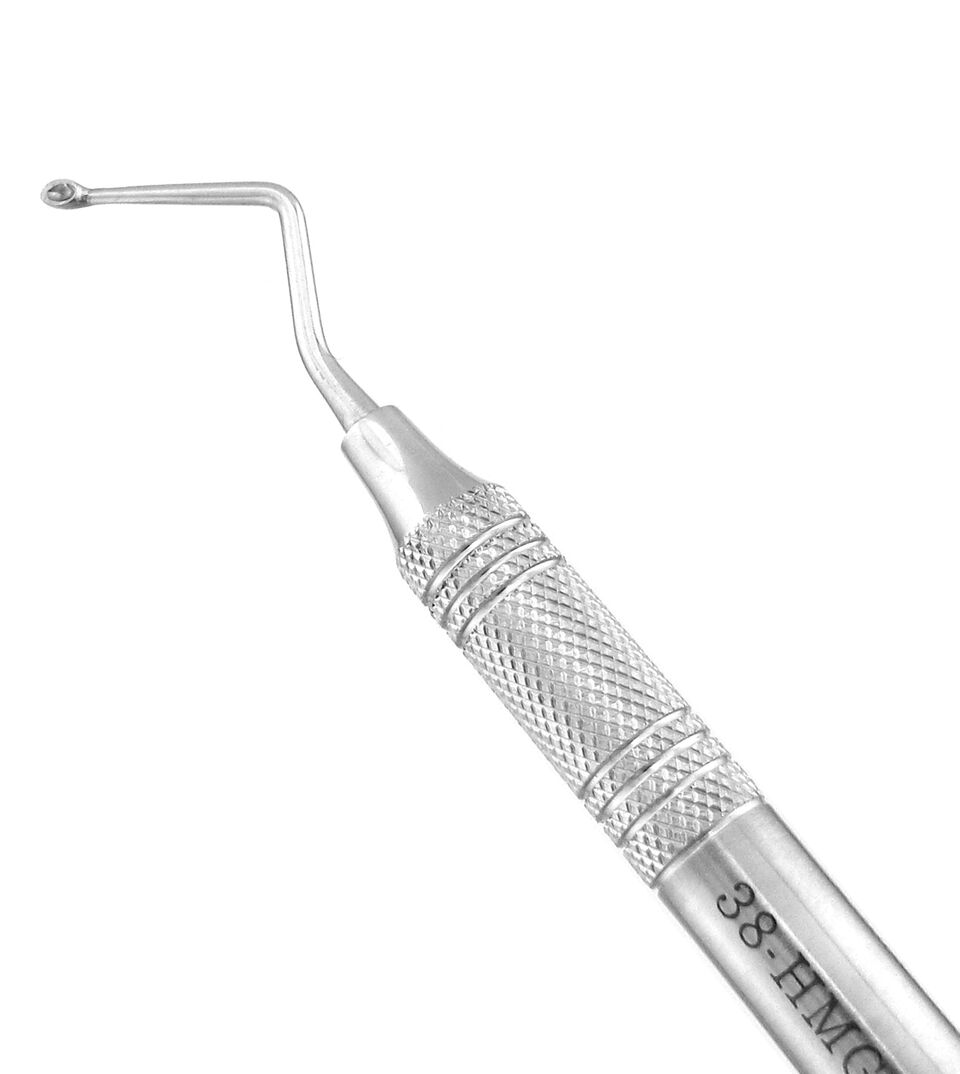 Surgical Curettes
Surgical Curettes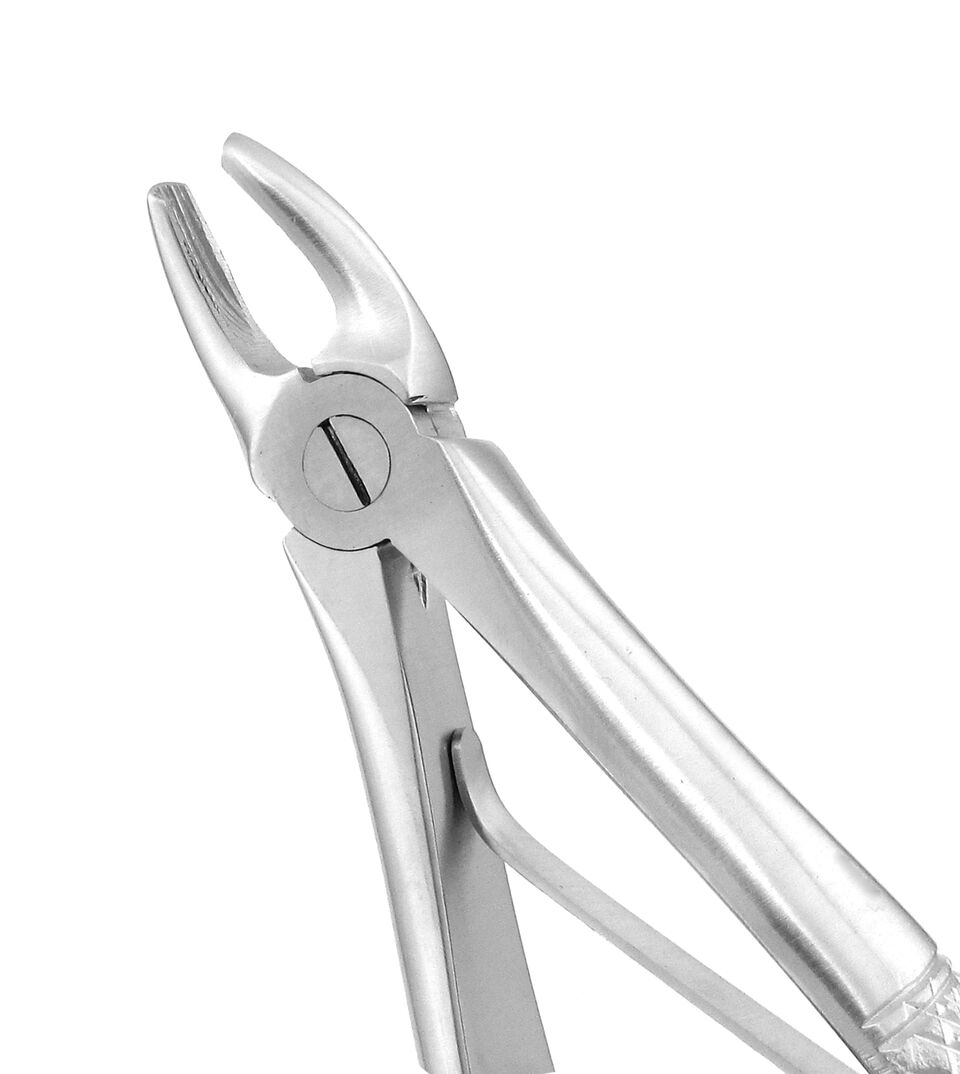 Surgical Pediatric Forceps
Surgical Pediatric Forceps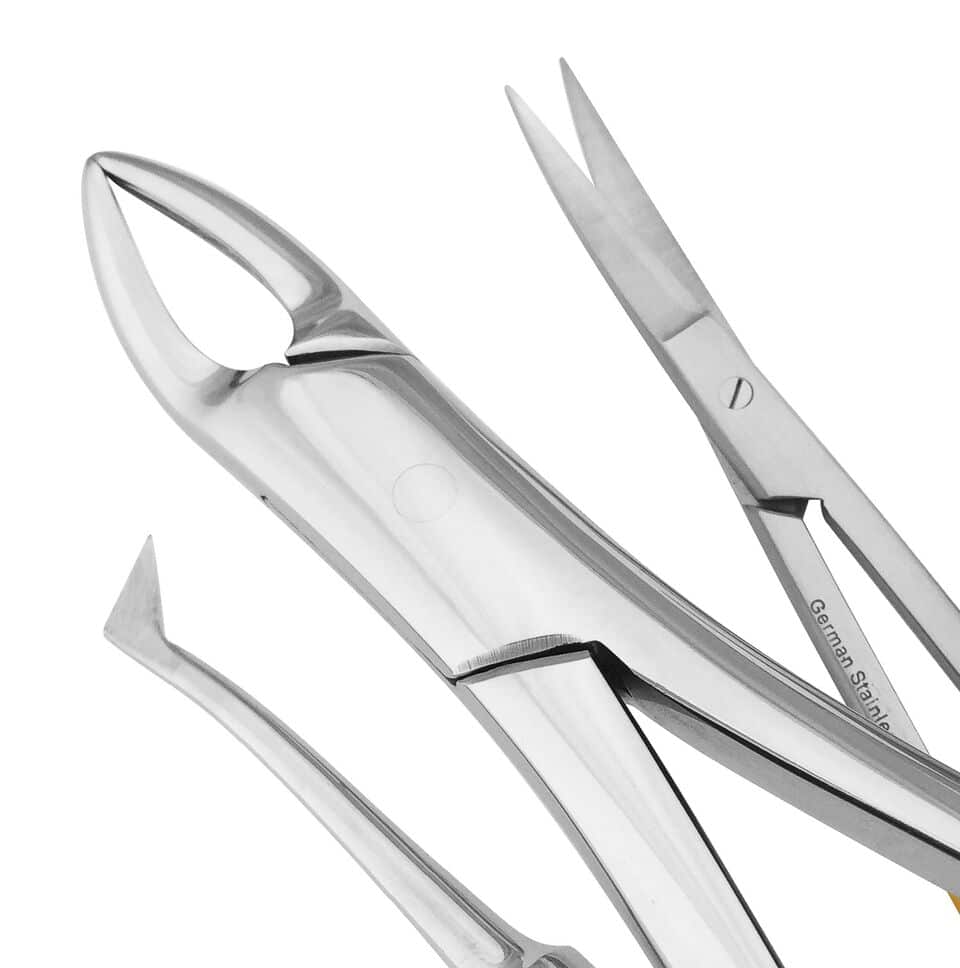 Surgical Sets
Surgical Sets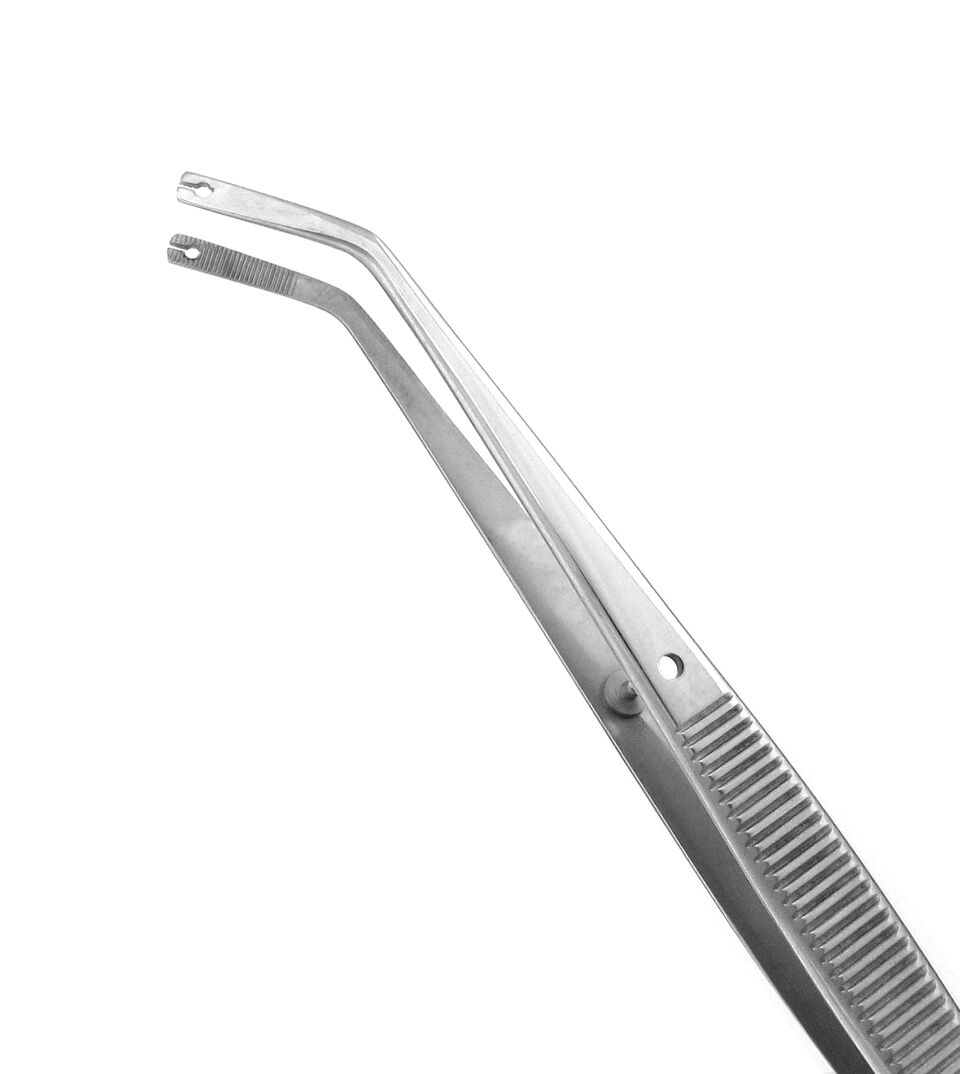 Suture Forceps
Suture Forceps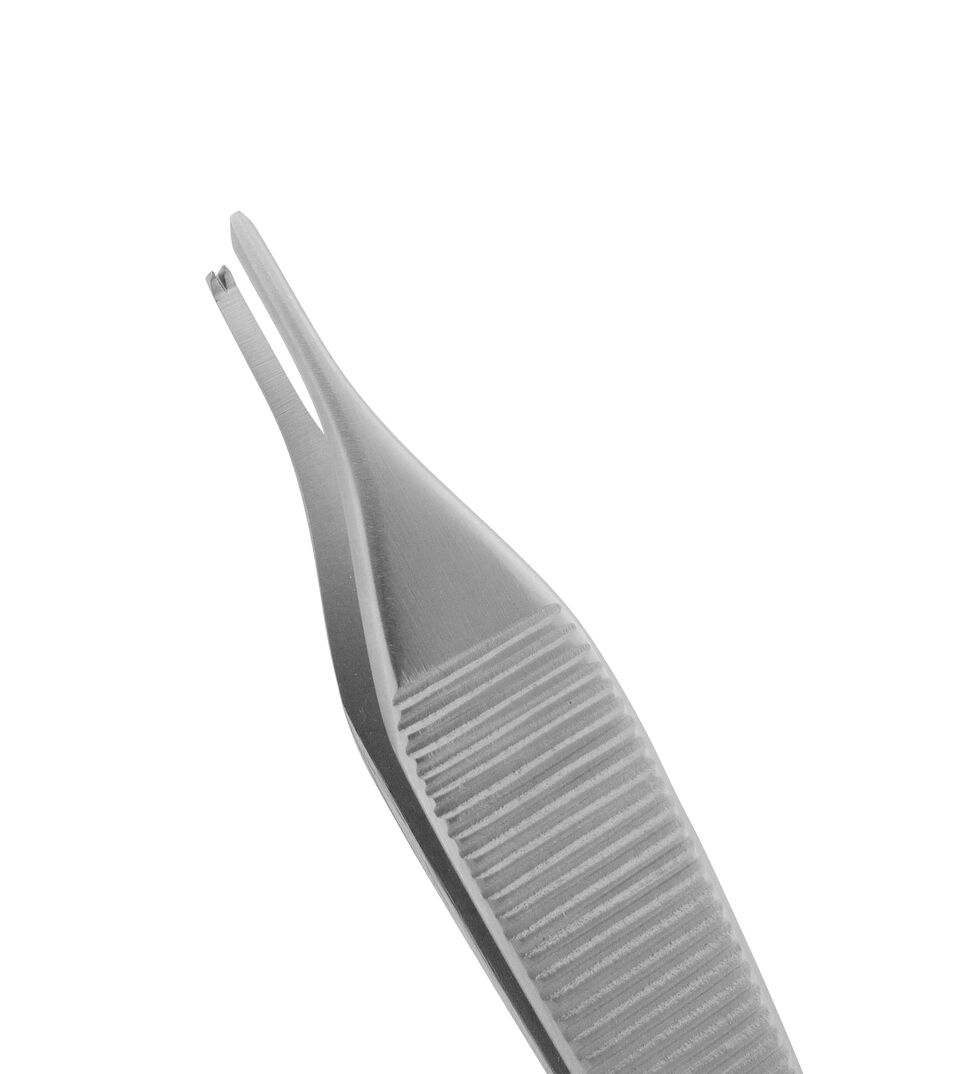 Tissue & Dressing Forceps
Tissue & Dressing Forceps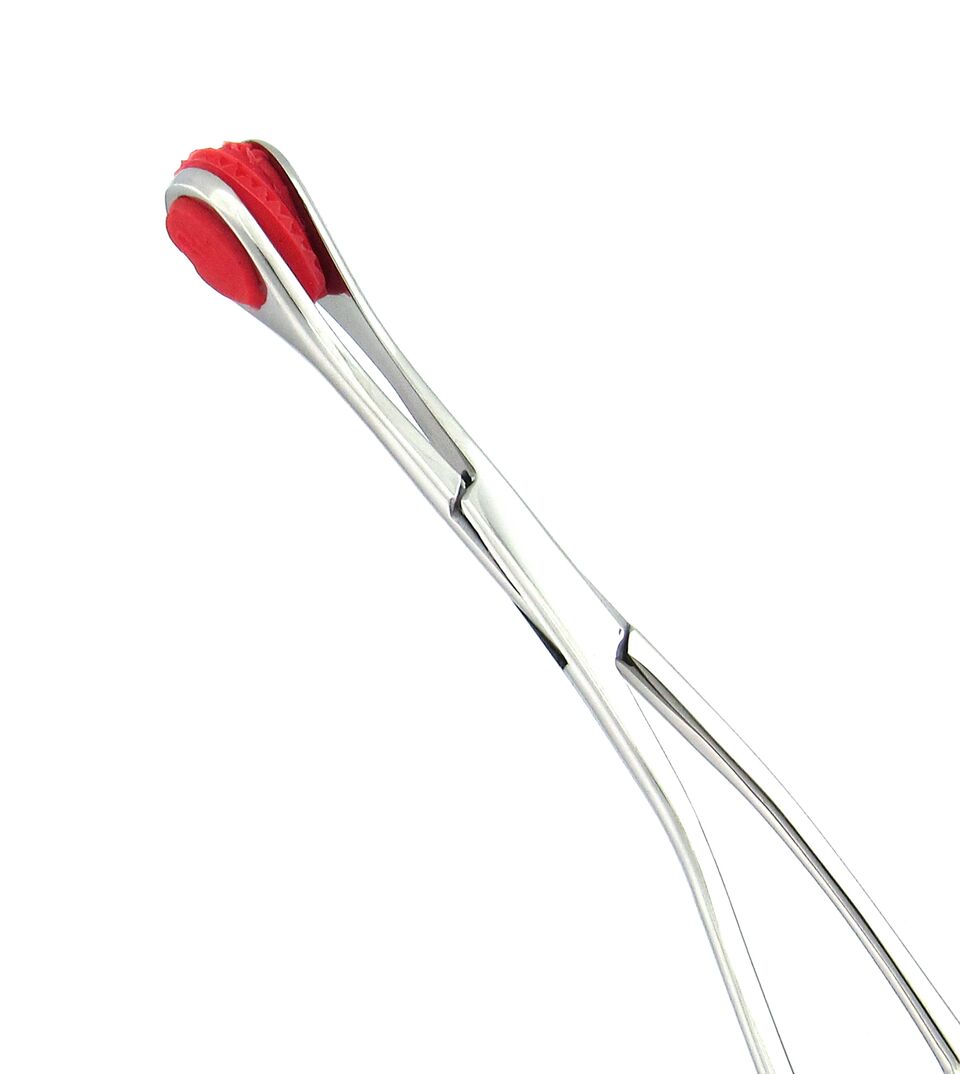 Utility Forceps
Utility Forceps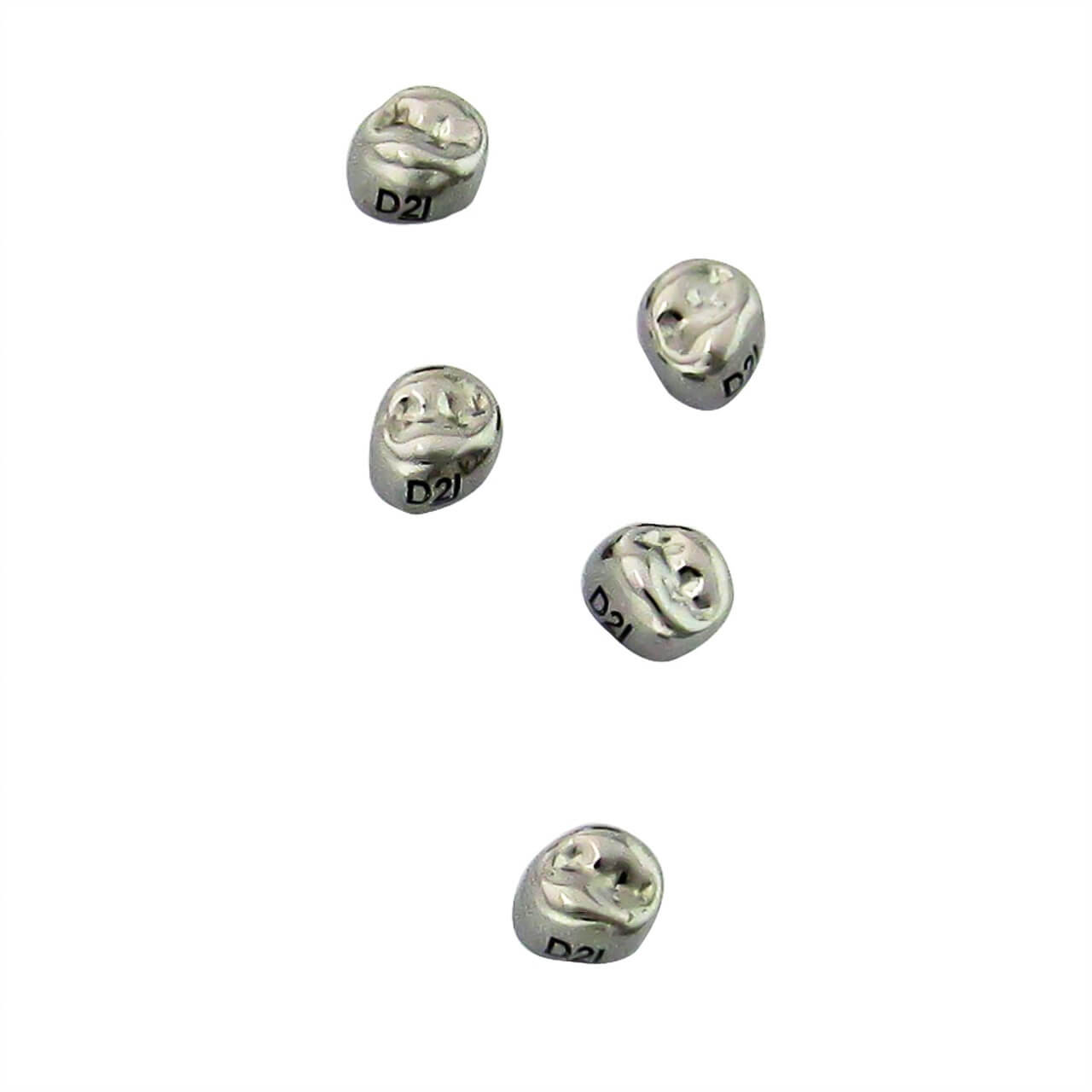 Stainless Steel Crowns
Stainless Steel Crowns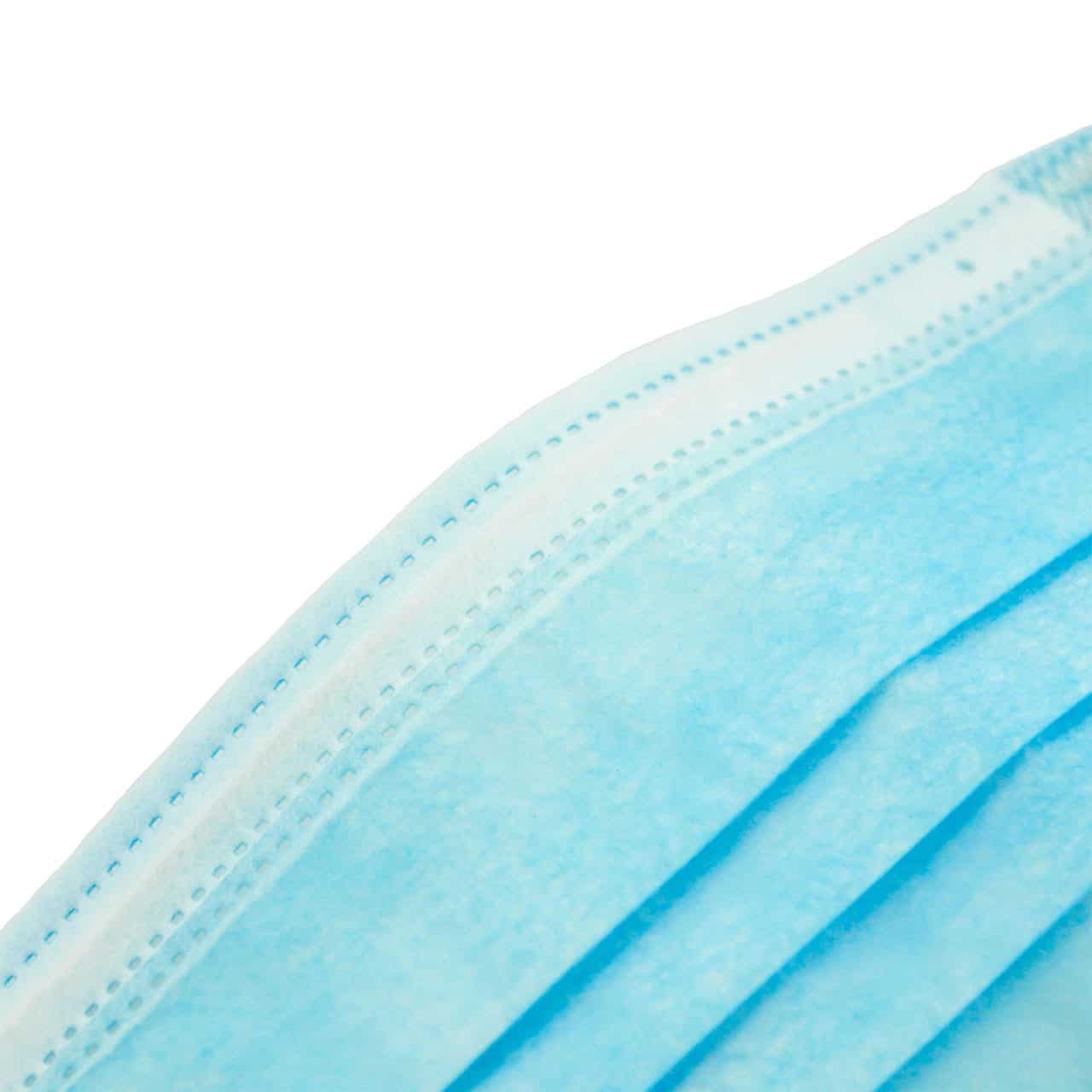 Personal Protective Equipment
Personal Protective Equipment